Last year's Sony RX100 has proven popular with both critics and consumers, becoming the top-selling premium compact camera at various points over the past 12 months.
[Update: The RX100 II (referred to as the DSC-RX100 II by some retailers) has since been replaced by four newer cameras, with the latest being the RX100 VI. However, Sony still keeps all previous models in its RX100-series line-up, and while the RX100 doesn't feature the latest and greatest tech, it's still a great buy if you're on a budget.]
Here on TechRadar it won the title of best premium compact camera, beating the likes of the Canon G15, Nikon P7700 and the Fuji X20. It is unique in the market for now, because it features a one-inch (type) sensor, which is significantly larger than the devices found in similar cameras on the market.
Now, Sony is releasing an RX100 Mark II version of the camera, keeping many of the same specifications but with a few notable improvements. It will be sold at the same time as the original RX100, which Sony says will remain on the market until at least Christmas 2013.
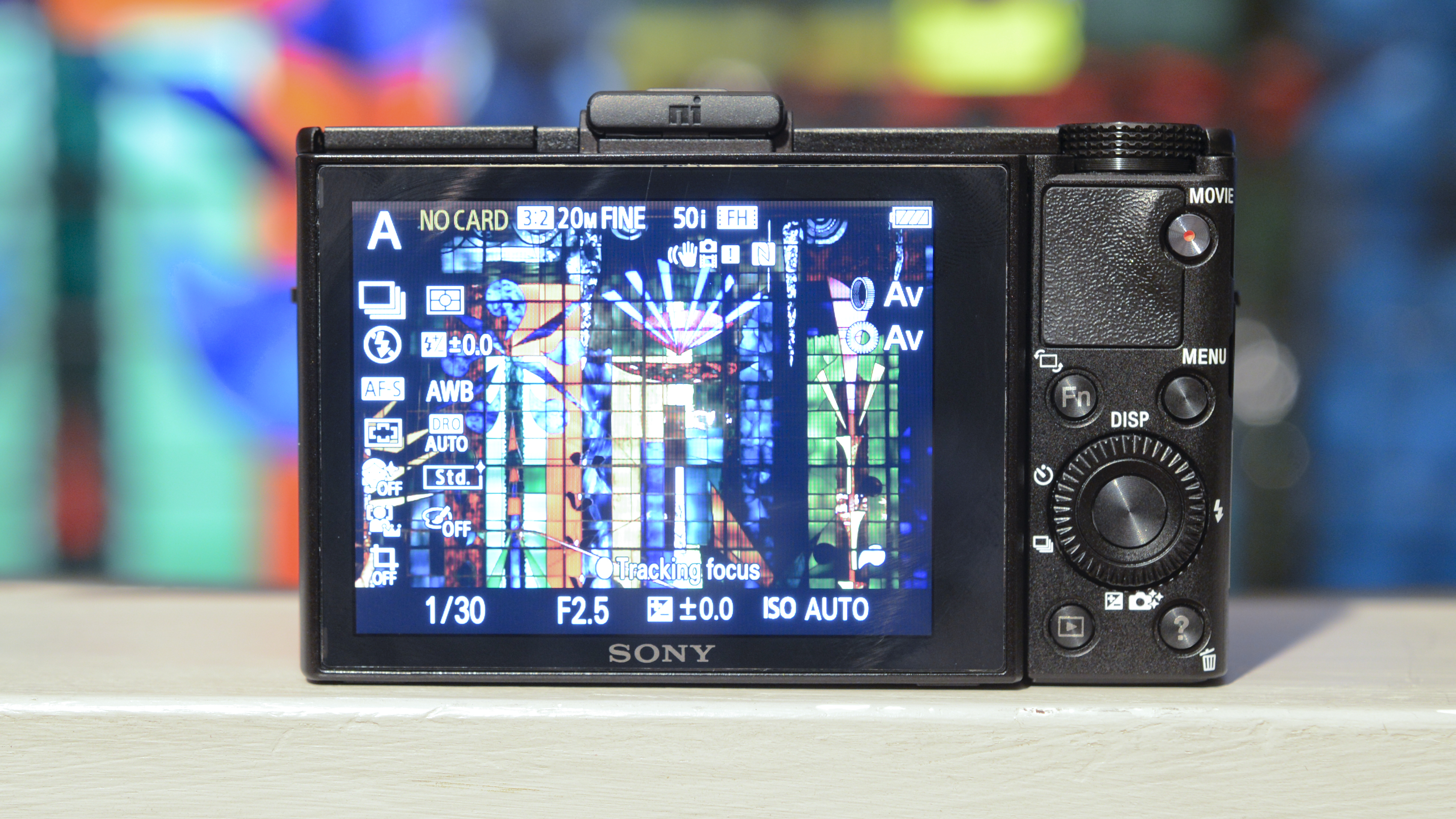
First up is the sensor, which keeps the same 20.2 million pixel resolution and physical size, but is now an Exmor R device, meaning it is backlit. This should make it perform better in lower light conditions. The maximum sensitivity has now also been increased to ISO 12,800.
The camera keeps the same 3.6x optical zoom Carl Zeiss lens, which offers an equivalent focal length of 28-100mm (in 35mm format) and a maximum aperture at the wide angle of f/1.8. Sony tells us that it was important to keep the f/1.8 specification in particular, since this was an especially popular feature.
One of the most significant changes to the build of the body of the camera is the screen, which keeps the same 3-inch size and 1,229k dot high resolution, but now tilts both upwards and downwards for shooting at awkward angles. Anyone who was hoping Sony would include a touchscreen on the RX100’s successor will be disappointed, because the company is still electing not to include one.
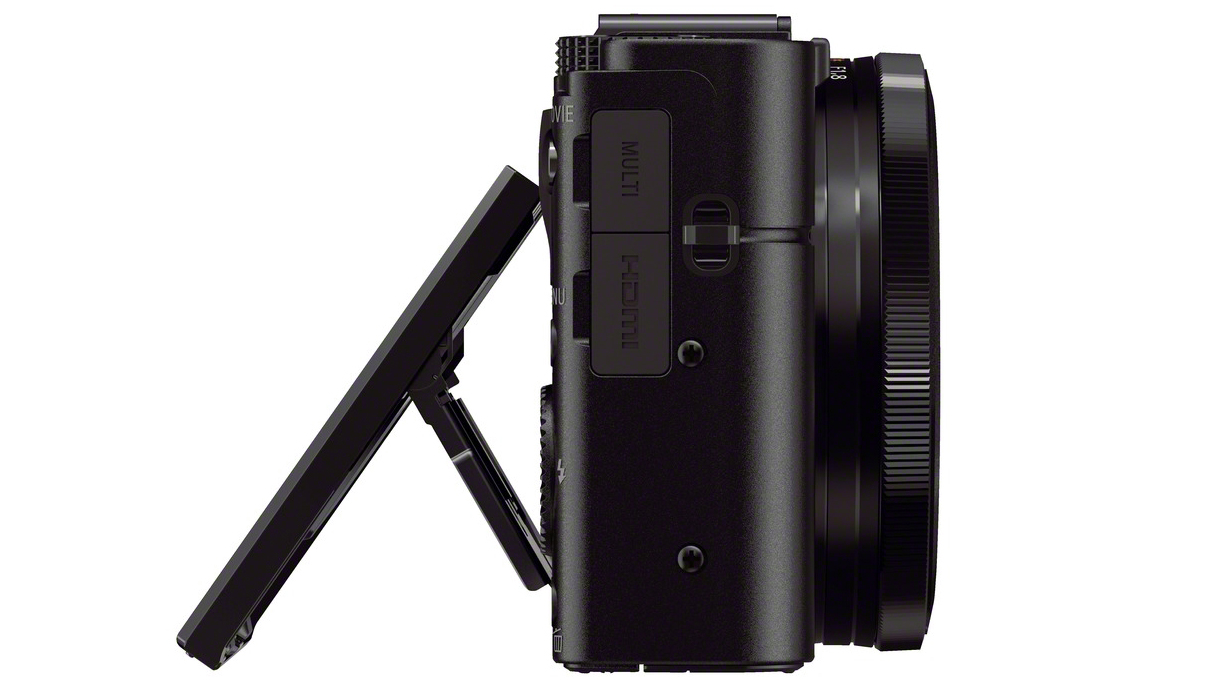
In terms of usability, the new camera’s biggest upgrade is probably the addition of Wi-Fi connectivity. This is also the first Sony compact camera to feature NFC connectivity, which is something that’s becoming increasingly popular. Both these features mean you can control the camera remotely via a smartphone or tablet, as well as download your images to your device.
One of the criticisms of the first Sony RX100 was that it lacked a hotshoe or port, meaning you couldn’t attach accessories such as a viewfinder or microphone. Sony has rectified this by including the same Multi Interface Shoe as found on other Sony cameras in its NEX and Alpha ranges.
The sticking point of this camera will of course be the fact that these improvements come at a price premium. Whereas you can currently pick up the original Sony RX100 for around £450 / US$ 650 / AU$ 680, the Sony RX100 Mark II price will be much steeper, at £650 (around US$ 1,000 / AU$ 1,100). Hopefully, prices will come down once it hits the market.
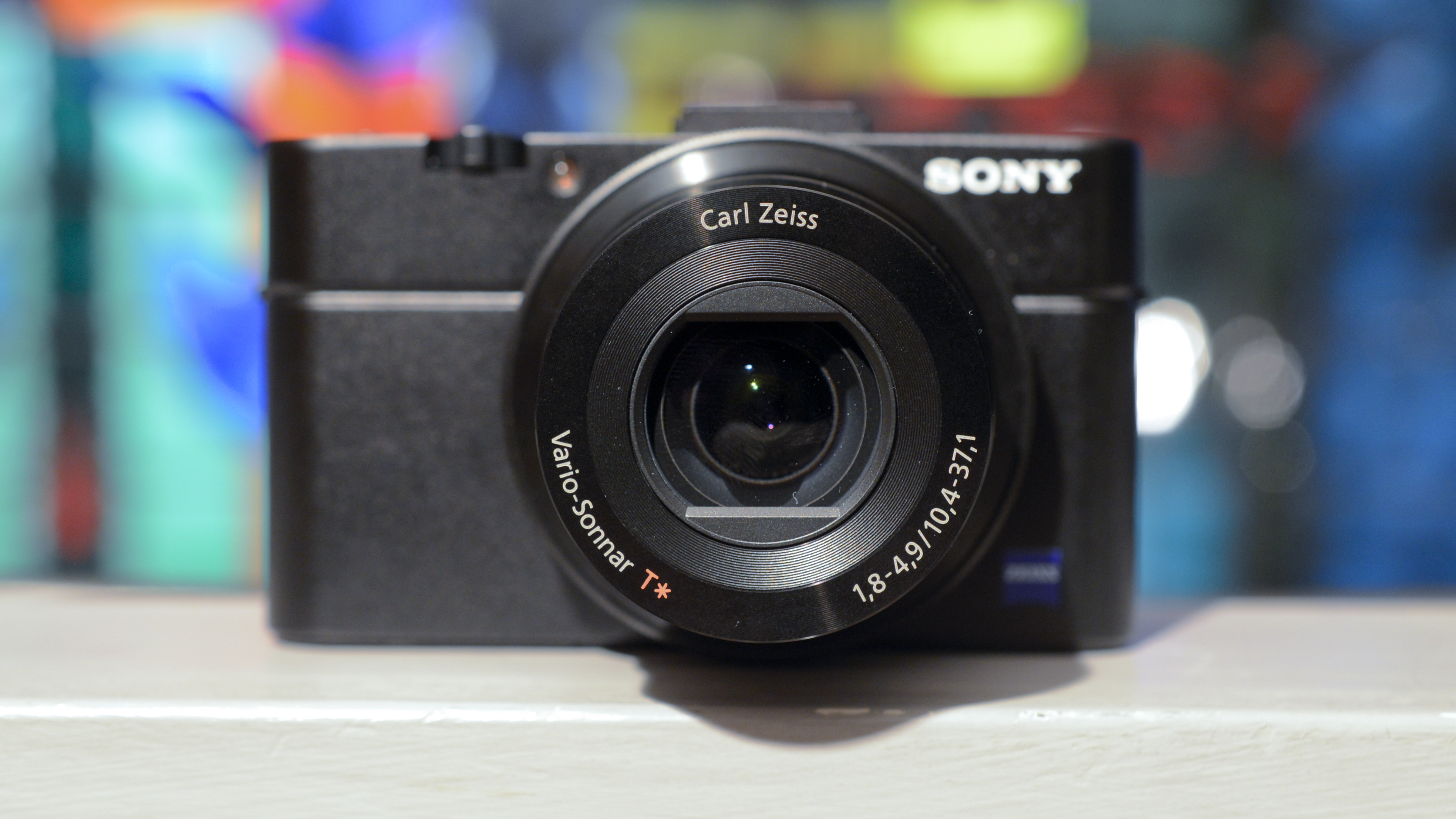
The number of premium compact cameras now on the market is fairly high, with pretty much every manufacturer offering some kind of option. The Sony RX100 II therefore has a good number of competitors, but it is probably most closely matched by the Panasonic LF1 or Olympus XZ-2.
Of course it actually has the same size sensor as found on the Nikon 1 interchangeable lens system, so it’s also somewhat a competitor for those cameras, albeit without the ability to change lenses.
Its small size and zoom lens mean that it sits below the ultra-premium APS-C and full-frame compact cameras currently on the market, including the Ricoh GR, Nikon Coolpix A, Fujifilm X100S and Sony’s own RX1.
Much of the Sony RX100 Mark II’s design and usability is exactly the same as the original Sony RX100, as you might expect.
It’s a sleek offering, fitting neatly into a pocket or bag, without too many protrusions adding to the size, despite the large sensor size. It’s around the same size as the Panasonic LF1 or Olympus XZ-10, which both feature much smaller sensors.
The metal chassis helps to give the camera a sleek appearance. Although there’s no grip on the front of the camera, it still feels pretty sturdy in the hand, while a small grip on the back of the camera is a good place to rest your thumb.
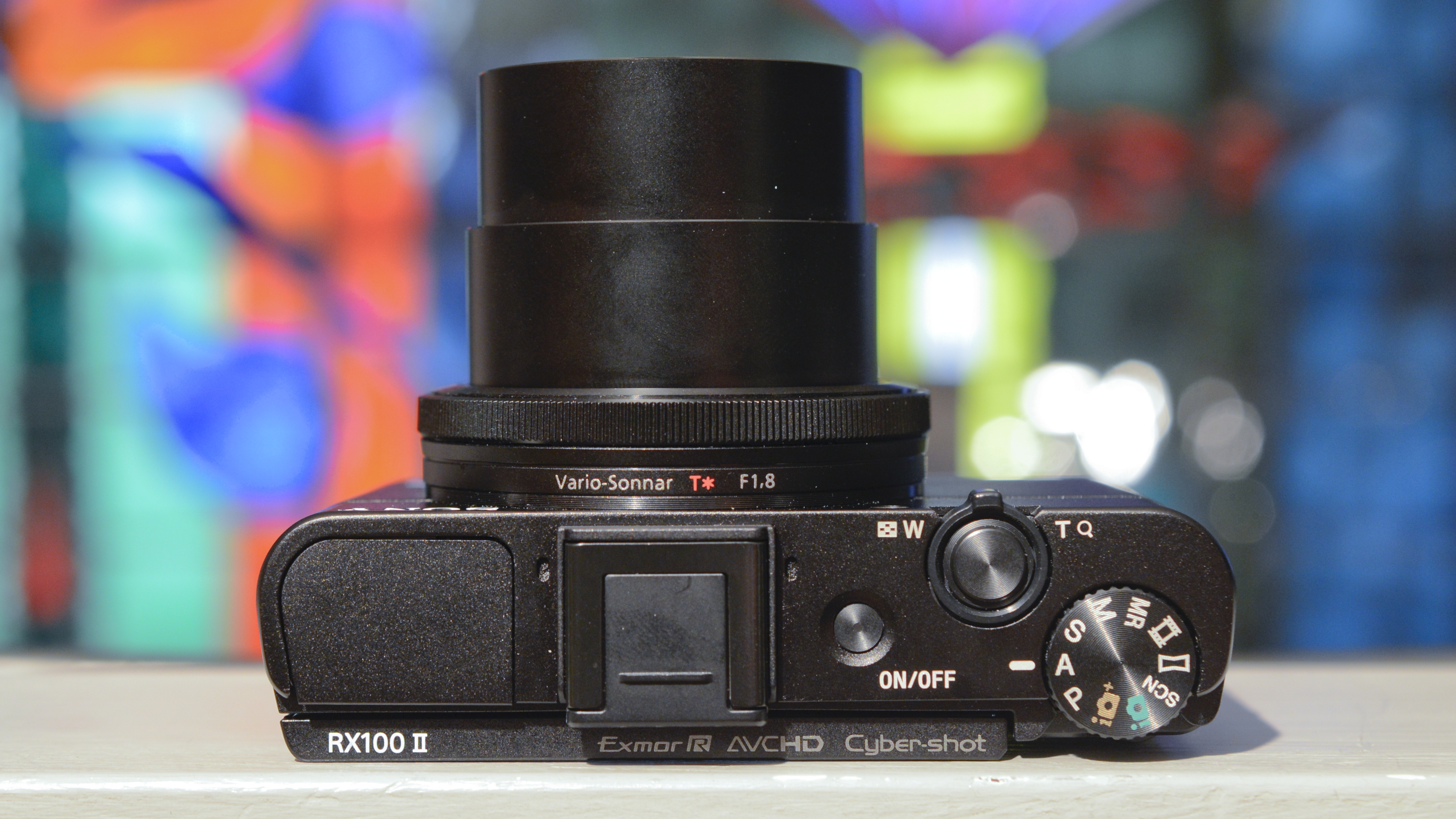
On top of the camera is a mode dial for switching between the various modes available on the camera, including fully automatic, panoramic mode, and P/A/S/M modes. Handily, there is also a slot labelled MR for “memory recall”, which can be used to store a group of settings that you use frequently, such as monochrome, or high ISO.
As with the Sony RX100, the Sony RX100 Mark II is equipped with a 3.6x optical zoom lens, which feels sturdy when extended. It is operated via a traditional switch around the shutter release. Zooming is smooth and fluid, quickly reaching the maximum focal length and retracting back again when you need it.
The back of the Sony RX100 Mark II sees a fairly wide array of different buttons, and as with the Sony RX100 and some other Sony cameras, most of these are customisable depending on how best you like to use the camera.
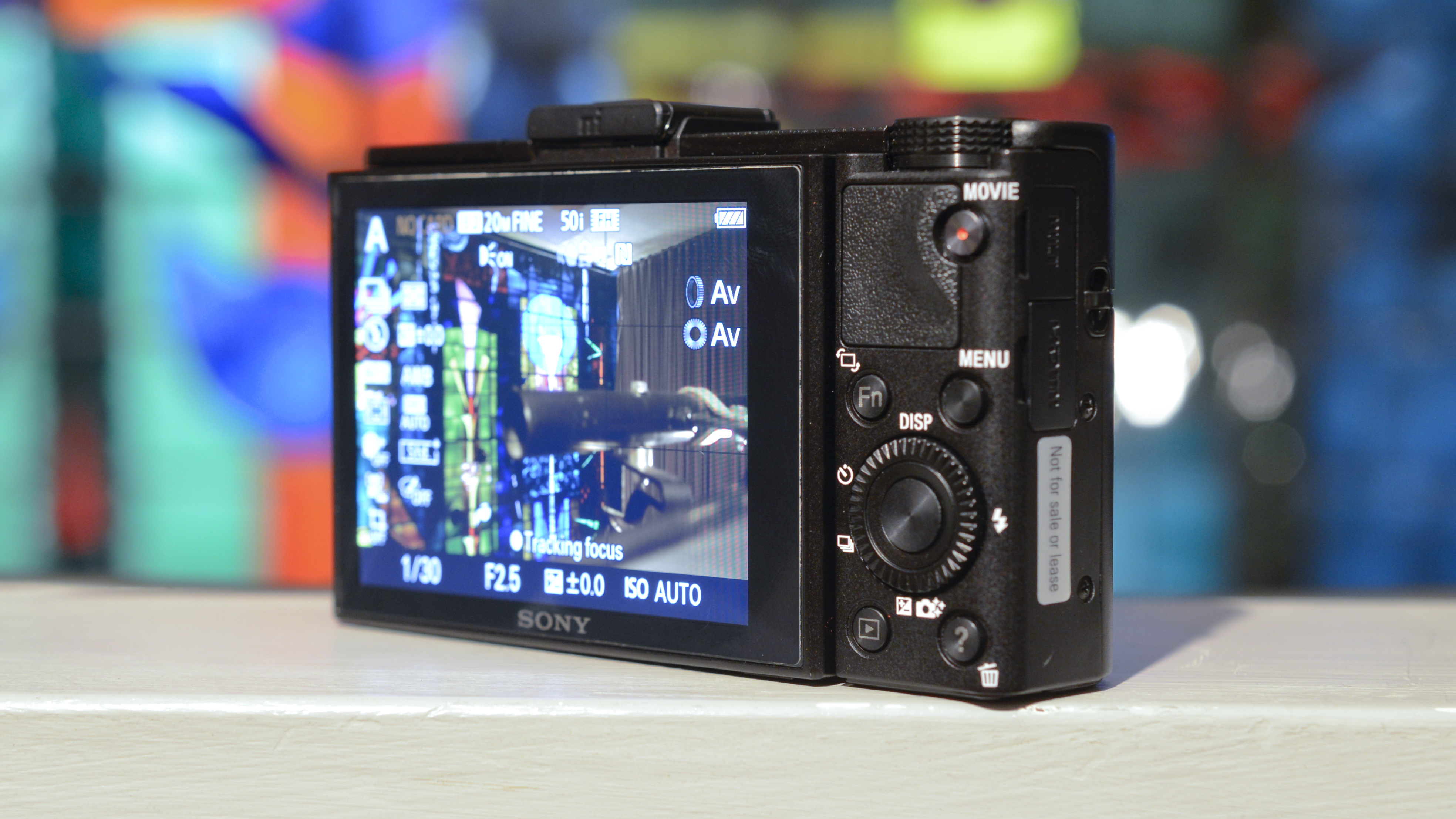
There’s a scrolling dial on the back of the camera too for altering parameters such as shutter speed or aperture, depending on the mode you’re in.
A function button activates a sort of quick menu, which can also be customised via the main menu. Here you can assign up to seven different types of setting, such as ISO range, digital filters and so on that can be quickly accessed via this button, rather than requiring a delve into the extensive menu.
Although there doesn’t appear to be a dedicated delete button, the question mark button that brings up shooting tips when in shooting mode transforms into a delete button when entering playback mode.
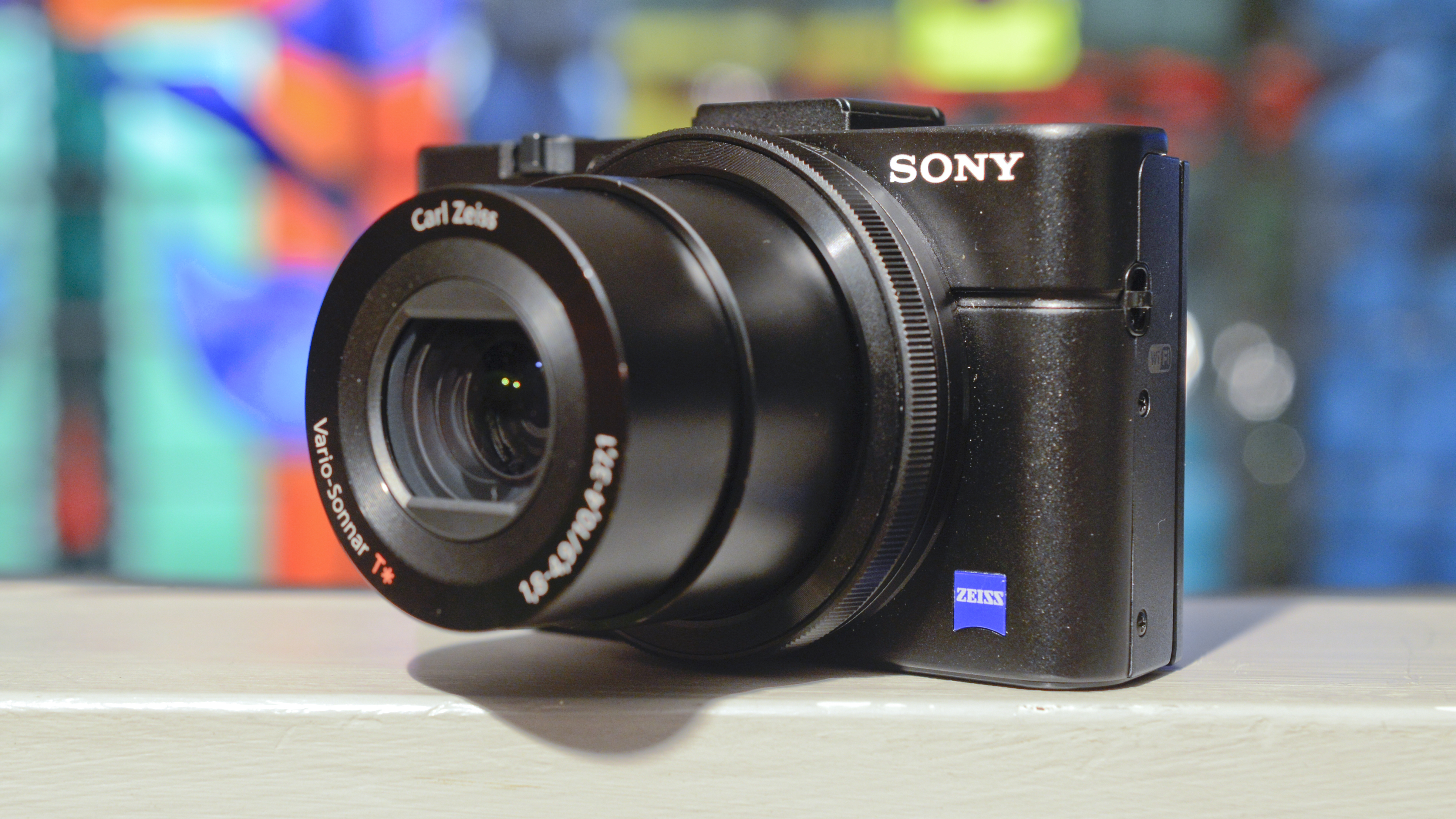
A ring around the lens is also used by default to set the aperture, but again this can be customised to perform another function if you’d prefer. A new addition here is the ability to add a Step Zoom function, that is to have the camera quickly jump between common focal lengths, such as 28mm, 35mm and 50mm simply by rotating the lens dial.
One feature we found particularly useful is the electronic level, which appears on the screen with a couple of presses of the display button. This helps to ensure that horizons are level and is a bonus when lining up your shots.
Including Wi-Fi and NFC on this camera elevates it above the majority of its biggest competitors, aside from perhaps the Panasonic LF1.
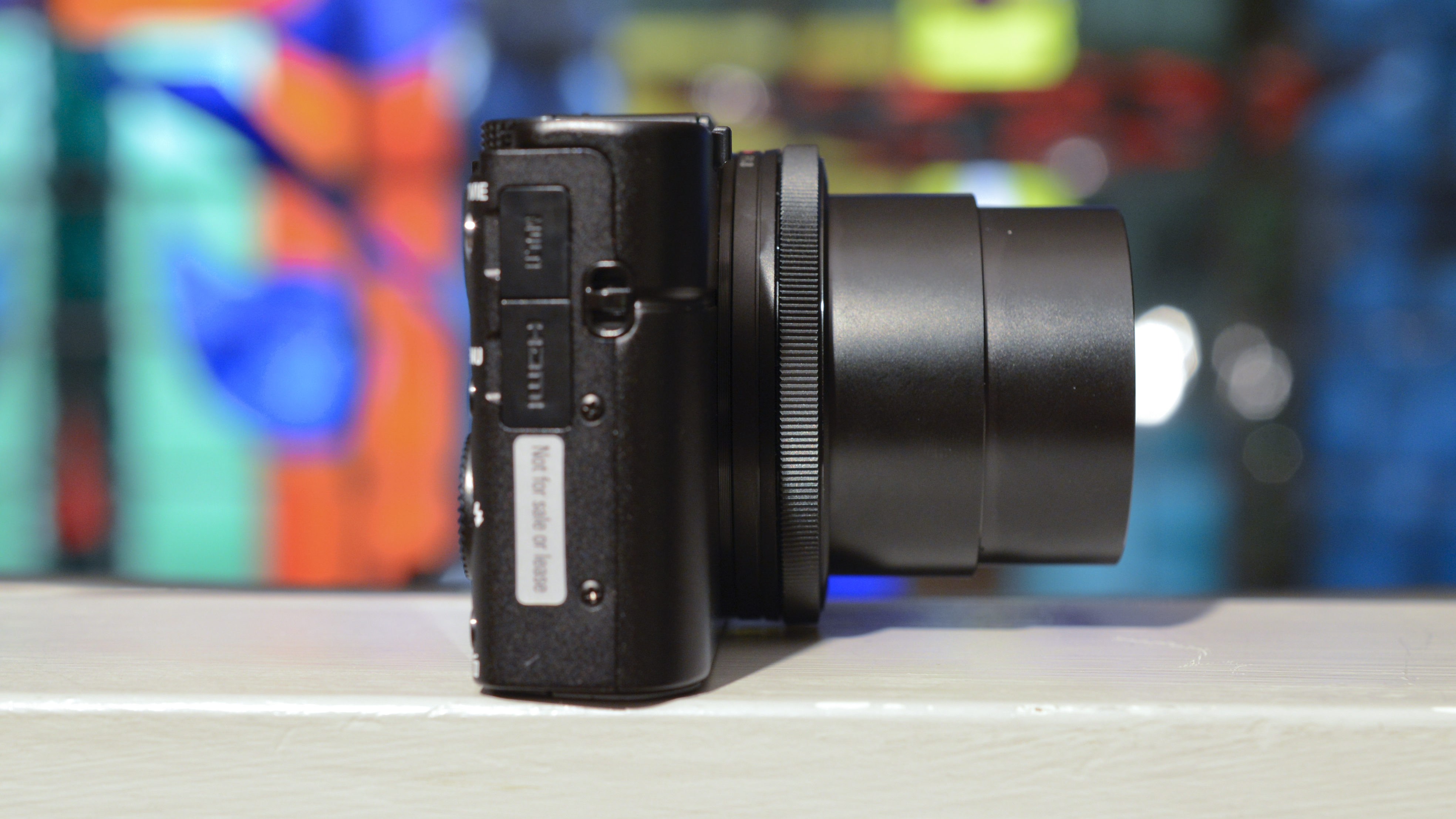
We were able to test out the NFC functionality by pairing it with a Sony Xperia Z smartphone. The camera was able to connect almost instantly.
If you don’t have an NFC-compatible device (iPhones aren’t compatible, for example), then you can still connect in the standard way by entering a password into your smartphone. Although this is a little more tedious than the instantaneous connection of NFC, it’s still relatively quick to set up, and once you’ve done it once you shouldn’t need to do it again.
Via Sony’s own PlayMemories app you can control the camera remotely, although this is very limited functionality – only enabling you to fire the shutter release and activate the zoom mechanism.
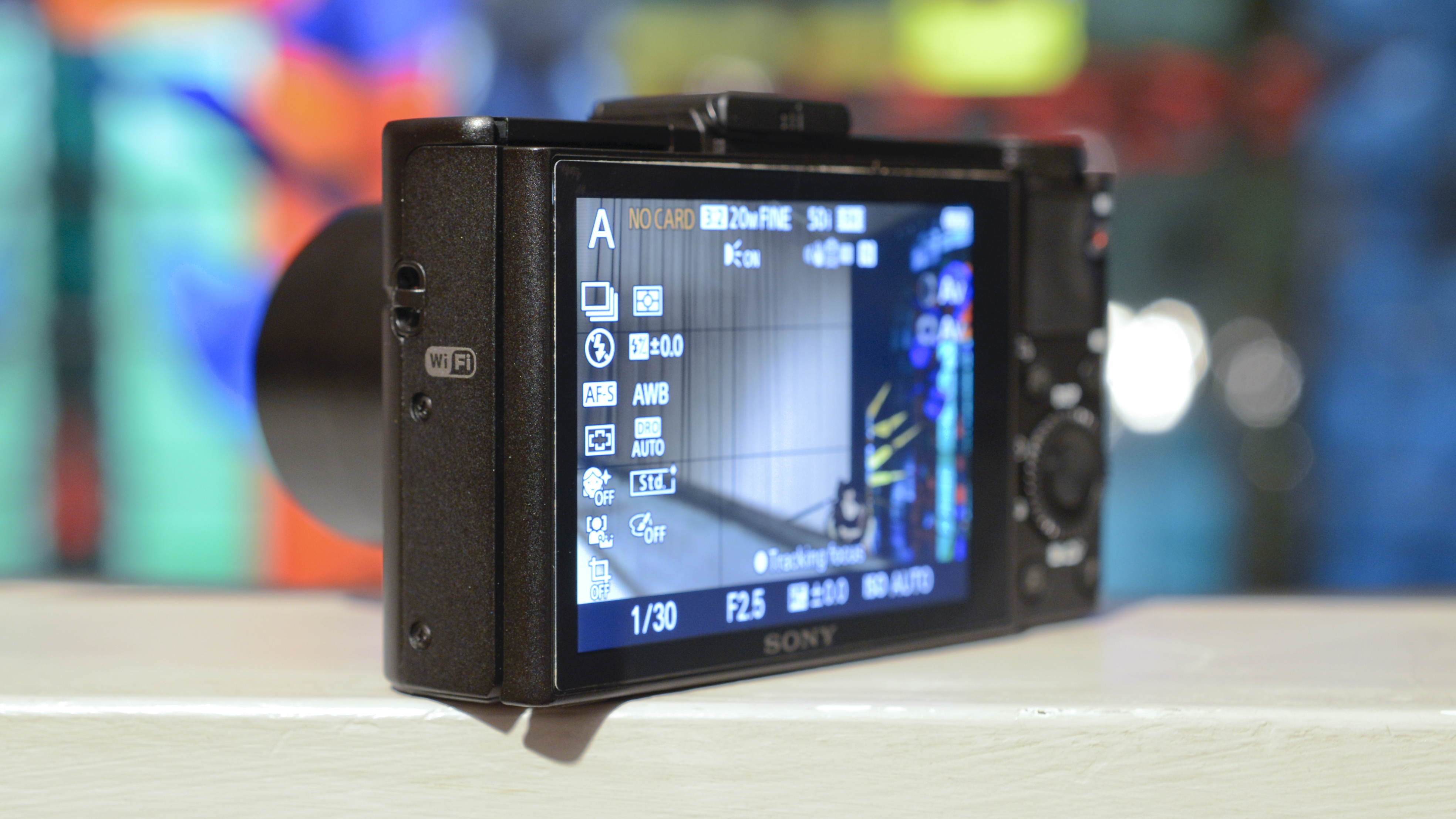
All other parameters, such as aperture and shutter speed, you lose control over. We’d have liked to have seen a more comprehensive amount of control, but perhaps this is something that can be looked at for a future update either to the camera’s firmware or the app itself.
The 3-inch LCD screen, which now tilts, has a high 1.229k dot resolution and makes looking through played back images a joy. Using the tilt screen makes it easier to compose from slightly awkward angles, although it’s less useful when using the camera in portrait orientation.
We found it particularly useful when shooting from the hip, since the screen can be positioned upwards – this makes it ideal for street photography. It also doesn’t suffer particularly badly from glare or reflections, even when using it in bright sunlight.
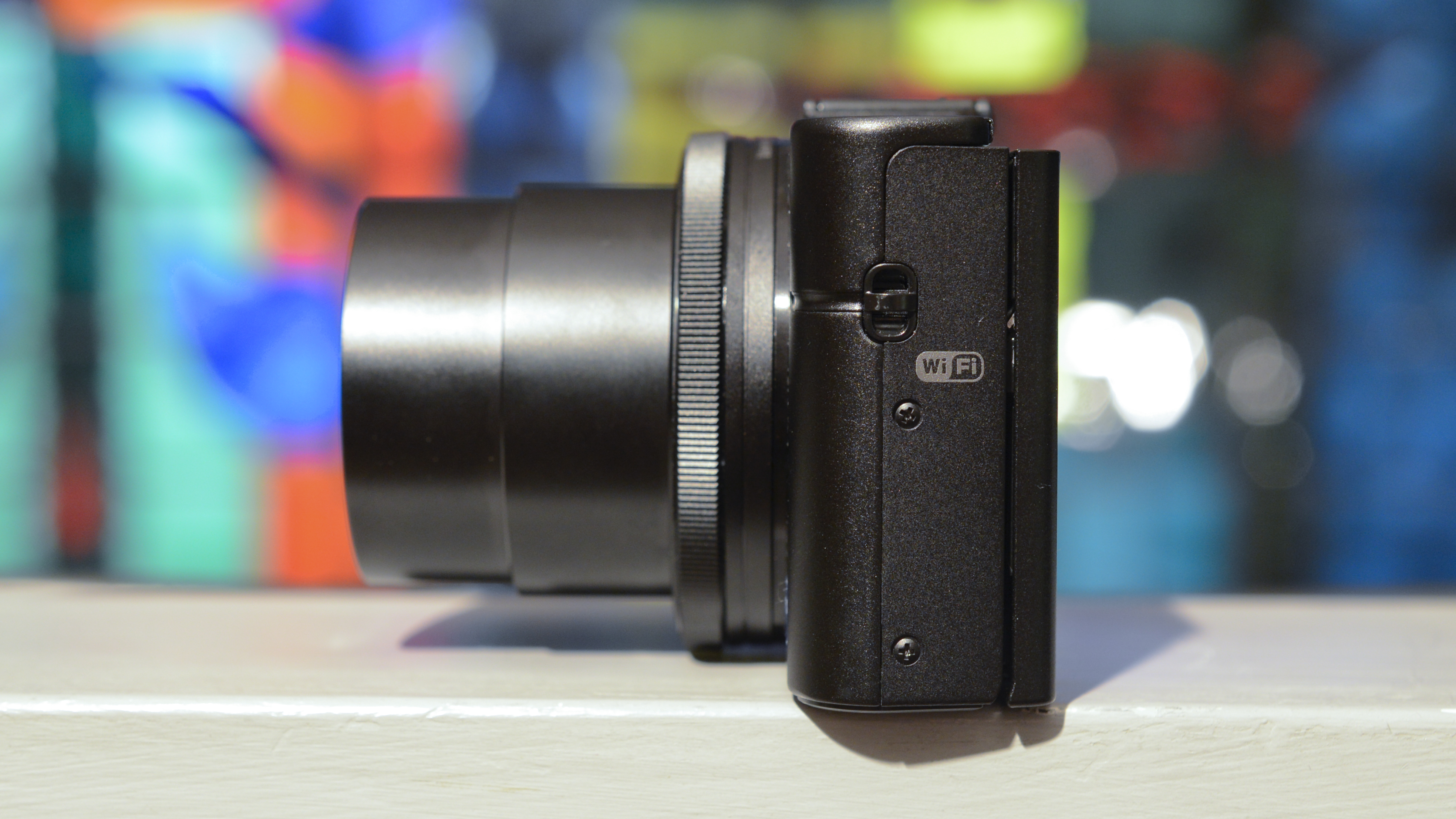
A new addition to the Sony RX100 Mark II is a hotshoe, which enables accessories, such as a viewfinder or external flash to be added to the camera. Although it doesn’t have an inbuilt viewfinder, like the Panasonic LF1, the fact that you can add one is a bonus if you desire one. As it’s a multi-interface hotshoe, it’s compatible with a wide range of accessories.
One of the most appealing aspects of cameras such as this is the ability to shoot in raw format. However, Sony remains stubbornly committed to not allowing certain functions to be shot in raw format, including digital filters and Clear Image zoom.
While it’s not a huge problem, it means that not only are you stuck with a digital filter, it also requires a pretty tedious dive into the main menu to switch raw format off to get back to where you were in the first place.
We were extremely impressed with the performance of last year’s Sony RX100, so when we heard about the new specifications for the Sony RX100 Mark II, we were pretty excited to put it to the test.
The new backlit sensor promised to deliver better images in low light, while we were already pretty confident that the level of detail and colour would be good. Happily, we have not been disappointed by what the camera can achieve.
Like its predecessor, colours are bright and punchy without being excessively saturated, while detail from the 20.2 million-pixel sensor is fantastic. There’s little evidence of image smoothing, especially at lower sensitivities, even when zooming in to 100%. While noise creeps in – as you’d expect – from mid-range sensitivities, detail is still maintained impressively.
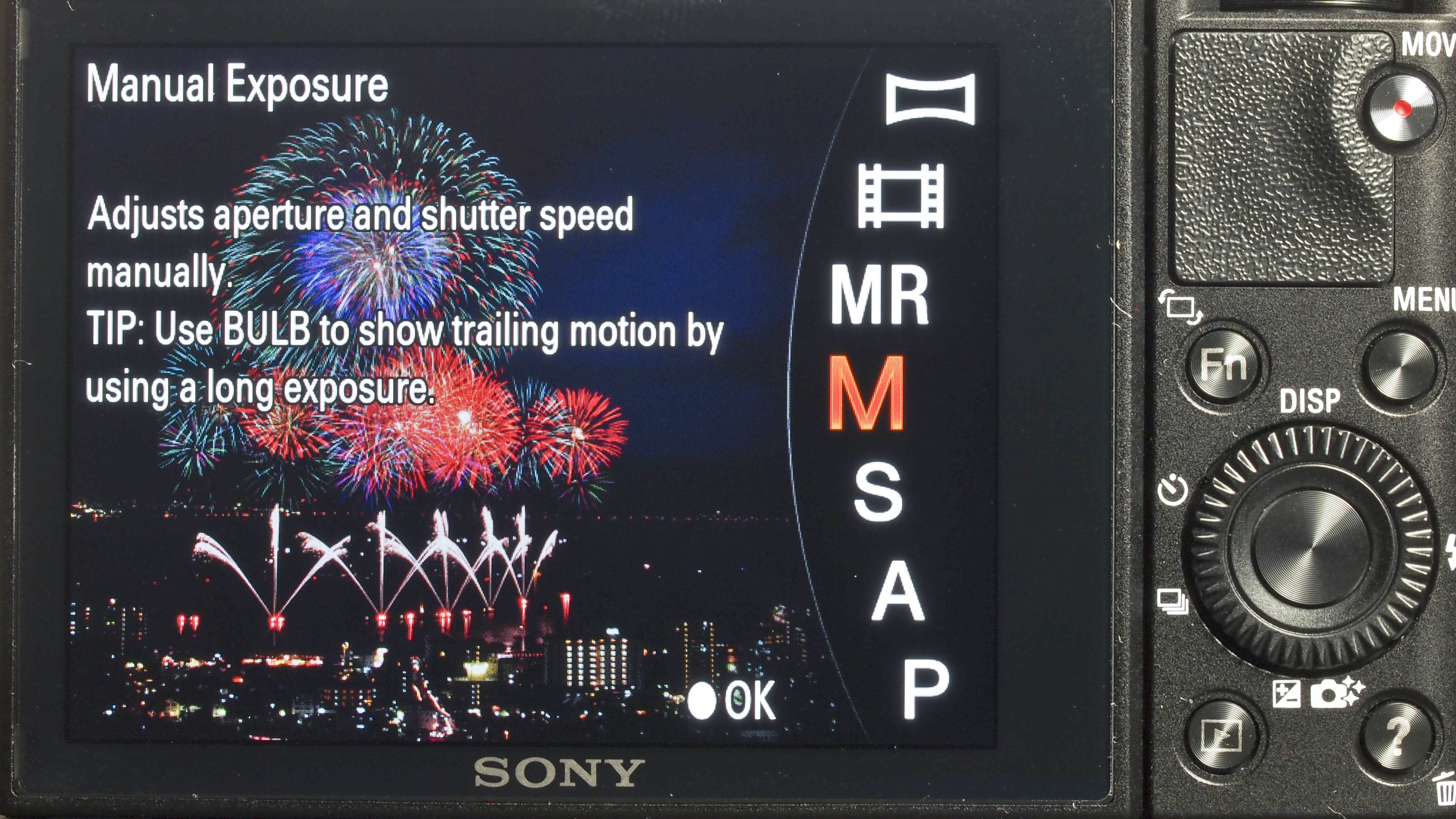
The automatic white balance system does a great job of reproducing accurate colours, even in situations where the light is mixed. Under artificial lighting, the Sony RX100 Mark II errs slightly towards warmer tones, but you can change to a more appropriate white balance setting if it’s proving problematic.
Similarly, general purpose metering performs well in the majority of situations, to provide well balance exposures. It is helped by Dynamic Range Optimiser, something that was originally found on Sony’s range of DSLTs but was also included on the Sony RX100 last year. It works by analysing a scene for areas of dark and light and adjusting the exposure accordingly.
On the Sony RX100 Mark II, as with its predecessor, this works well on automatic mode to produce natural-looking images that contain plenty of detail in the shadows, without burning out the highlights in brighter areas. You can opt to switch off this mode altogether, or choose from Levels 1-5 (or use automatic). We’d generally recommend leaving it on automatic for the majority of conditions.
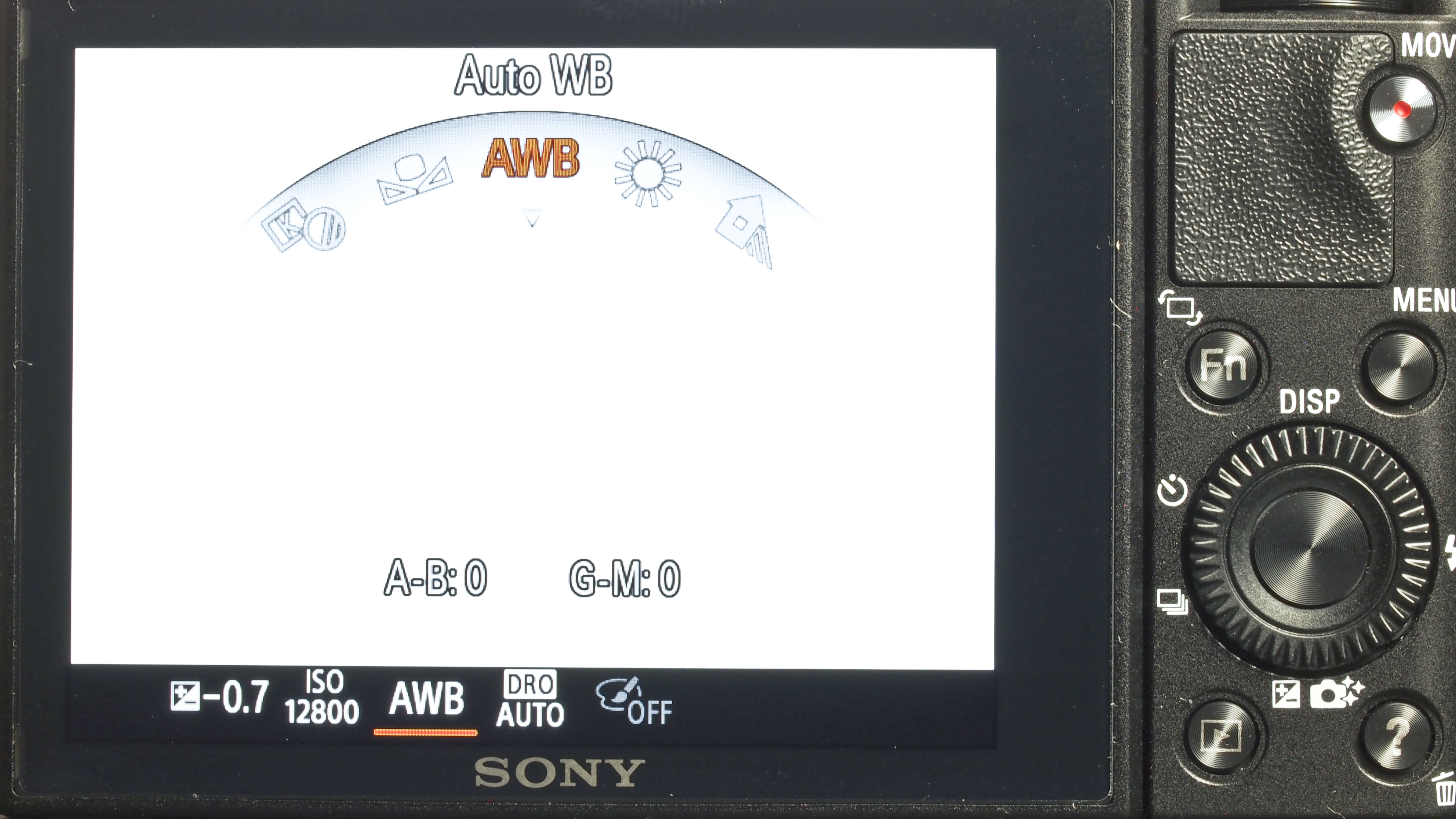
Because the Sony RX100 Mark II has a larger than average (1-inch type) sensor and a lens with a maximum aperture of f/1.8, you can get really creative with shallow depth of field effects. The drop off in focus is very pleasing, with out of focus areas rendered nicely. It would have been nice if Sony could have included an inbuilt ND filter for shooting at wide apertures in very bright light, such as we’ve seen on the Panasonic LX7 and other cameras.
Speaking of the lens, Sony has used the same excellent T* coated Carl Zeiss optic as featured on the original RX100. This produces images with very little evidence of chromatic aberration, ghosting or flare – even when examining images at 100%.
By shooting at mid-range apertures, such as f/8, we can also see how sharp the lens is. Unsurprisingly, as with the original Sony RX100, the Sony RX100 Mark II’s lens is very sharp indeed and produces some excellent results, even to the corners of the frame.
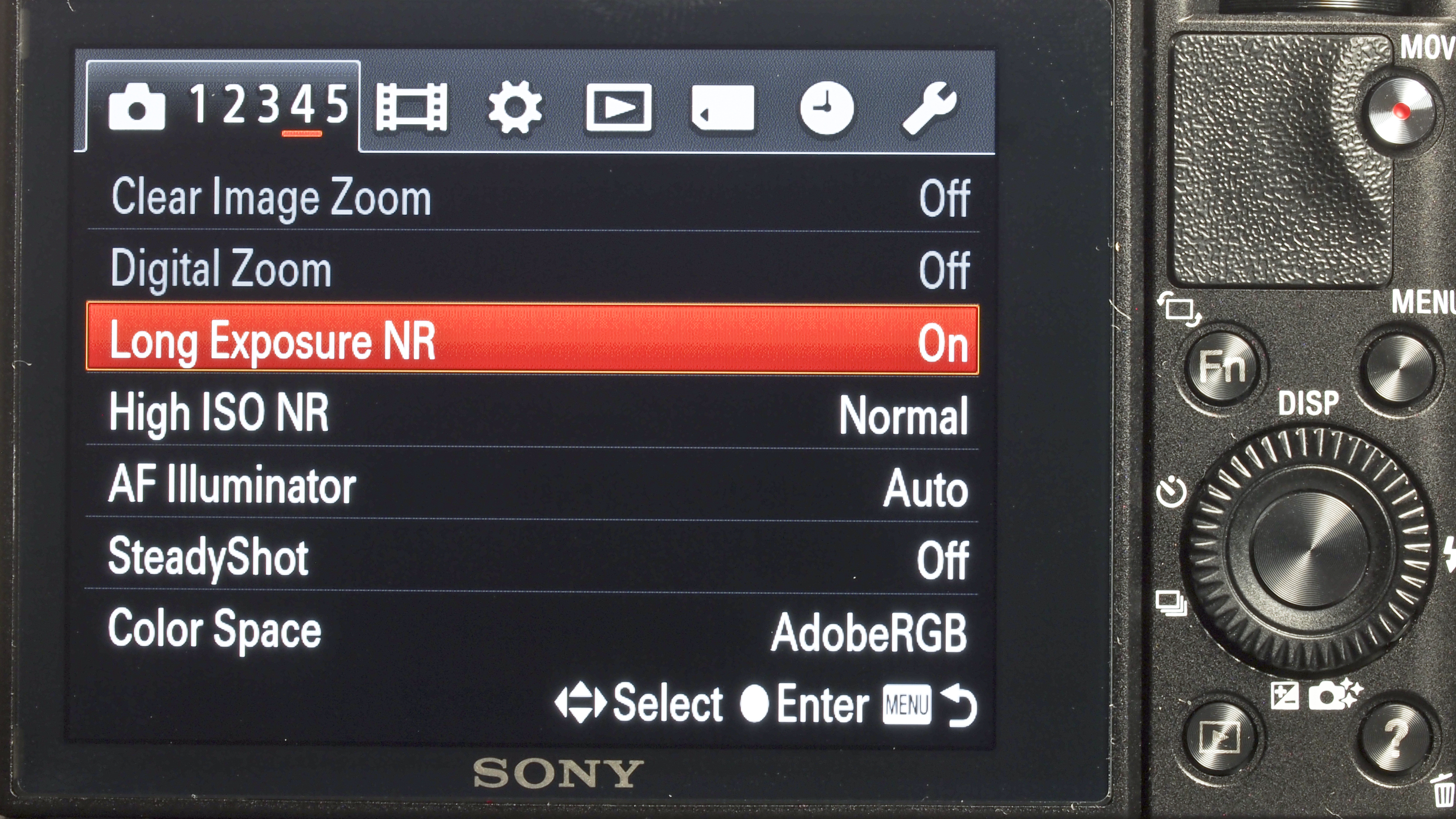
Although the lens only offers a relatively modest 3.6x optical zoom, this can be boosted by using Sony’s Clear Zoom technology. A type of digital zoom, this works to keep the same resolution as the original image, even though it has been cropped in. As with the Clear Zoom function we’ve seen on other Sony cameras, this is an excellent way to get closer to the subject if you need to, particularly if you’re travelling or on holiday, without suffering too much image loss.
Sony promised excellent low light performance, and we’re pleased to say that it has really delivered with the RX100 Mark II. Images taken at high sensitivities are excellent, with detail maintained even at higher speeds such as ISO 1600 and ISO 3200.
Noise does creep in from the mid-range, but it is well-controlled and images are certainly useable at normal printing and web sizes. Of course, with an f/1.8 lens, you may find you don’t need to use higher sensitivities on many occasions.
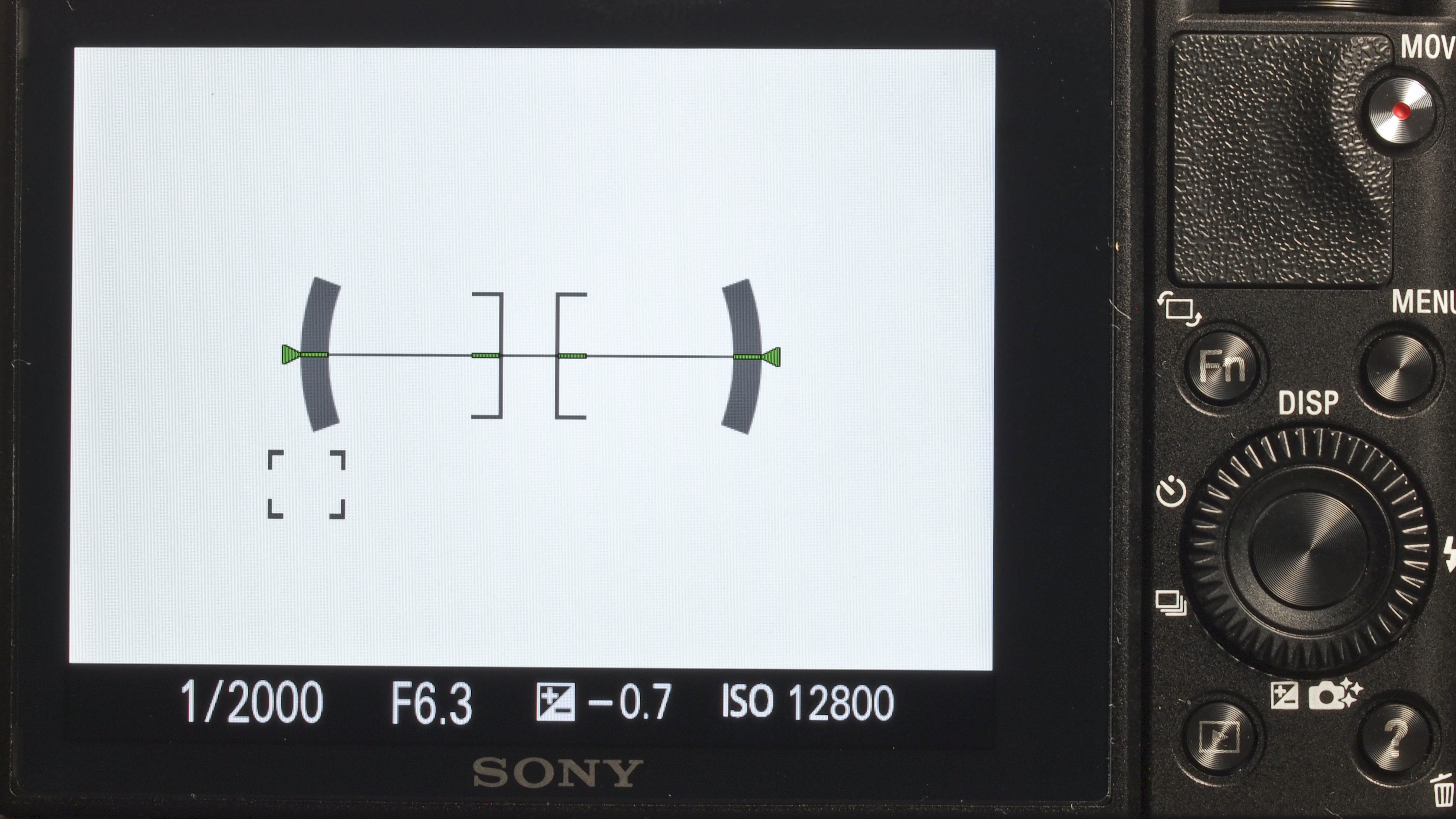
Autofocusing speeds on the original Sony RX100 were excellent, and continue to be so on the Sony RX100 Mark II. Even when the light level starts to drop, the autofocusing is very snappy. Macro focusing is available from as close as 5cm, and while the focusing here is a little slower, it’s still good. It’s nice to have such close focusing available on a camera with a larger sensor – others, notably the Canon G1 X (which admittedly does use a much larger sensor), can struggle with this.
Although primarily aimed at advanced users, the Sony RX100 Mark II does come with fully automatic options. This works well to produce well balanced images, leaving you free to worry about the composition. It does a good job of guessing the scene in front of it, and is a good way to get started with the camera.
Sony has included a huge range of digital filters on the RX100 II. Although there’s nothing new here from the original RX100, it’s still nice to have these available to experiment with. Although a lot of these will be down to personal preference, we’re particularly keen on High Contrast Monochrome and Toy Camera. It’s worth having a play around with them to see what you like.
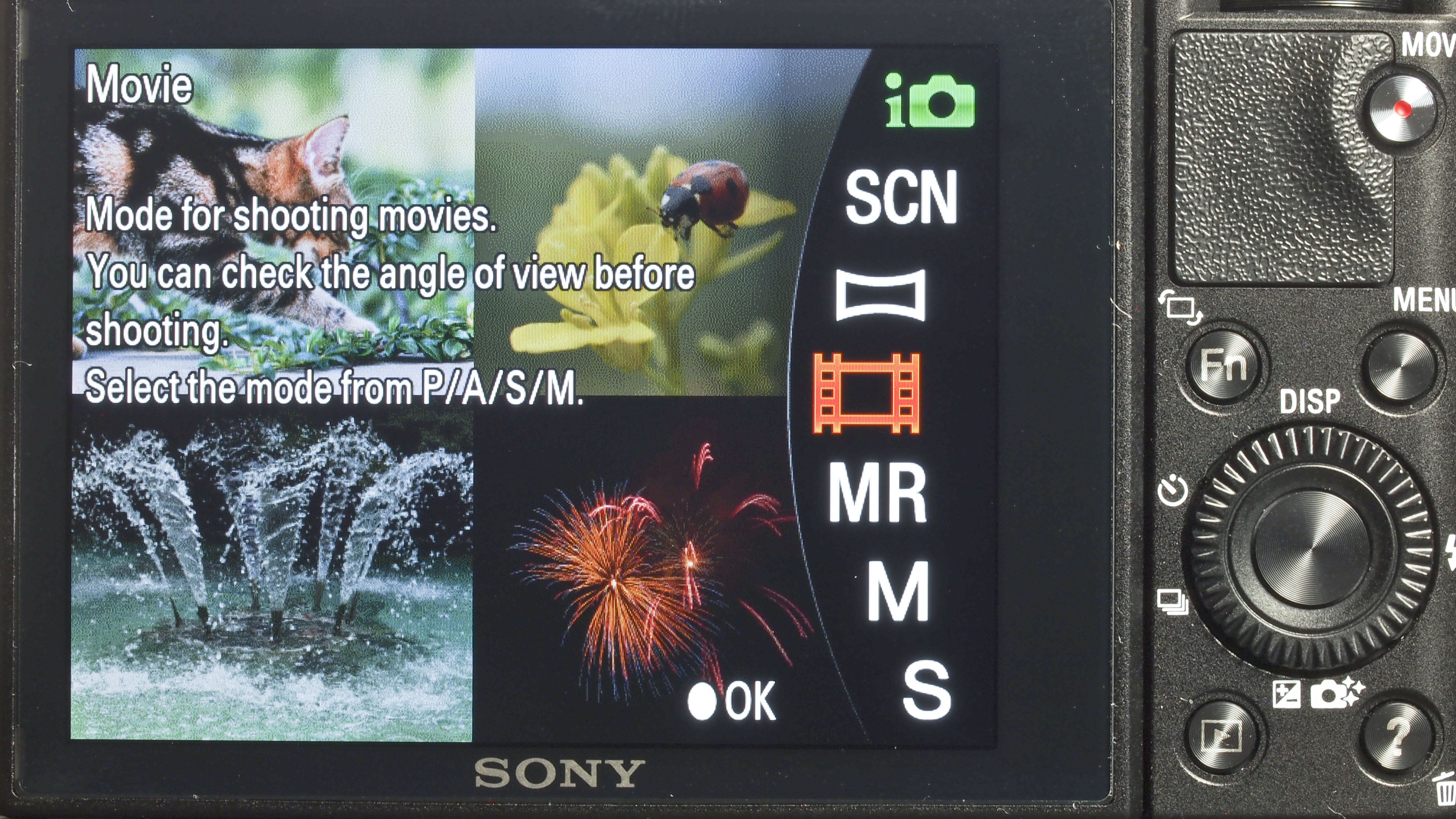
For slightly more flexibility, in terms of raw format shooting you could use one of the Picture Styles, such as Monochrome or Sunset. Shooting these in raw format means that you can keep a “clean” version of the image, should you need it later. Monochrome in particular is rendered very nicely.
Another fun feature is Sweep Panorama. This creates an ultra-wide angle of view by sweeping the camera across the scene. Detail is kept nicely, even when zooming into 100% on the panorama, while there’s very little image smudging as the camera has been brought across the scene.
Sony’s Sweep Panorama is easily one of the best applications of panorama mode currently on the market.
As part of our image quality testing for the Sony RX100 Mark II, we’ve shot our resolution chart.
If you view our crops of the resolution chart’s central section at 100% (or Actual Pixels) you will see that, for example, at ISO 100 the Sony RX100 Mark II is capable of resolving up to around 26 (line widths per picture height x100) in its highest quality JPEG files.
For a full explanation of what our resolution charts mean, and how to read them, check out our full explanation of our camera testing resolution charts.
Examining images of the chart taken at each sensitivity setting reveals the following resolution scores in line widths per picture height x100:
JPEG
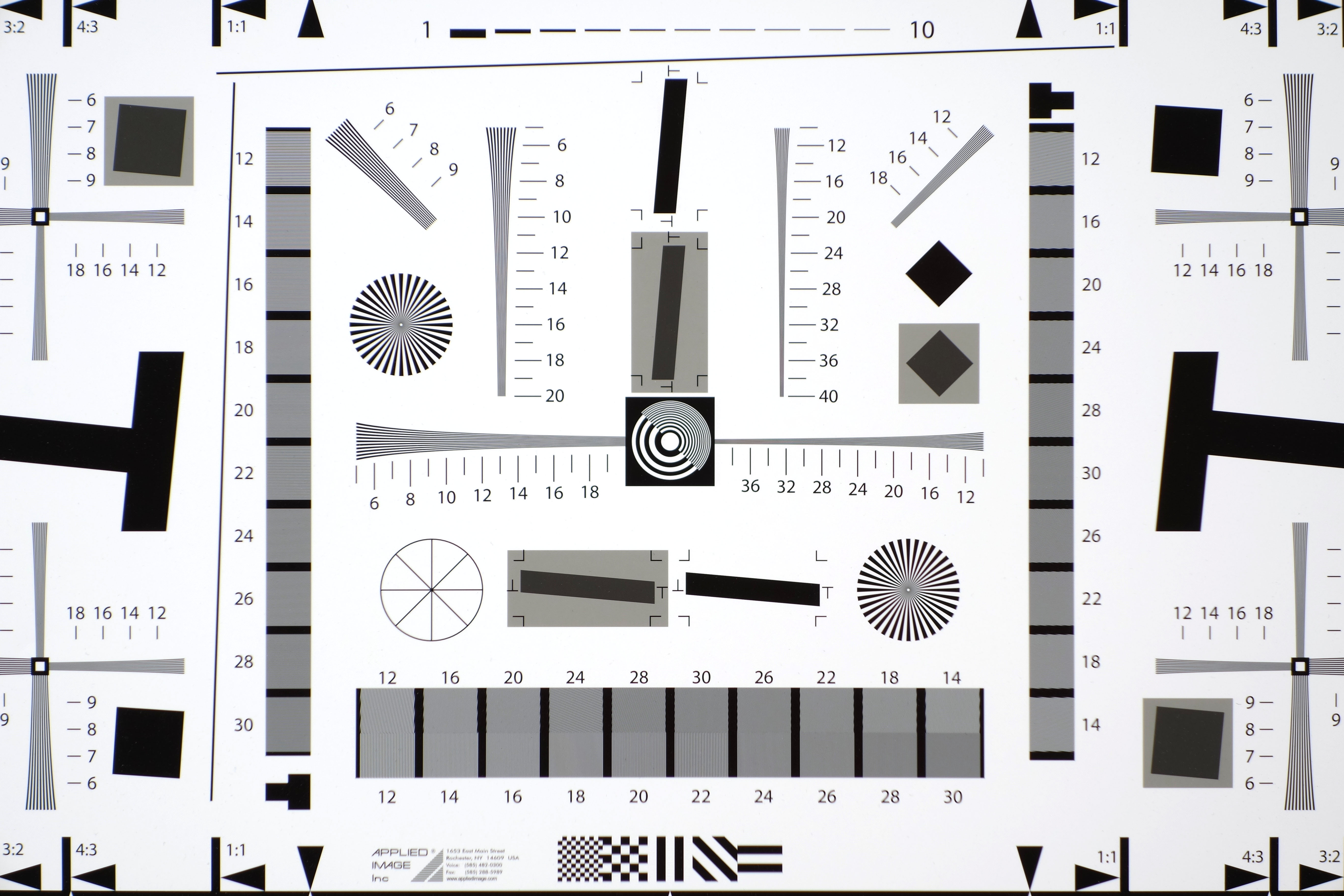
Full ISO 100 image, see the cropped (100%) versions below.
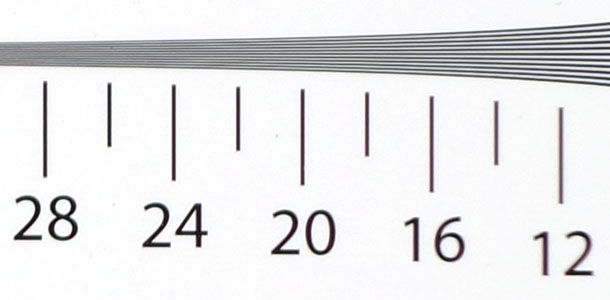
ISO 100, score: 26 (Click here to see the full resolution image)
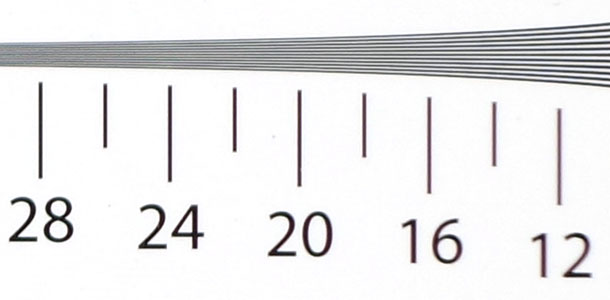
ISO 200, score: 26 (Click here to see the full resolution image)
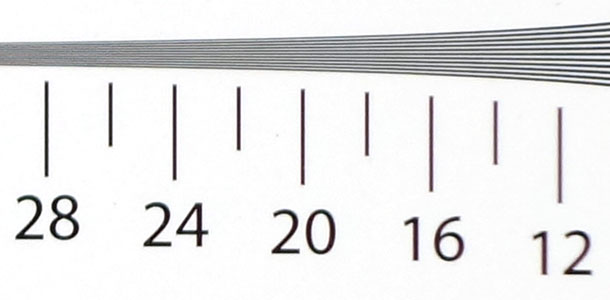
ISO 400, score: 24 (Click here to see the full resolution image)
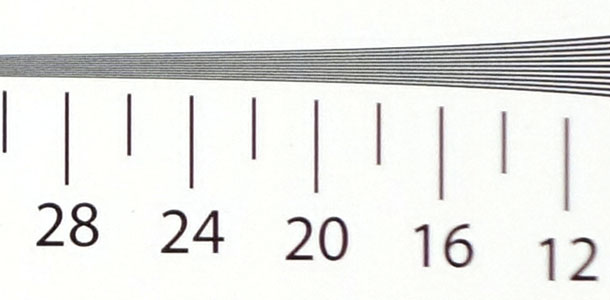
ISO 800, score: 24 (Click here to see the full resolution image)
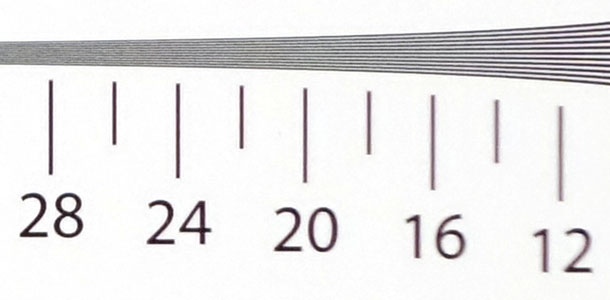
ISO 1600, score: 24 (Click here to see the full resolution image)
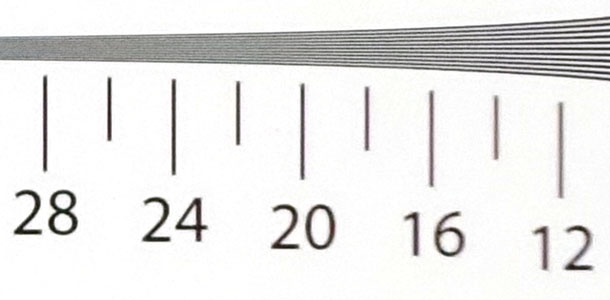
ISO 3200, score: 20 (Click here to see the full resolution image)
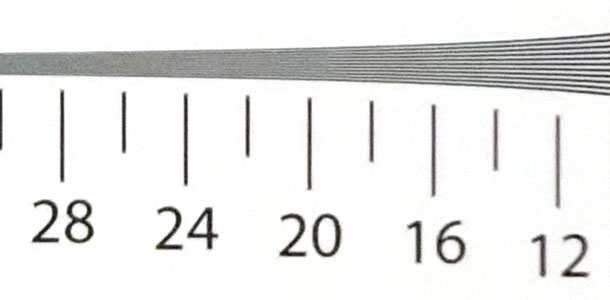
ISO 6400, score: 18 (Click here to see the full resolution image)
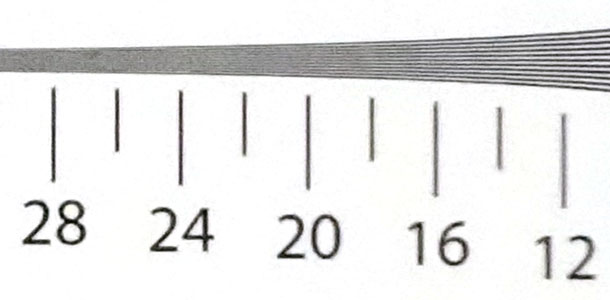
ISO 12800, score: 16 (Click here to see the full resolution image)
Raw
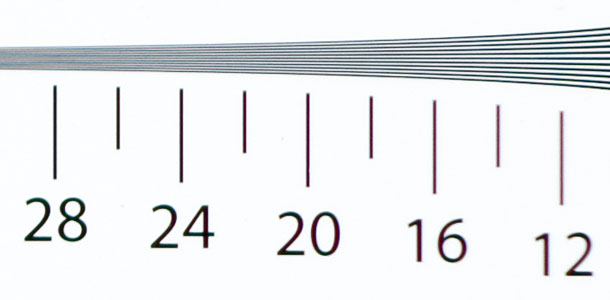
ISO 100, score: 24 (Click here to see the full resolution image)
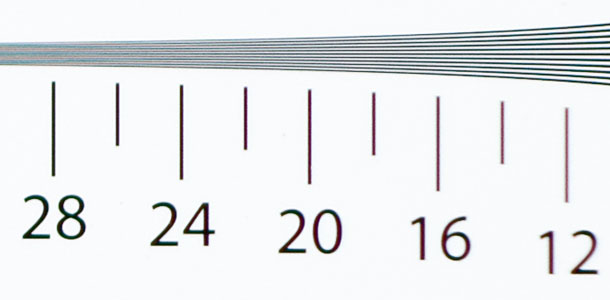
ISO 200, score: 24 (Click here to see the full resolution image)
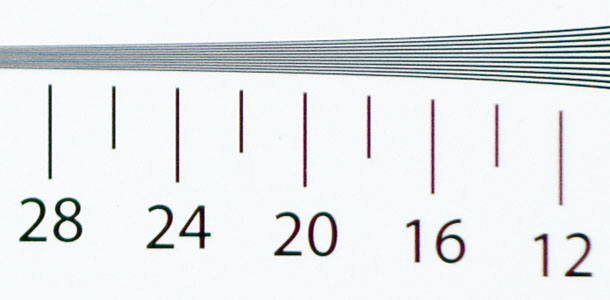
ISO 400, score: 24 (Click here to see the full resolution image)
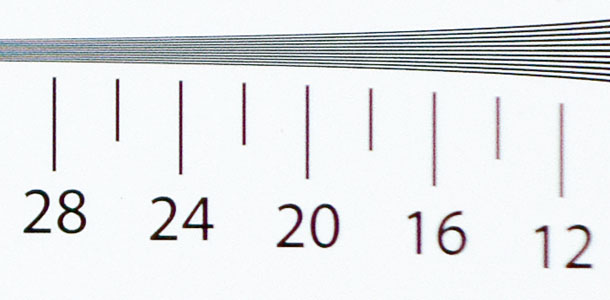
ISO 800, score: 24 (Click here to see the full resolution image)
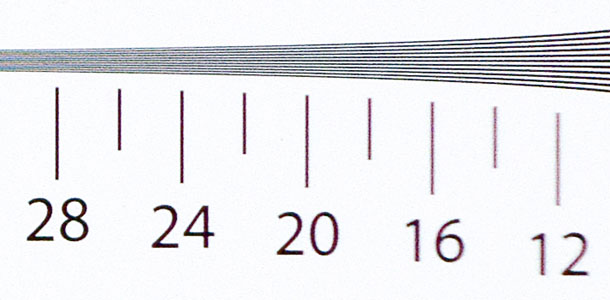
ISO 1600, score: 24 (Click here to see the full resolution image)
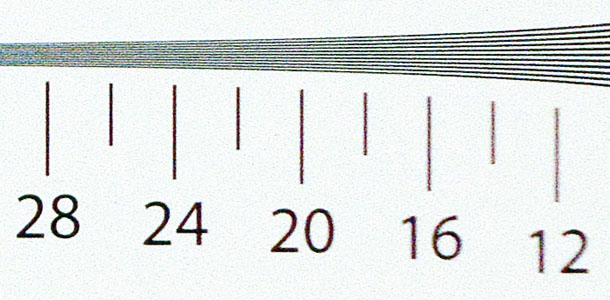
ISO 3200, score: 22 (Click here to see the full resolution image)
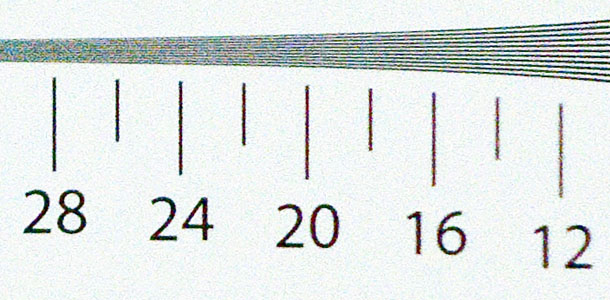
ISO 6400, score: 18 (Click here to see the full resolution image)
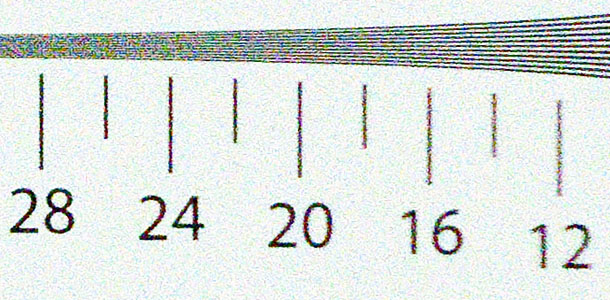
ISO 12800, score: 16 (Click here to see the full resolution image)
We shoot a specially designed chart in carefully controlled conditions and the resulting images are analysed using DXO Analyzer software to generate the data to produce the graphs below.
A high signal to noise ratio (SNR) indicates a cleaner and better quality image.
For more more details on how to interpret our test data, check out our full explanation of our noise and dynamic range tests.
Here we compare the Sony RX100 Mark II with the Panasonic LF1, Sony RX100 and Canon G15.
JPEG signal to noise ratio
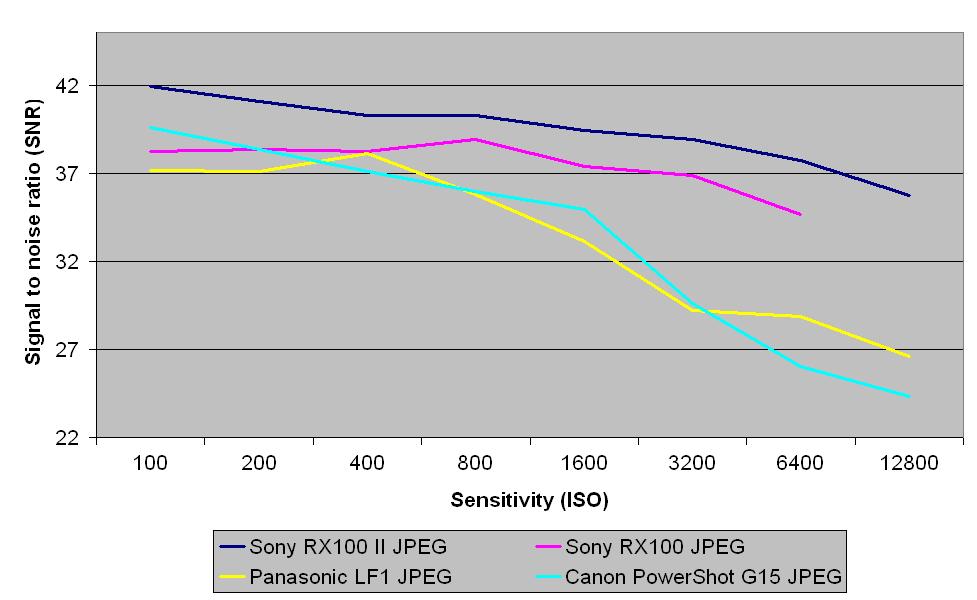
These results show that the Sony RX100 Mark II’s JPEG files have a stronger signal to noise ratios than those from the Panasonic LF1, Sony RX100 and Canon G15, at every sensitivity setting.
Raw signal to noise ratio
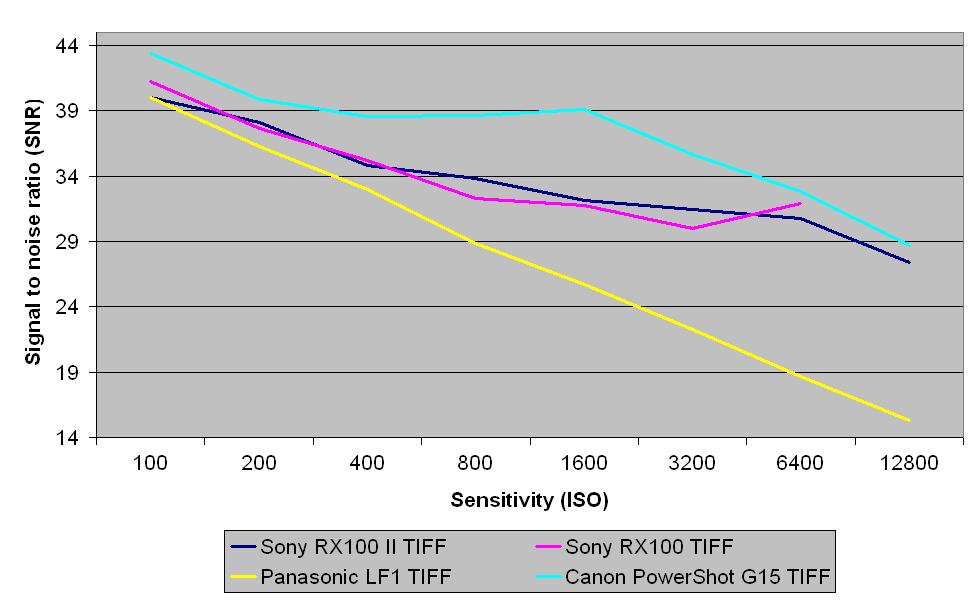
As we can see from this chart, TIFF images (after conversion from raw) from the Sony RX100 Mark II have a stronger signal to noise ratios than TIFFs from the Panasonic LF1 at every sensitivity. The Sony RX100 Mark II’s TIFFs have similar signal to noise ratios to those from the Sony RX100, coming out slightly stronger at every sensitivity but ISO 100, 400 and 6400. TIFFs from the Sony RX100 Mark II are beaten by those from the Canon G15 in terms of signal to noise ratio.
JPEG dynamic range
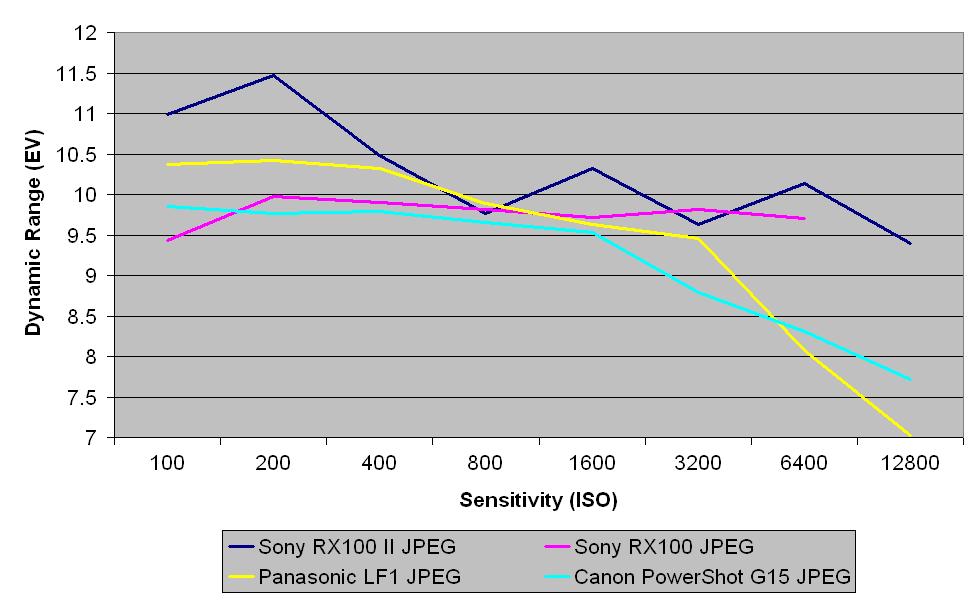
The Sony RX100 Mark II’s JPEGs contain impressive dynamic range, beating JPEGs from the Canon G15 at every sensitivity setting. The Sony RX100 Mark II’s JPEGs contain greater dynamic range than the Panasonic LF1‘s JPEGs at every sensitivity setting except ISO 800, and beat the Sony RX100‘s JPEGs at every sensitivity but ISO 800 and 3200.
Raw dynamic range
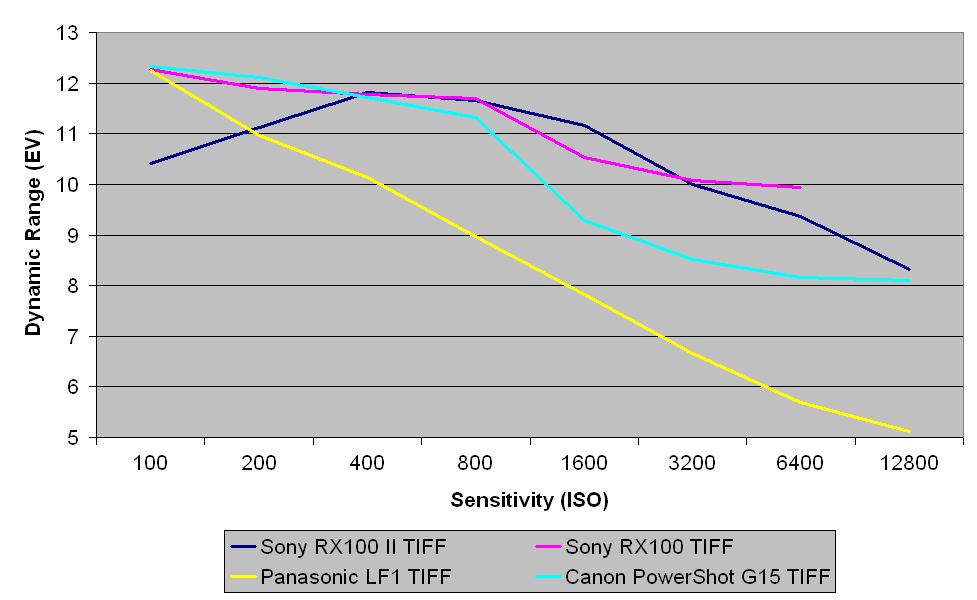
This chart indicates that TIFF images (after conversion from raw) from the Sony RX100 Mark II show a greater dynamic range than those from the Panasonic LF1 at every sensitivity setting except ISO 100, and a greater dynamic range than those from the Canon G15 at ISO 400 and above. The Sony RX100 Mark II’s TIFFs show almost identical dynamic range to the Sony RX100‘s TIFFs at ISO 400 and 800, and greater dynamic range at ISO 1600, but at other sensitivity settings the original camera’s TIFFs were stronger.
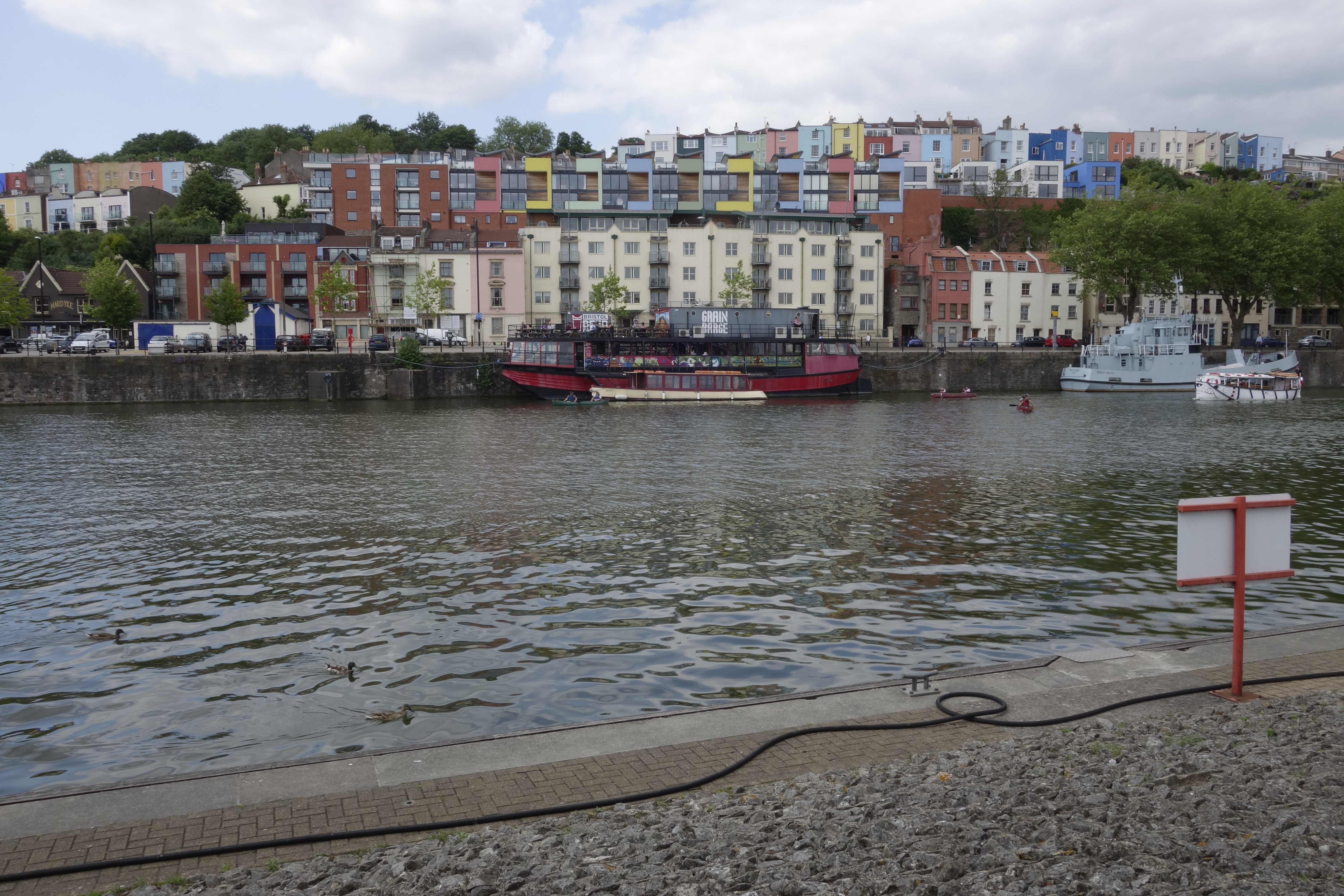
Click here to see the full resolution image
Colours straight from the Sony RX100 Mark II are bright and punchy, without being overly vibrant. Skies are also generally represented well.
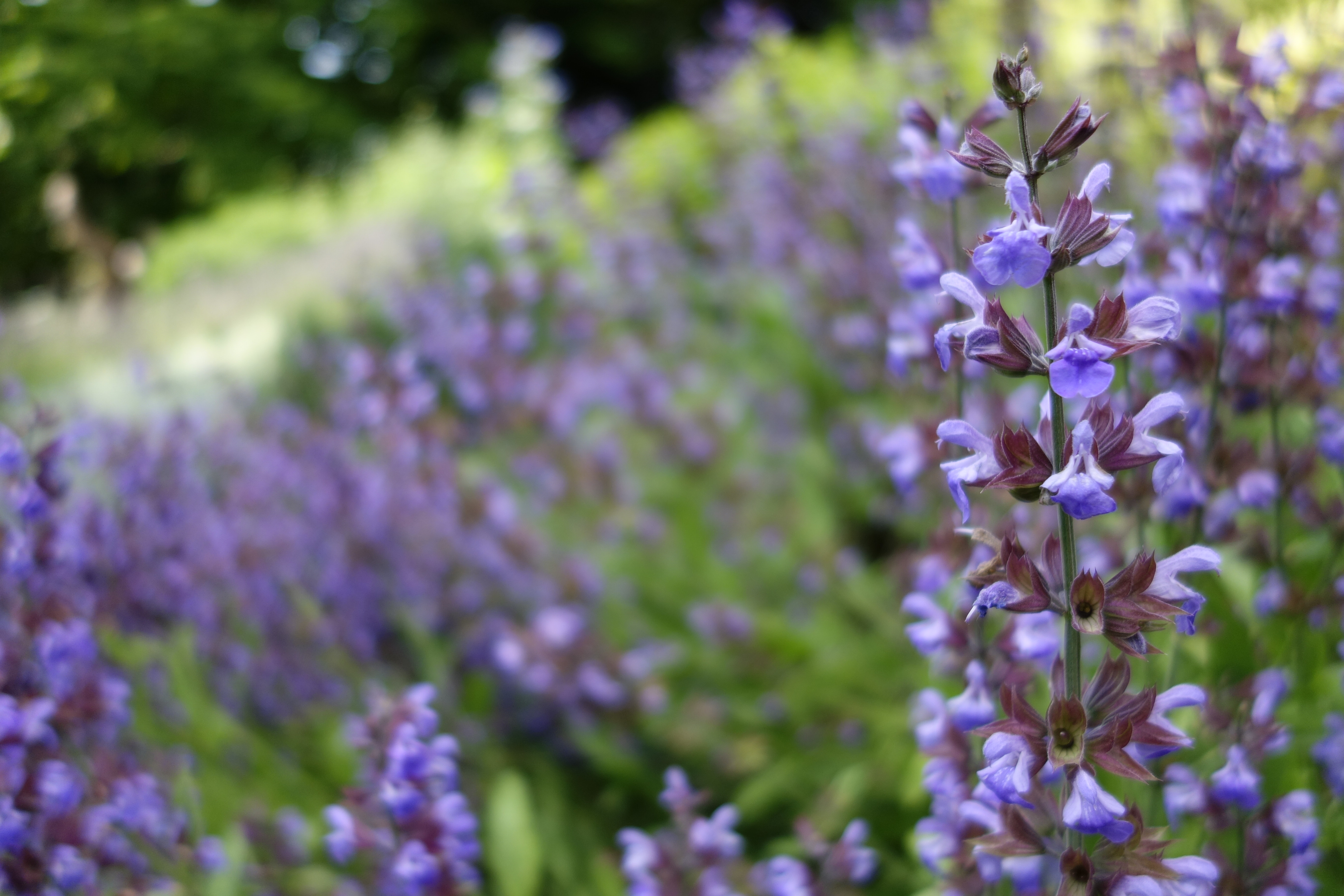
Click here to see the full resolution image
The Sony RX100-II’s large (1-inch type) sensor and f/1.8 lens make it easy to create shallow depth of field effects.
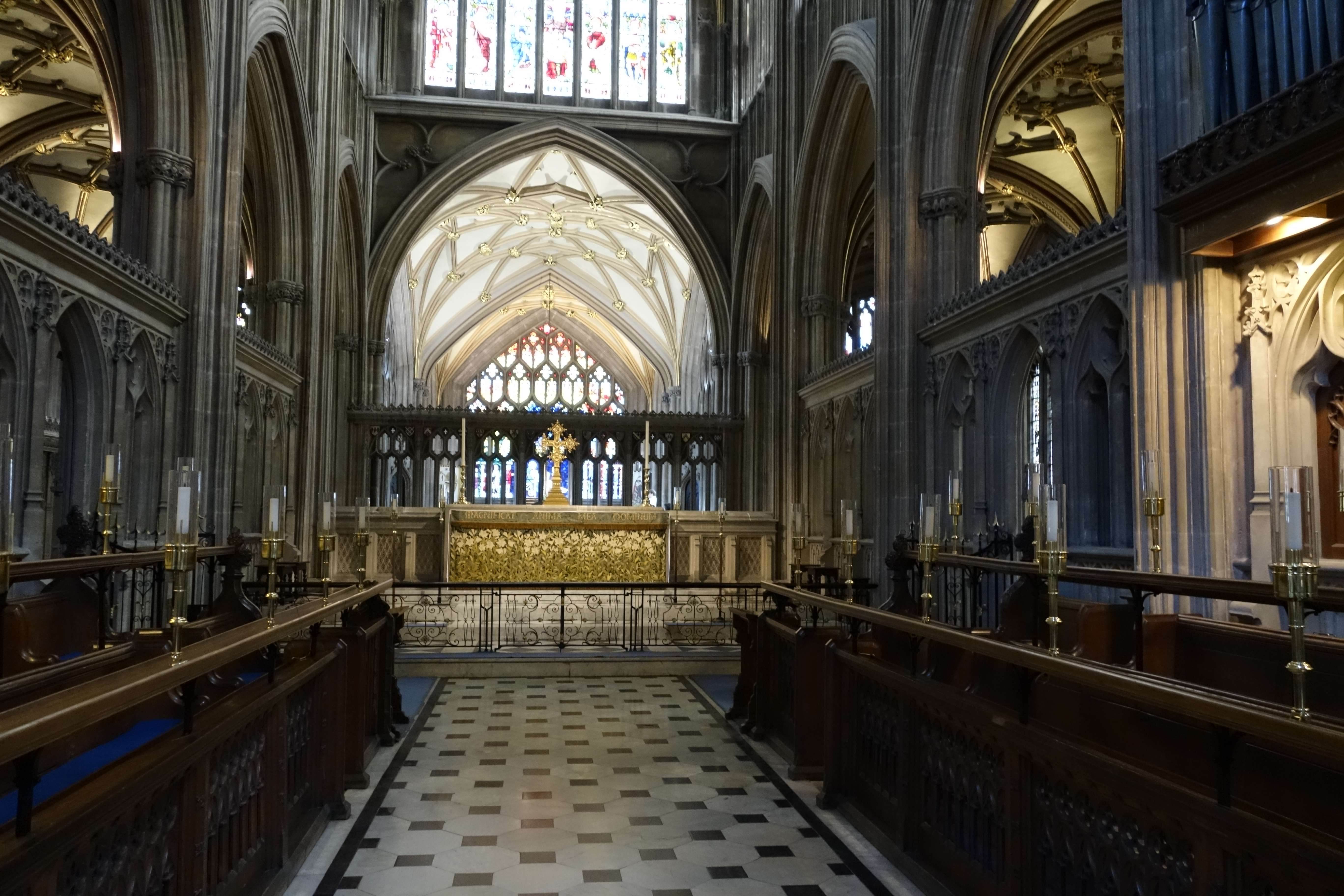
Click here to see the full resolution image
Noise is well controlled throughout the sensitivity range. This image has been taken at ISO 1600, and while noise is present, it’s smooth and the image still contains plenty of detail.

Click here to see the full resolution image
Even at ISO 3200, noise and detail is still good, making this a flexible camera for low light shooting.
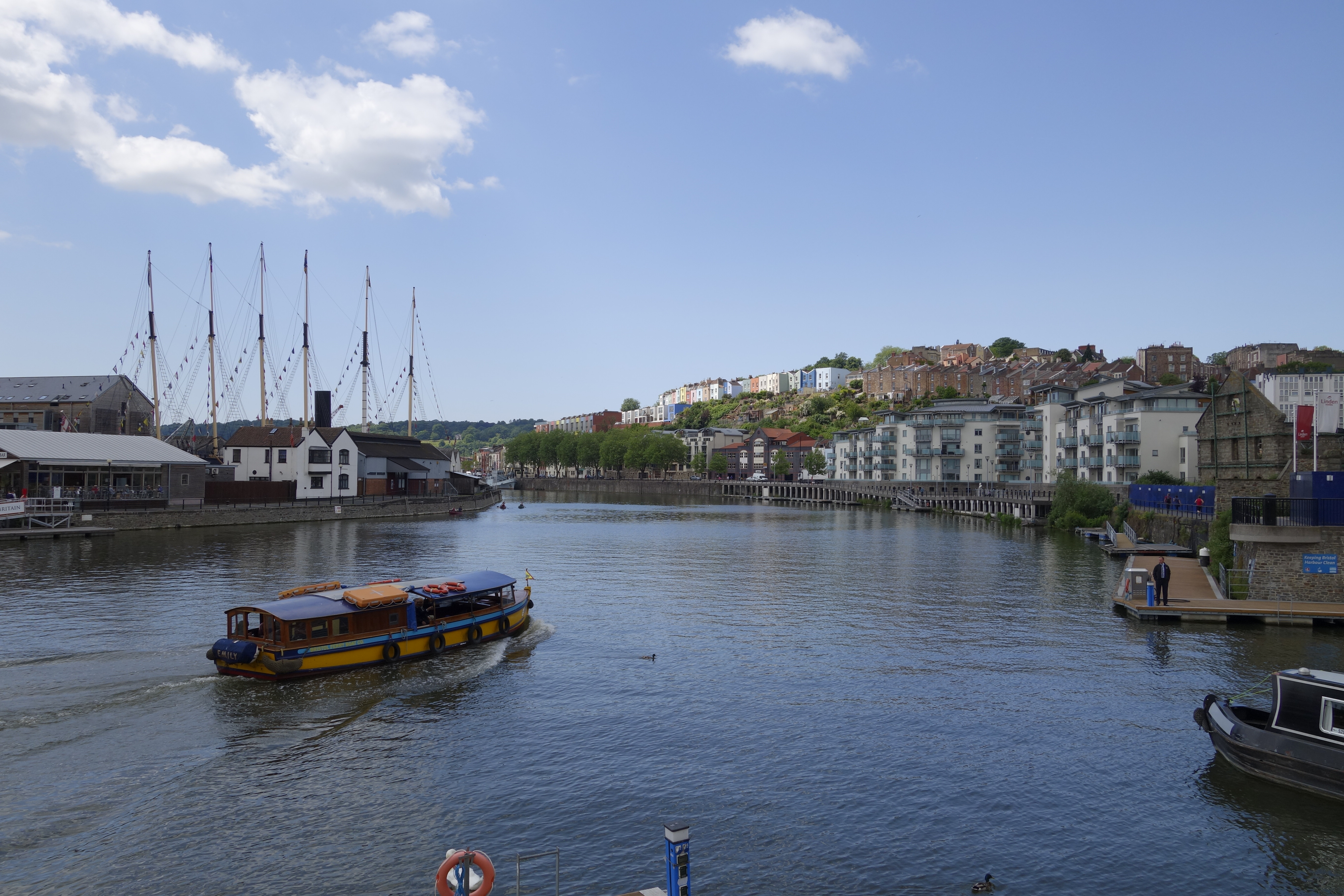
Click here to see the full resolution image
At the widest point of the lens, the Sony RX100 Mark II offers an equivalent of 28mm. While we perhaps would have liked to see 24mm as the widest option, 28mm still gives plenty of flexibility for capturing a wide angle of view.
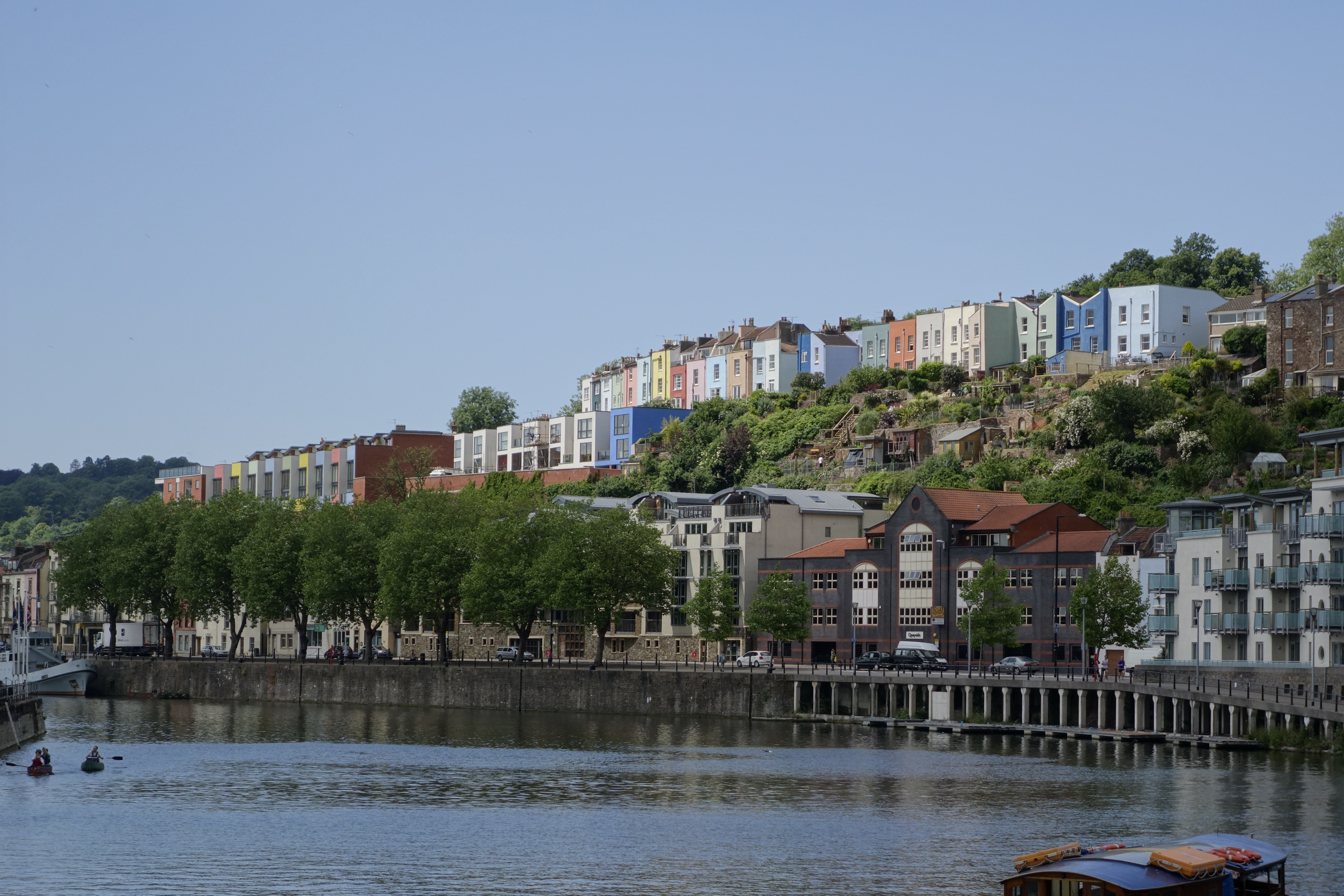
Click here to see the full resolution image
This camera doesn’t have a huge zoom ratio, at 3.6x (optical). This gives an equivalent of around 100mm, which is still useful for a variety of different subjects.
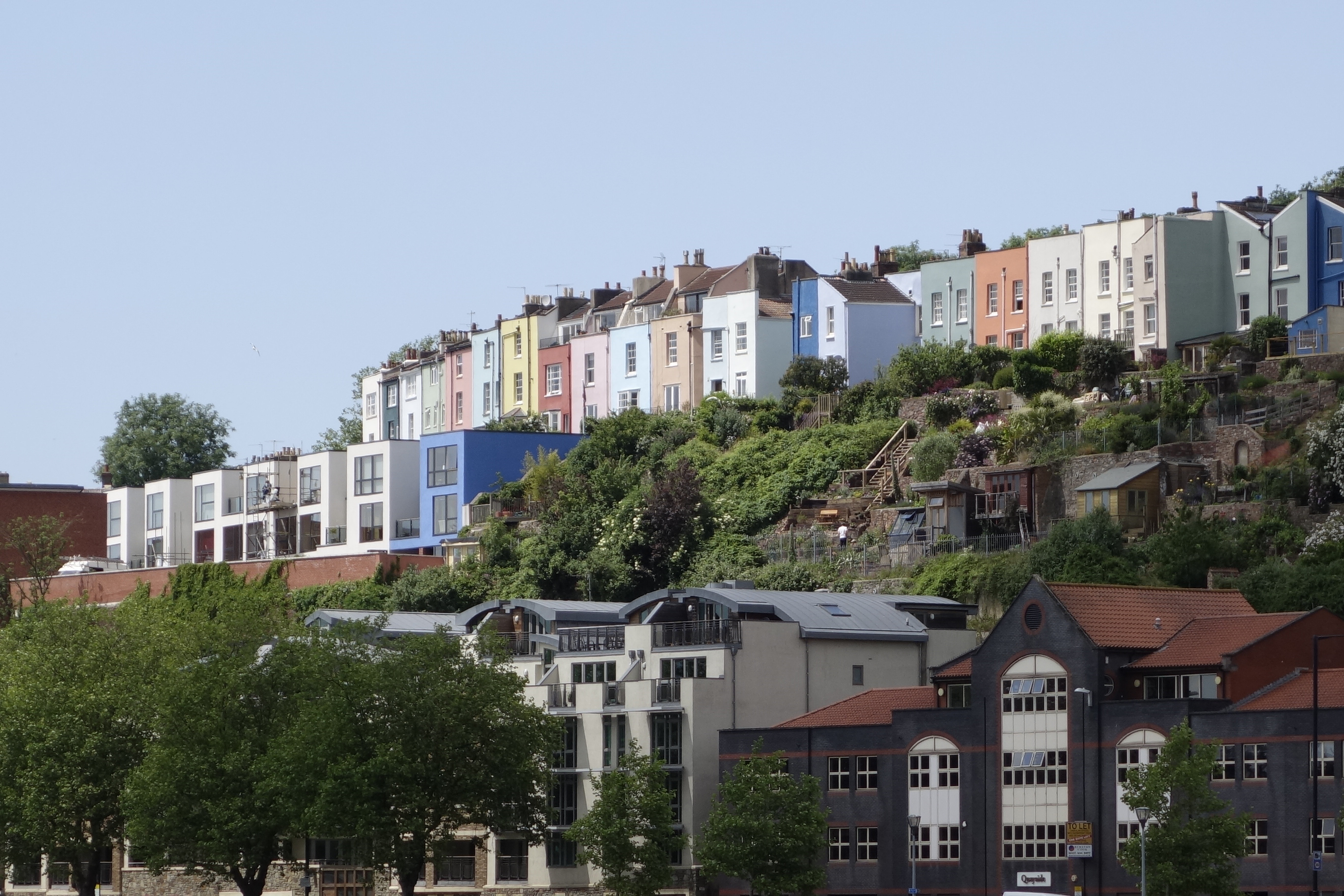
Click here to see the full resolution image
If you do need to get closer, you have the option of activating Clear Zoom, Sony’s digital zoom technology. This boosts the zoom reach to 200mm, effectively.
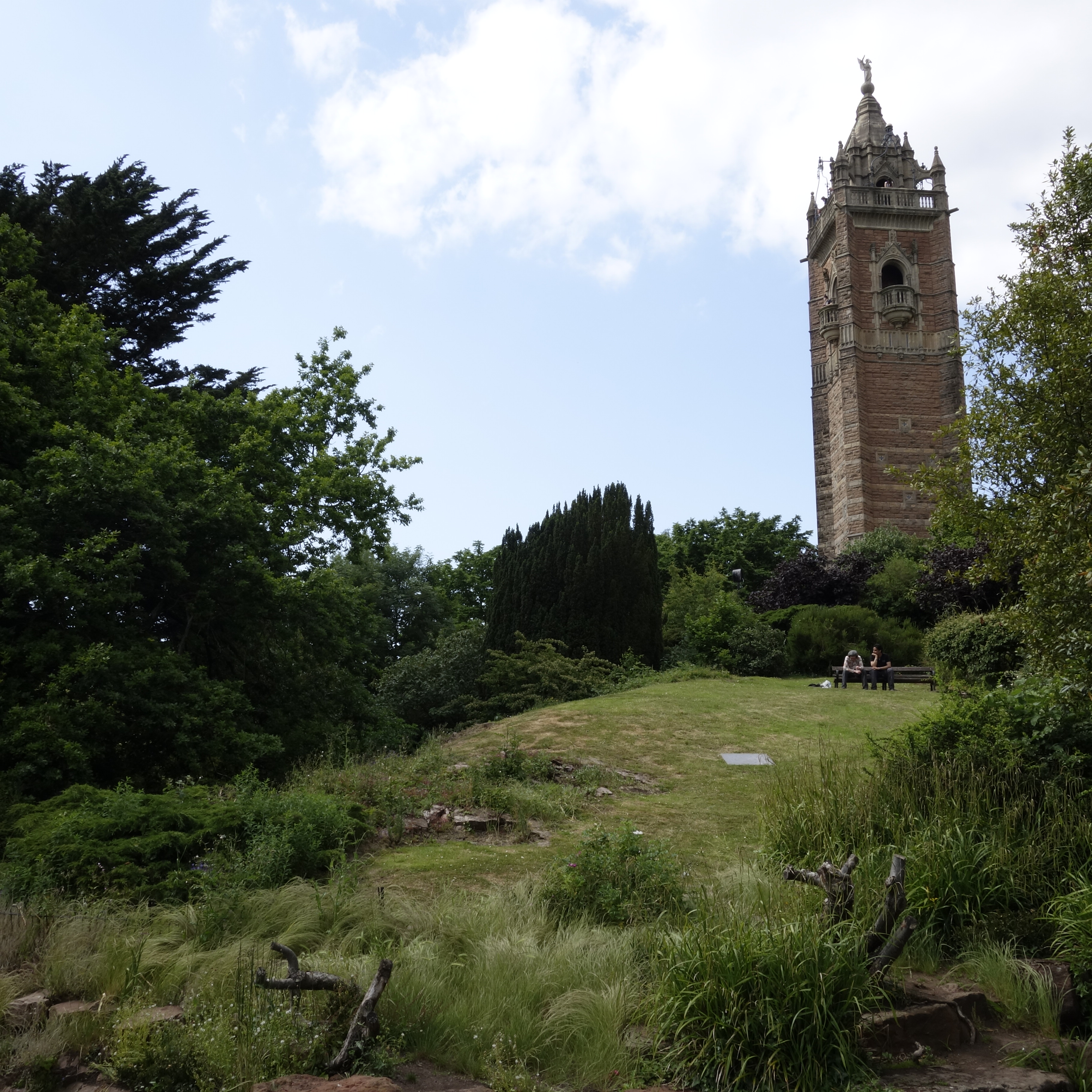
Click here to see the full resolution image
Three different aspect ratios are available to shoot in. As standard, the camera will shoot in 3:2, but you can also choose to shoot in 1:1 square format, as we did here.
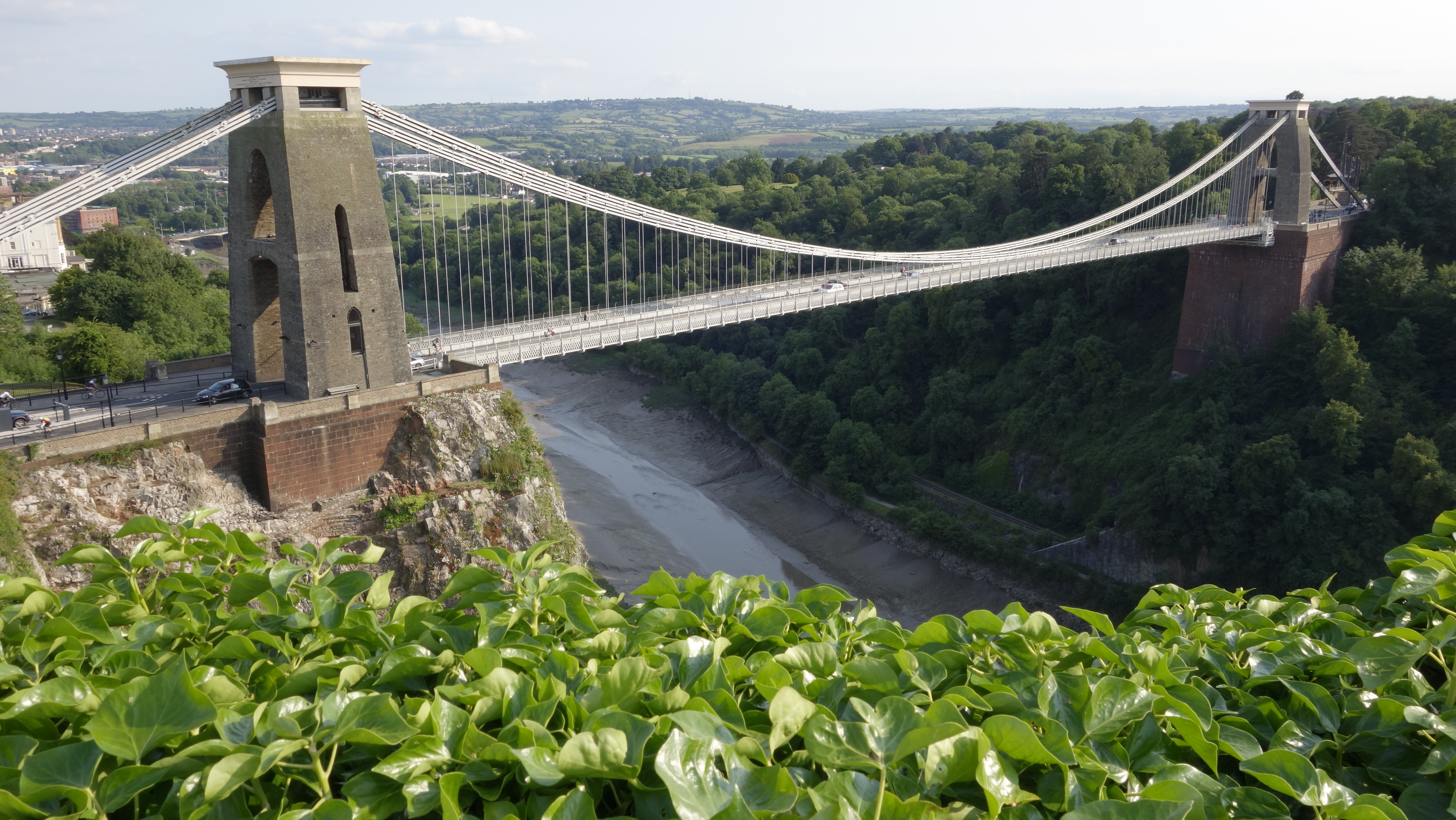
Click here to see the full resolution image
You can also shoot in 16:9, a useful option for capturing wide vistas.

Click here to see the full resolution image
Sony’s Sweep Panorama tool enables you to move the camera across the scene to capture an ultra-wide angle of view. You lose all control over shutter speed and the like, and you can’t apply digital filters, which is a shame.
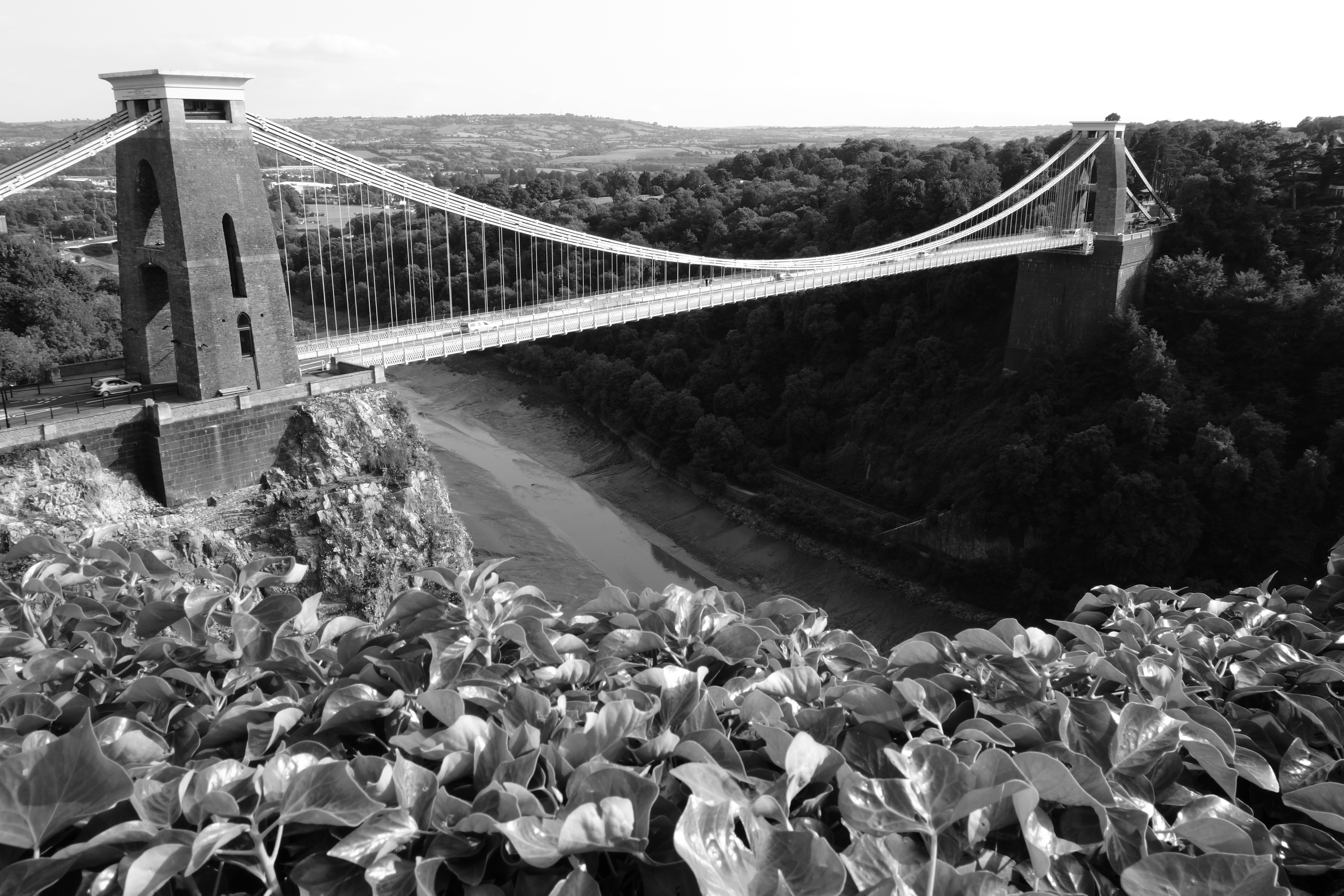
Click here to see the full resolution image
A number of different Creative Styles are available. They give you more flexibility than shooting with digital filters because they can be shot in raw format. Different styles are available, including Monochrome.
Dynamic Range Optimizer
Sony’s Dynamic Range Optimizer works when you have a scene with high contrast to produce a balanced exposure. You can either have the camera choose the level itself, or five different levels of optimisation are available along with turning it off altogether. In this scene you can see the difference the Optimizer makes in the grass in the foreground of the picture.
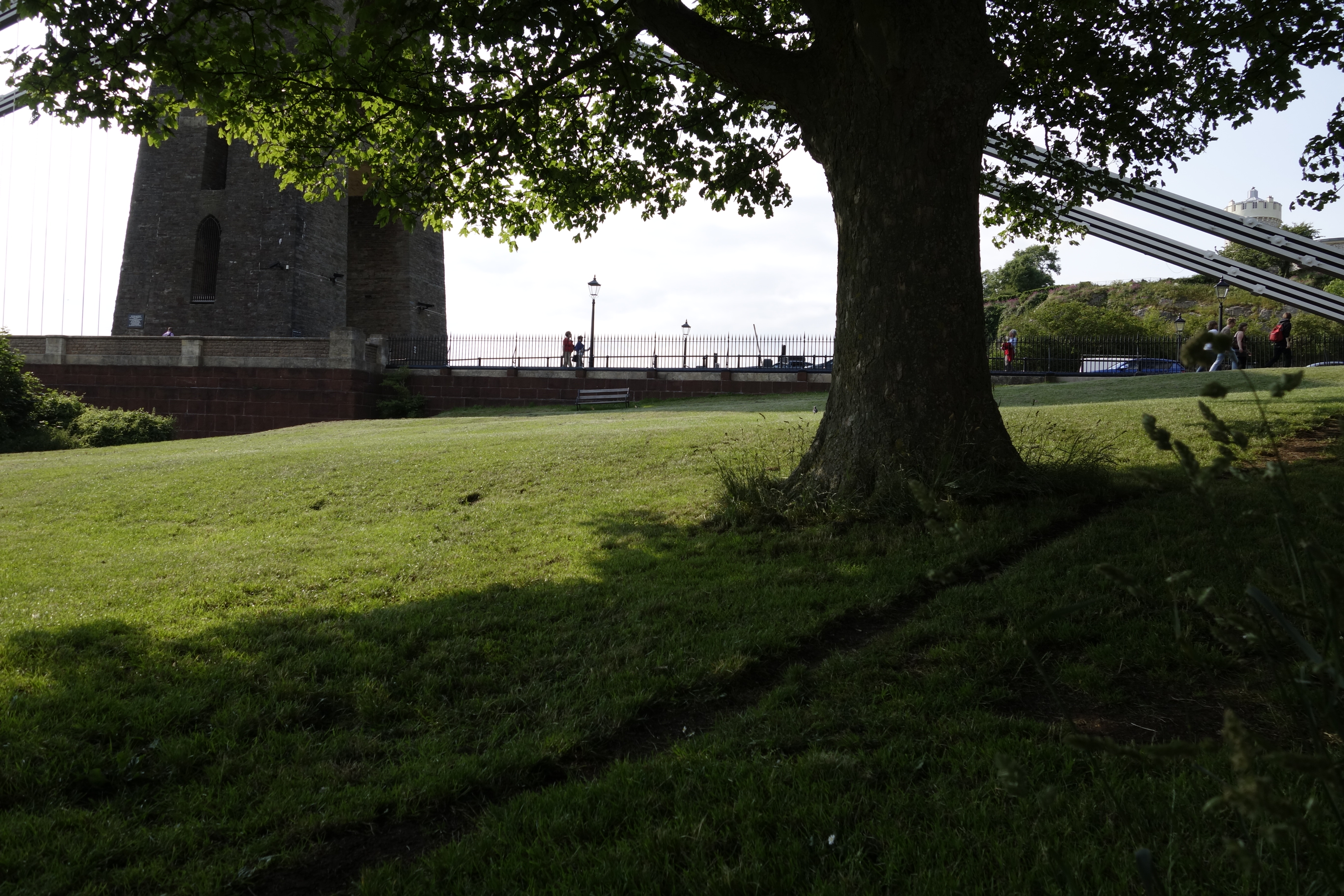
Click here to see the full resolution image
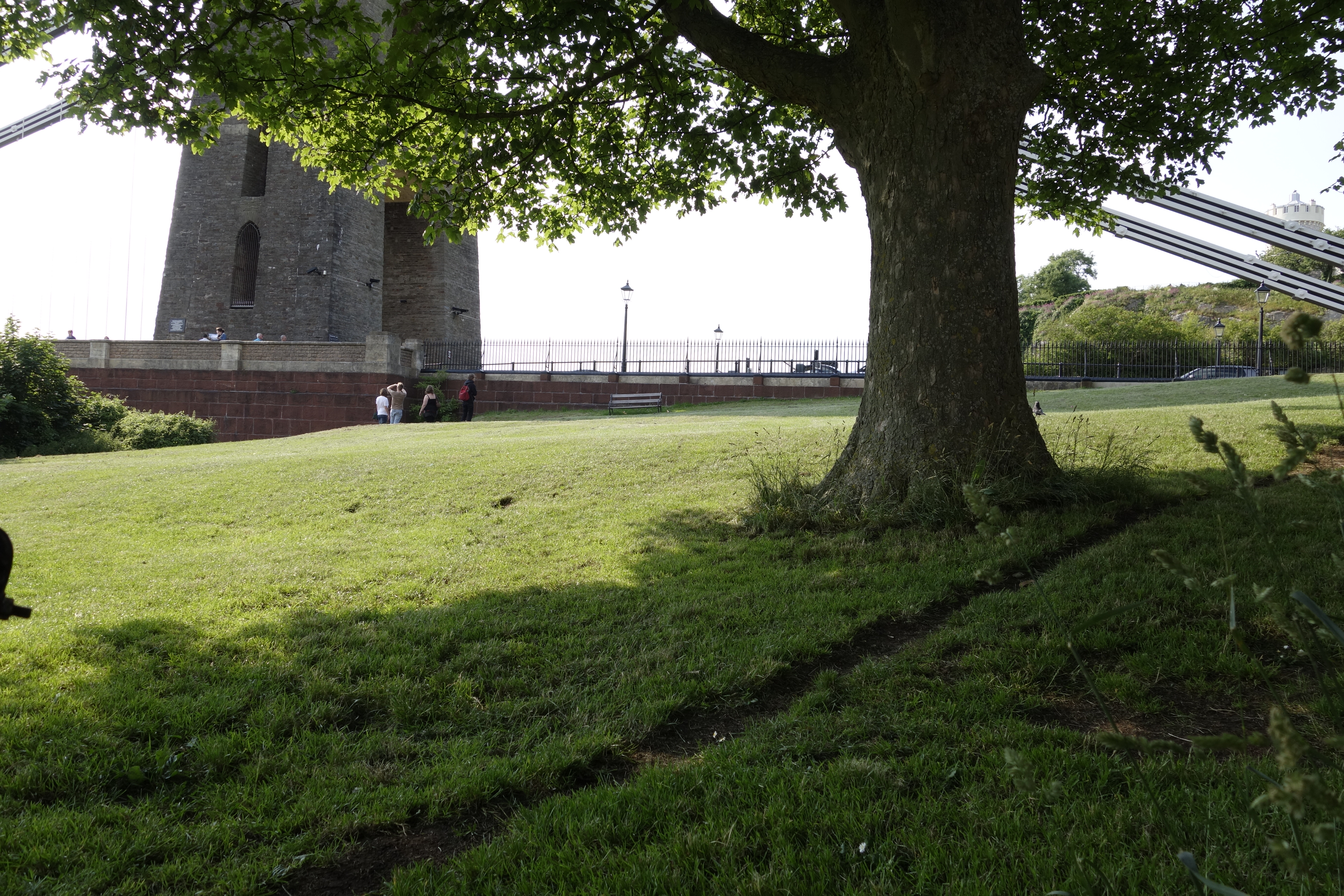
Click here to see the full resolution image
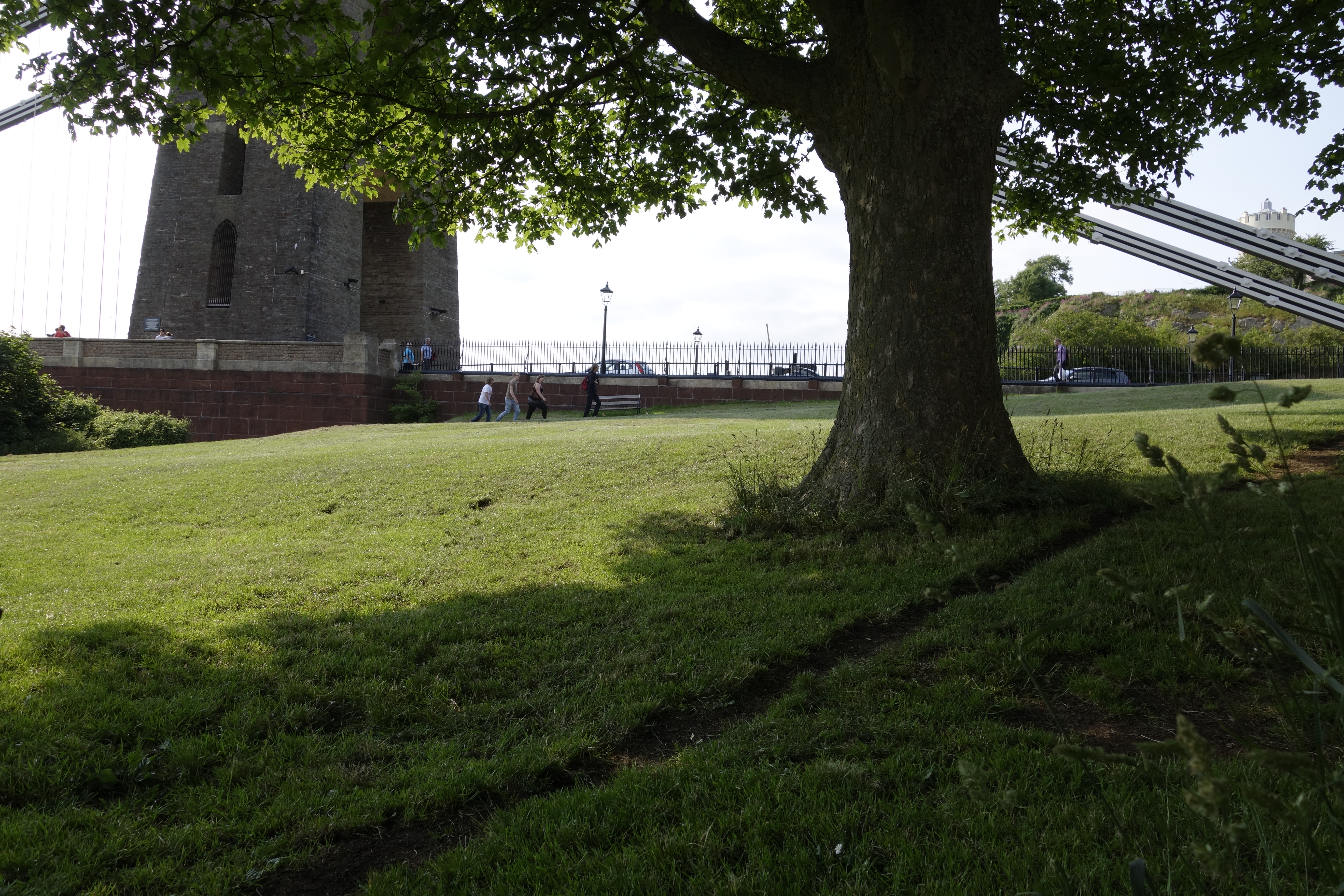
Click here to see the full resolution image
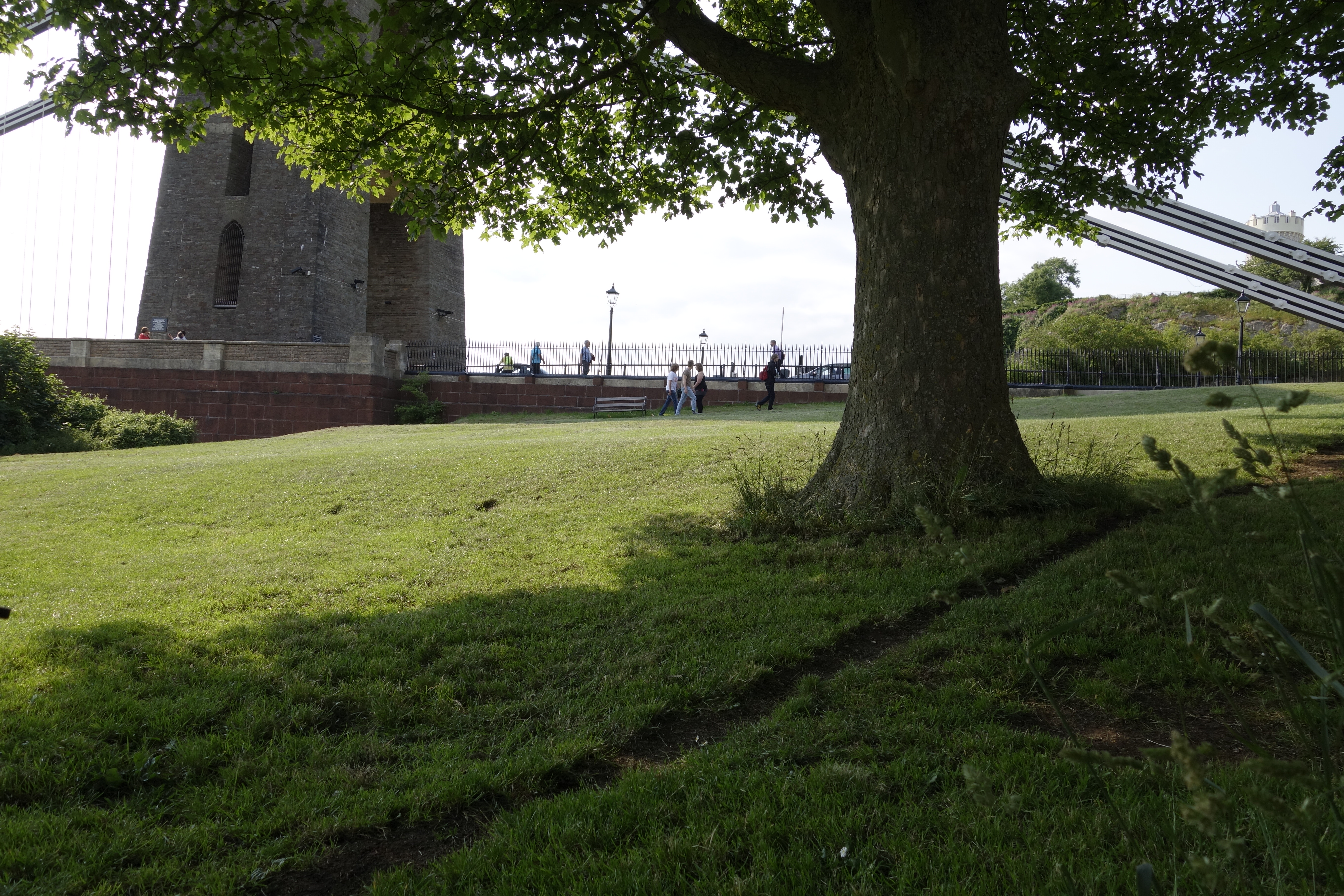
Click here to see the full resolution image
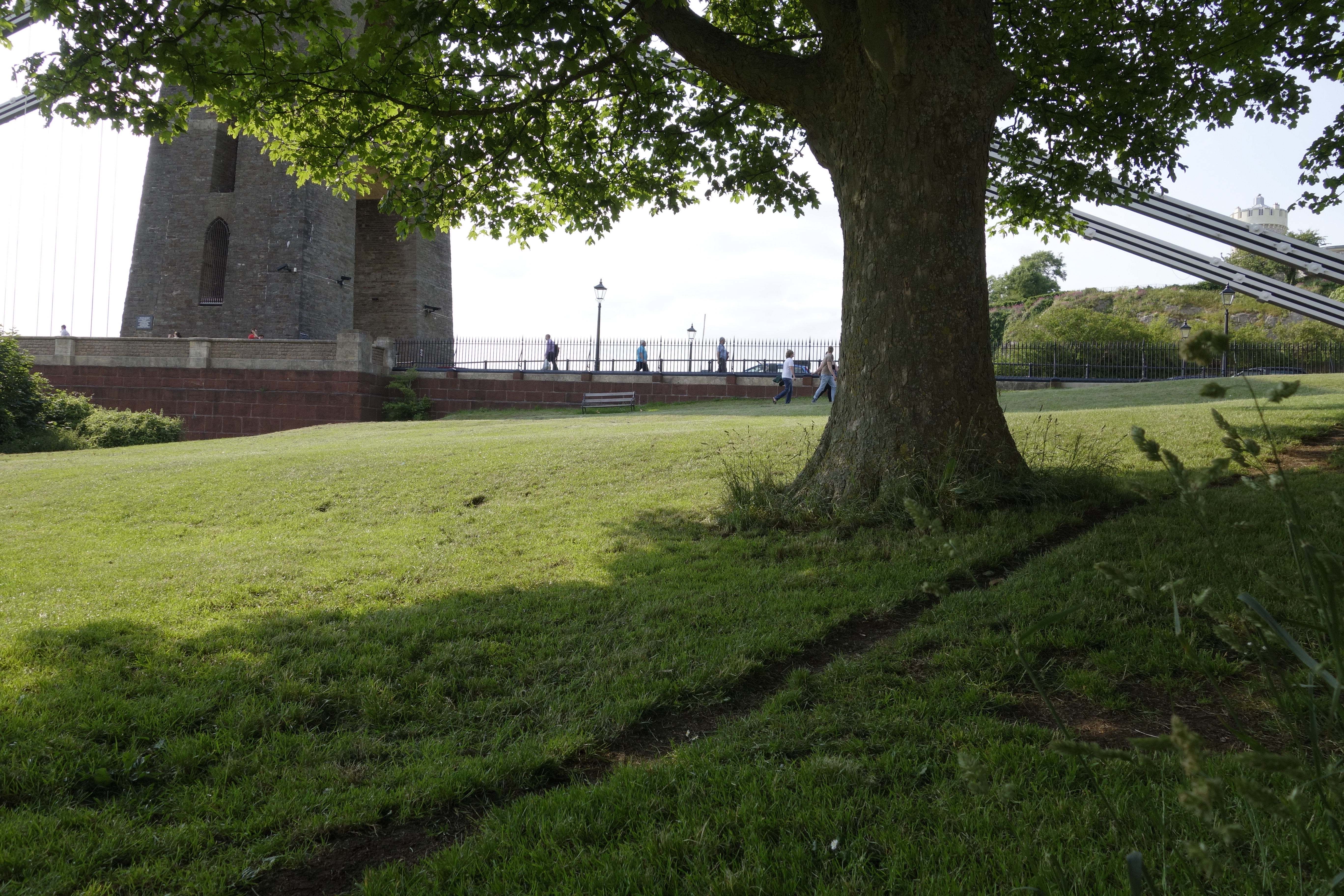
Click here to see the full resolution image
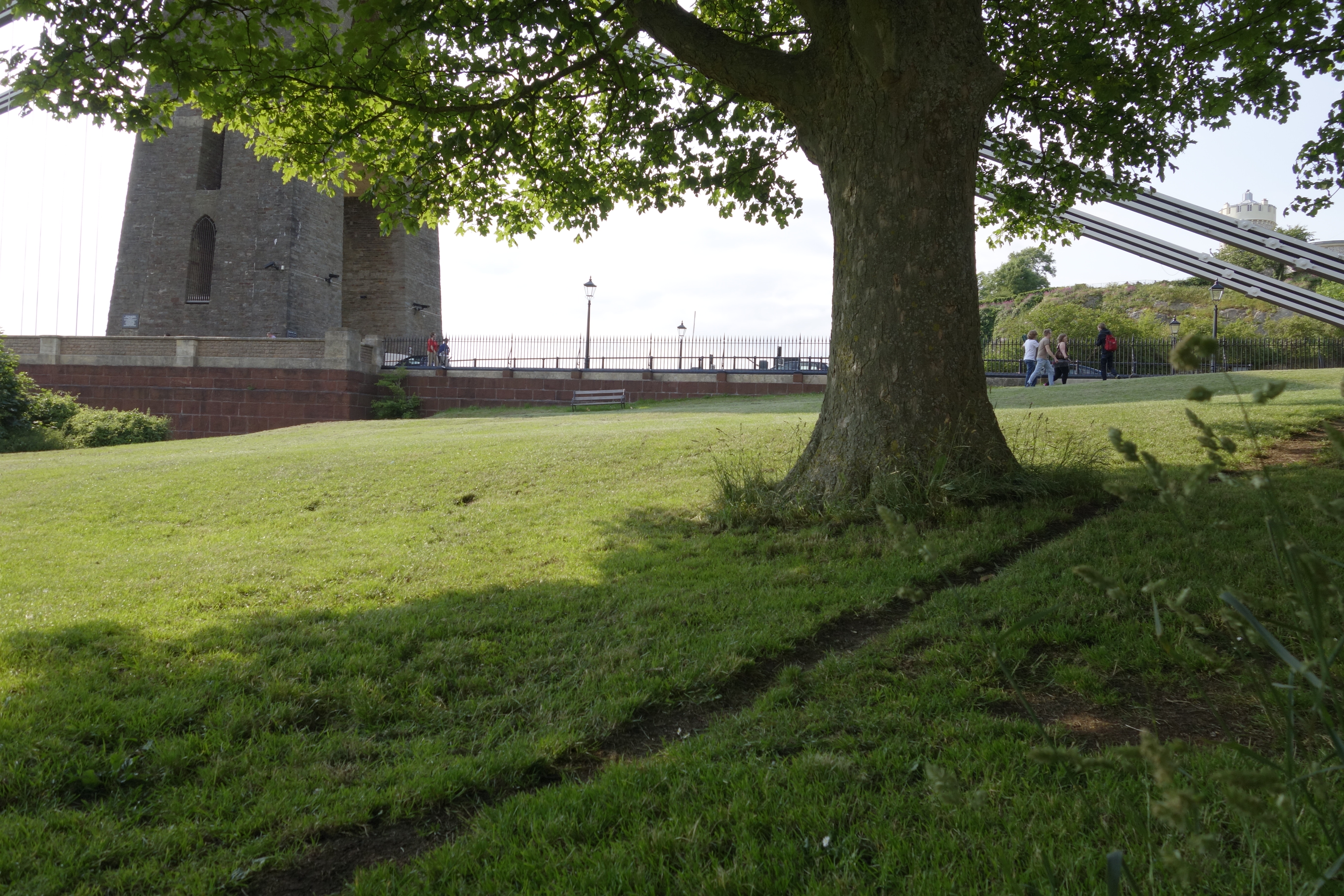
Click here to see the full resolution image
Digital filters
There are a large range of digital filters available on the Sony RX100 Mark II, but unfortunately you can’t shoot in raw format while using them, though you can keep control over manual settings, such as aperture.

Click here to see the full resolution image

Click here to see the full resolution image
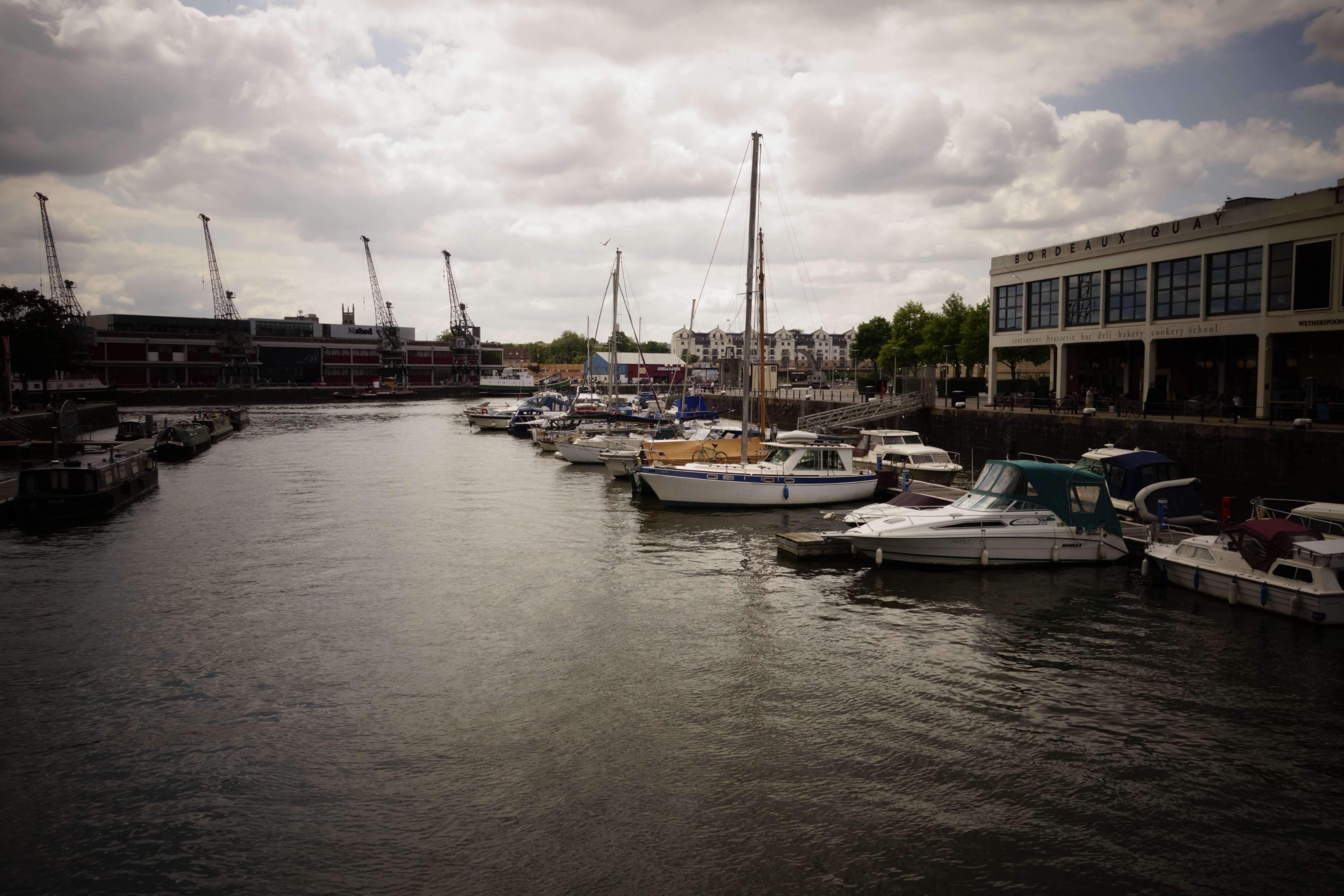
Click here to see the full resolution image
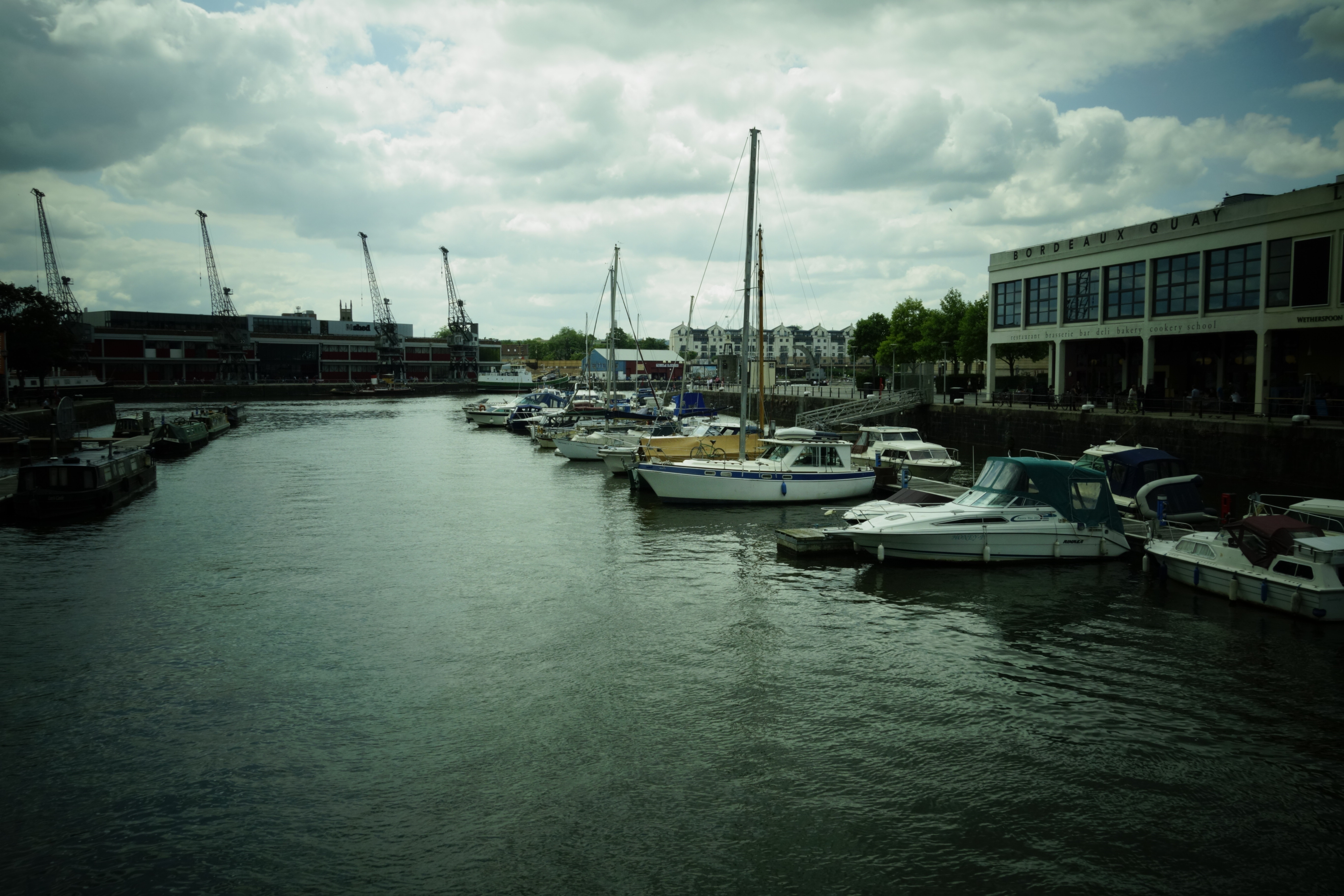
Click here to see the full resolution image
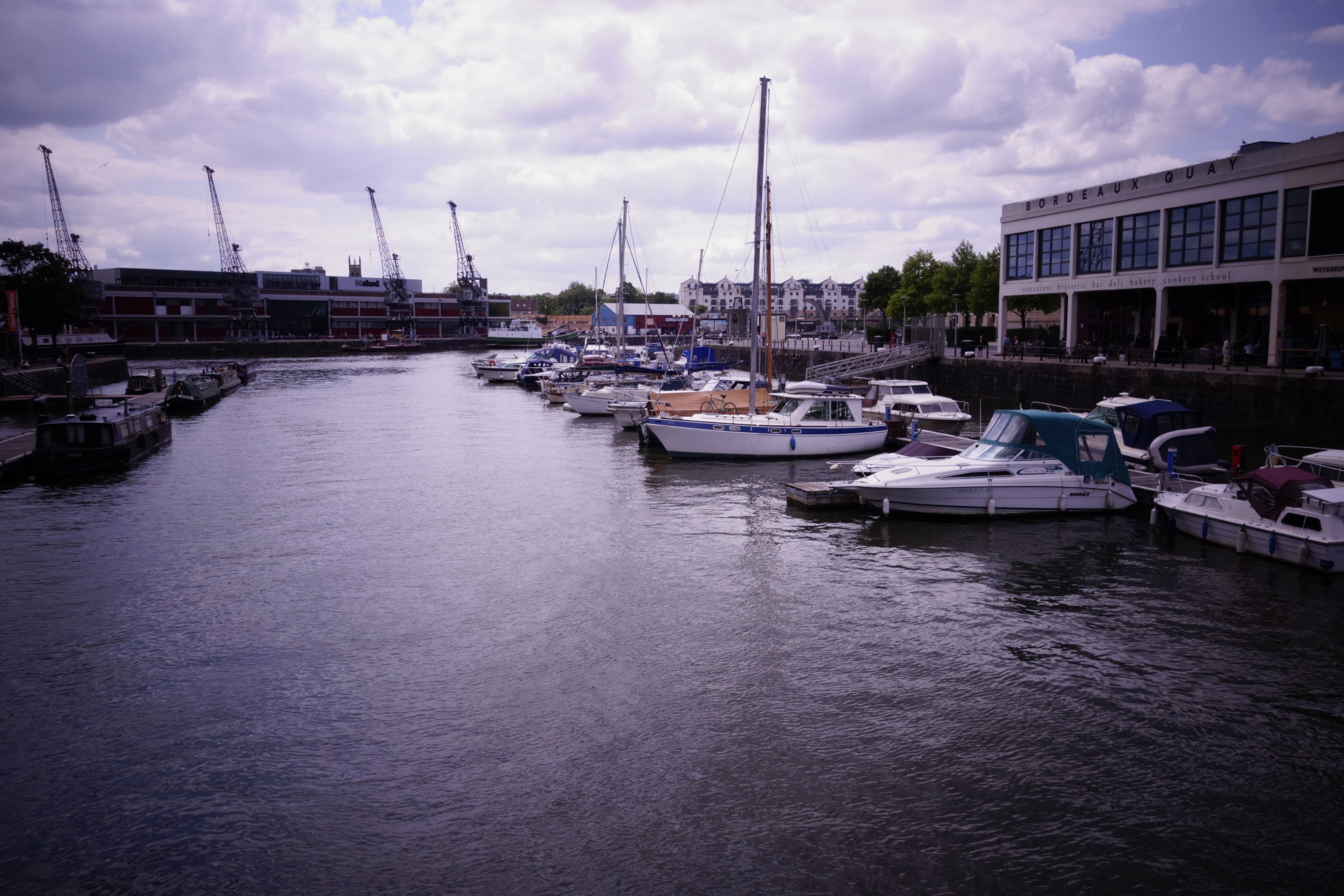
Click here to see the full resolution image
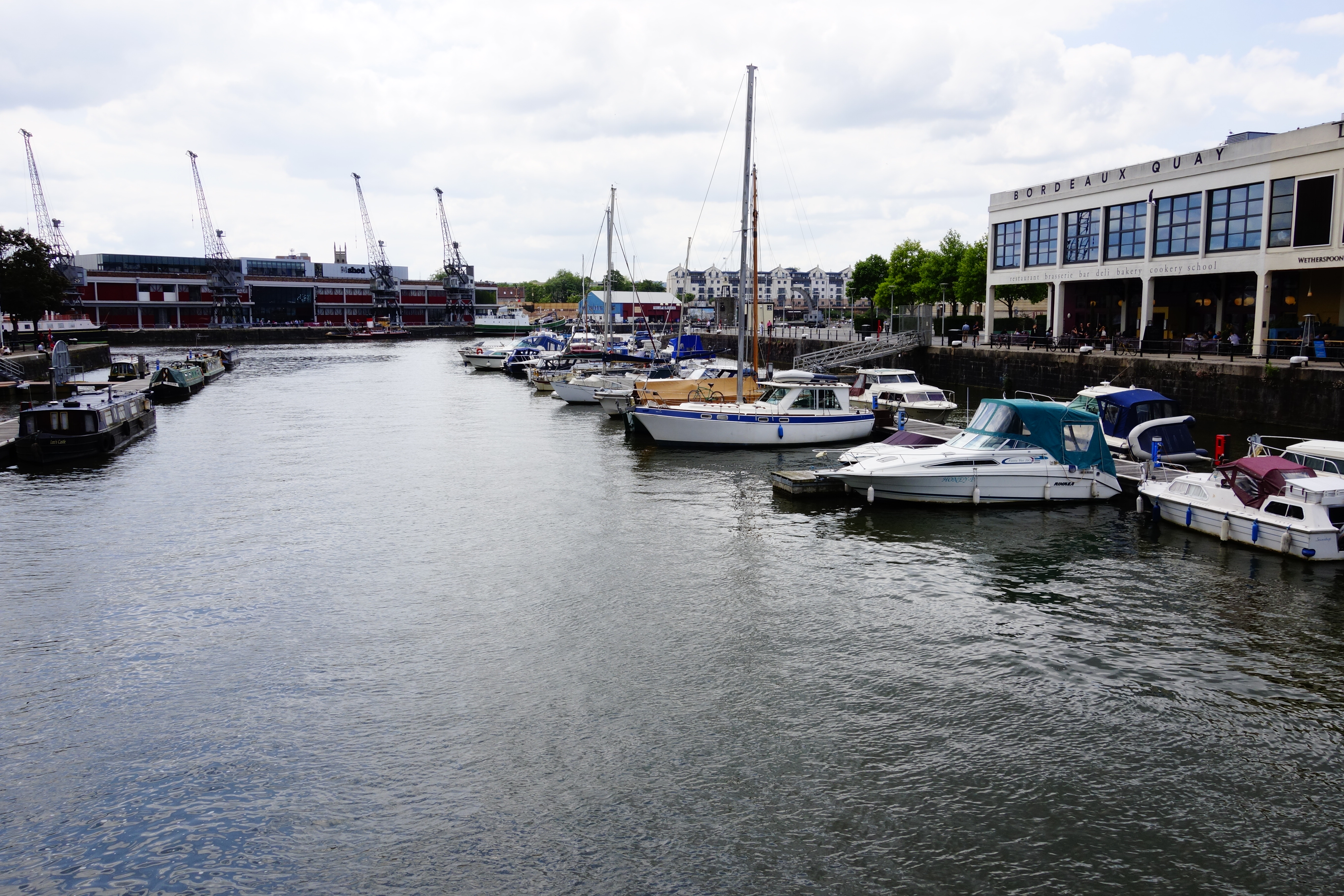
Click here to see the full resolution image
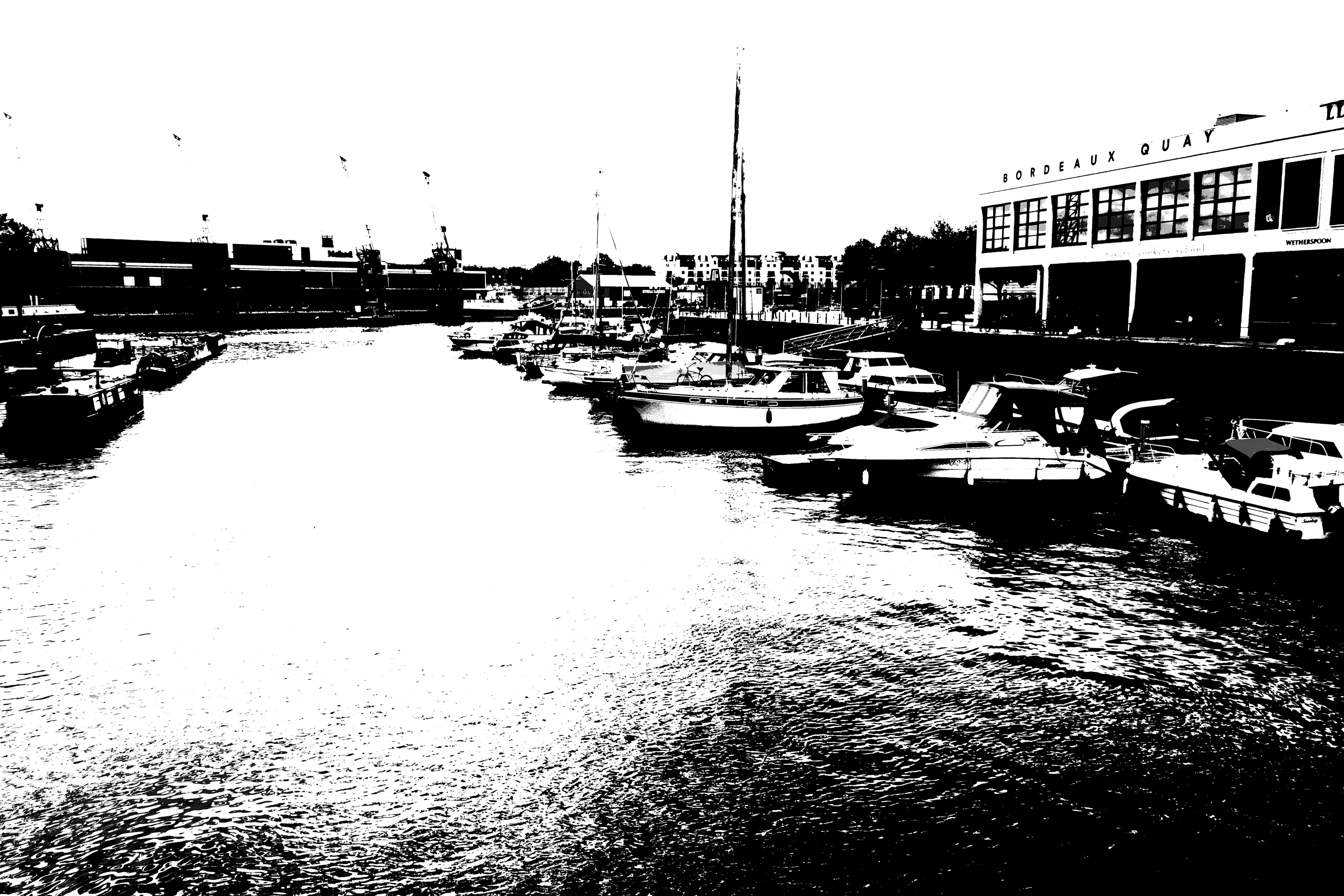
Click here to see the full resolution image
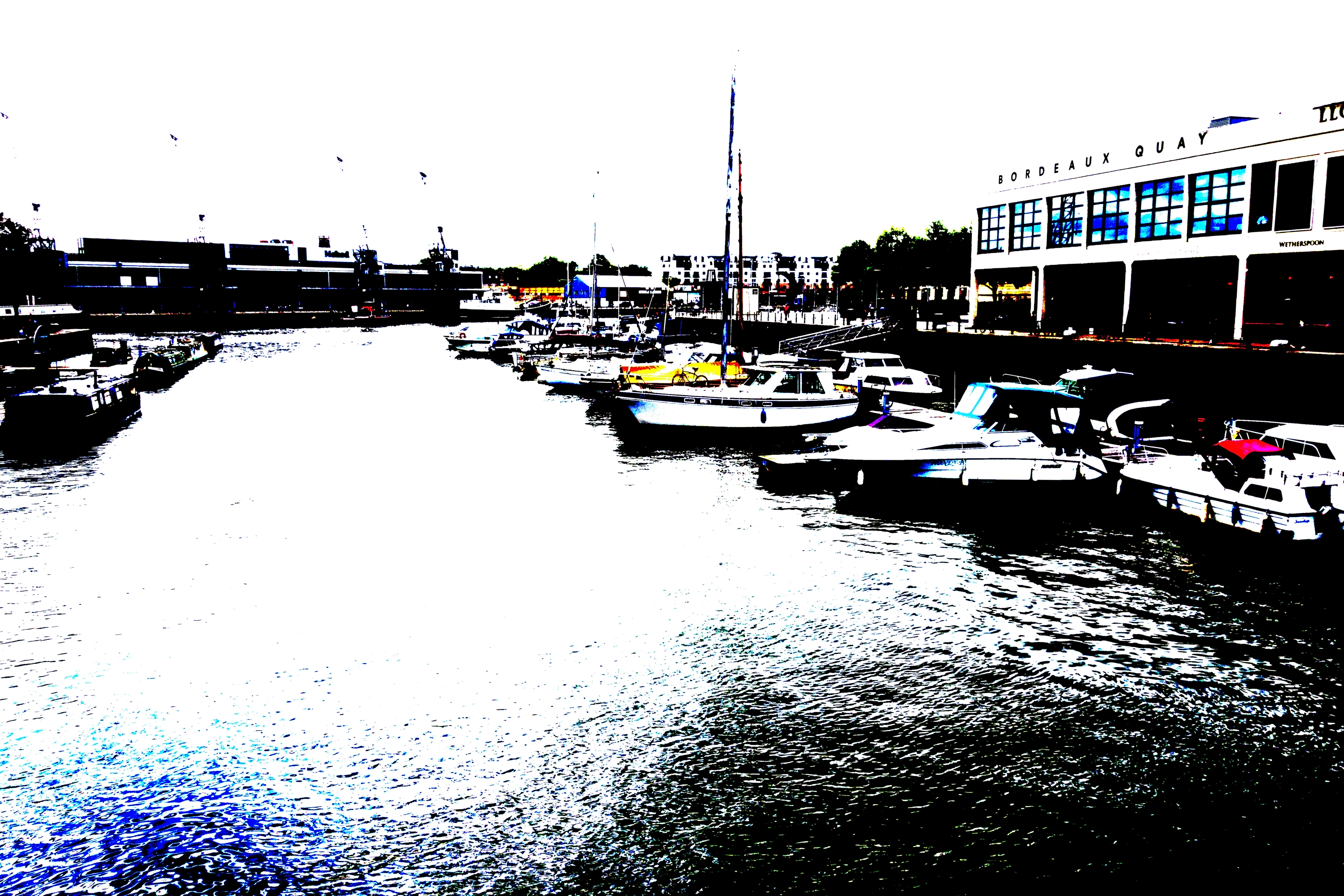
Click here to see the full resolution image
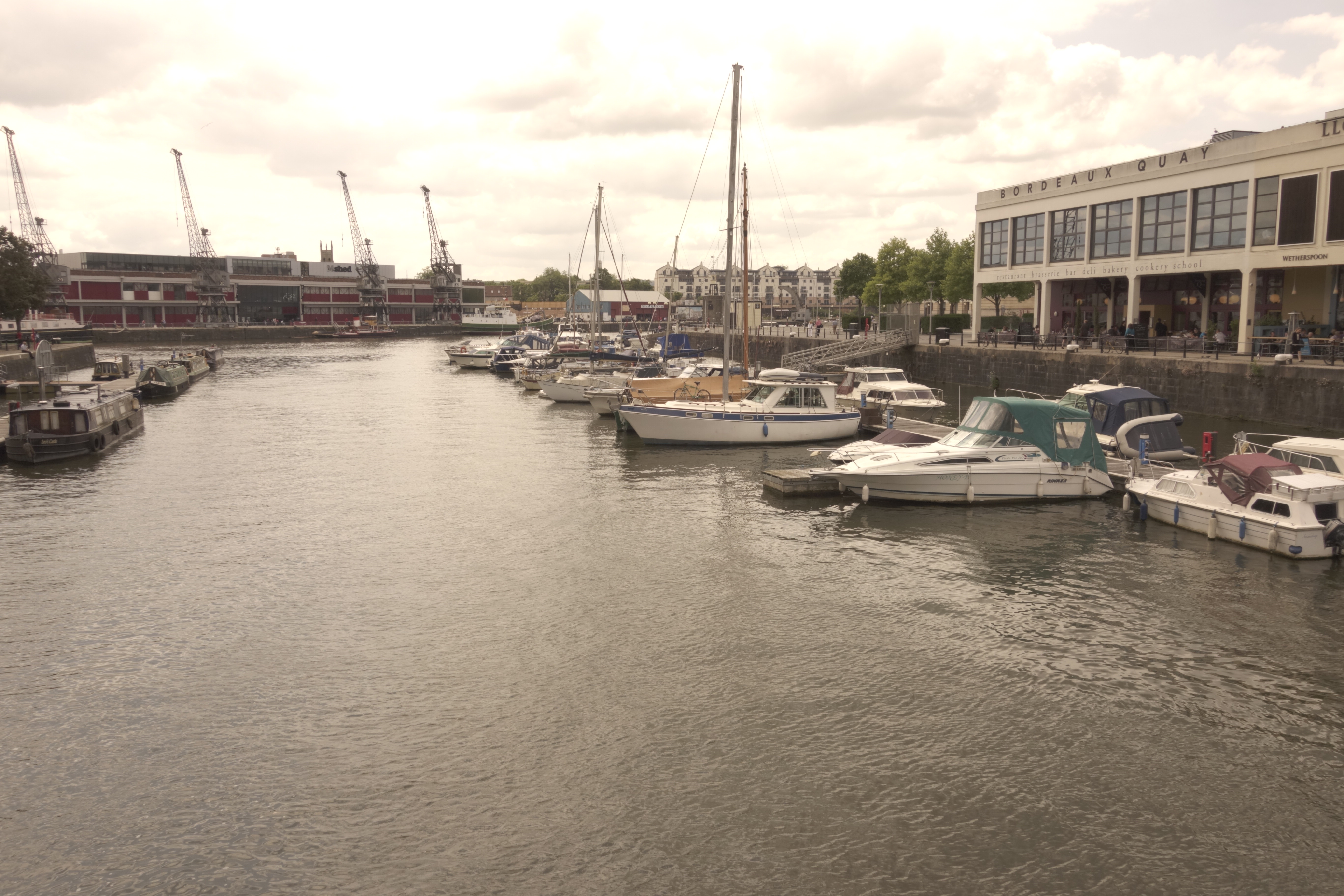
Click here to see the full resolution image
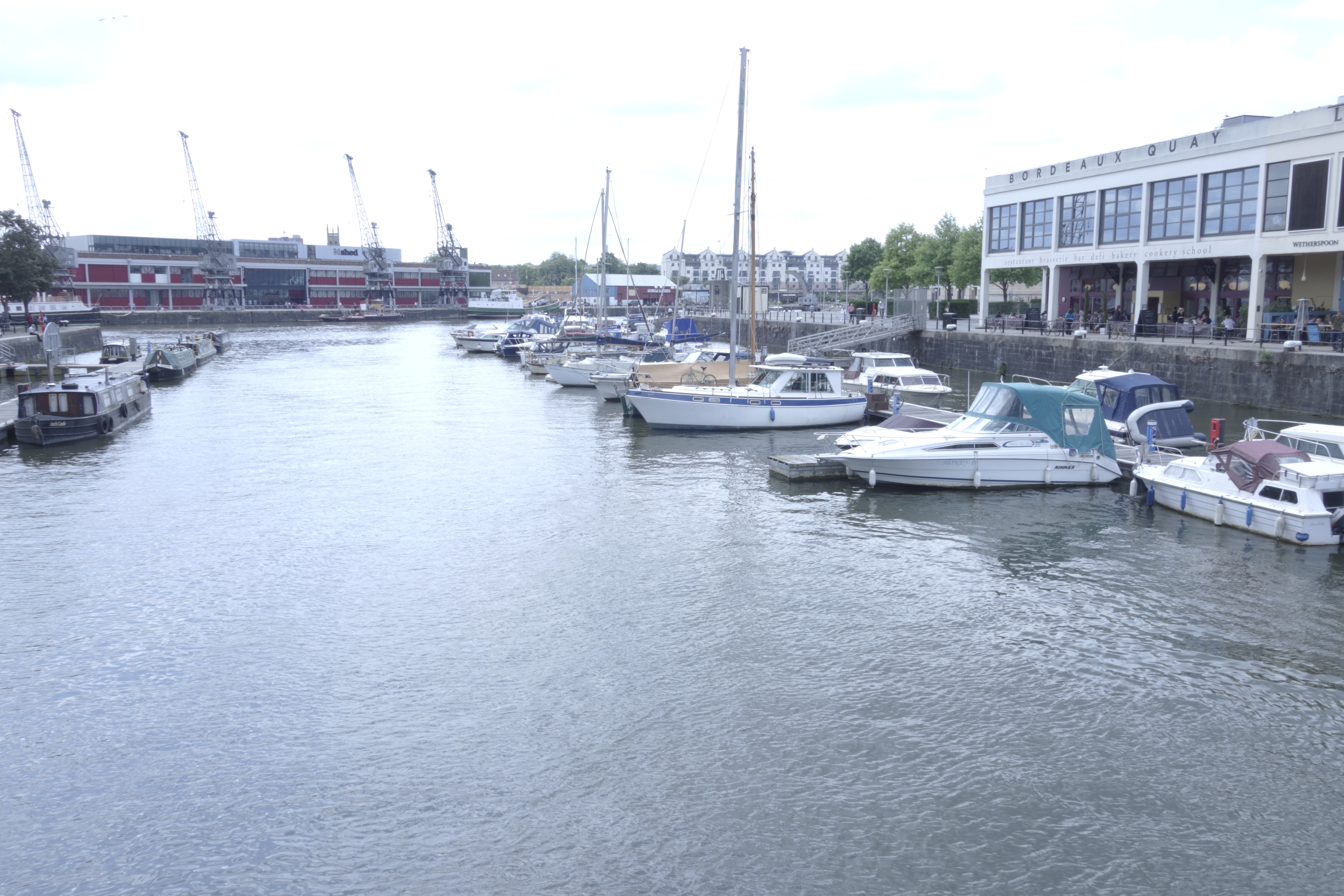
Click here to see the full resolution image

Click here to see the full resolution image
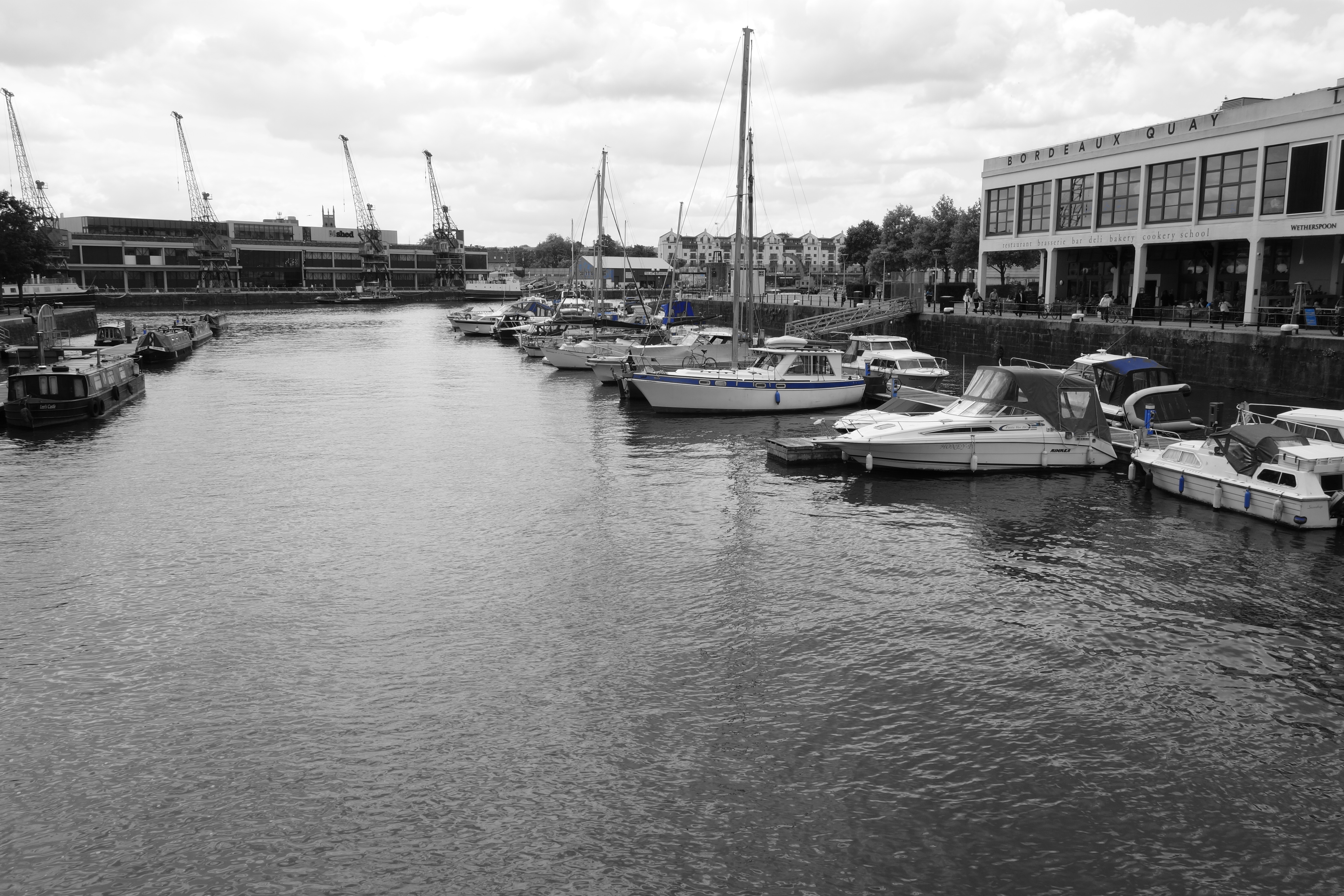
Click here to see the full resolution image
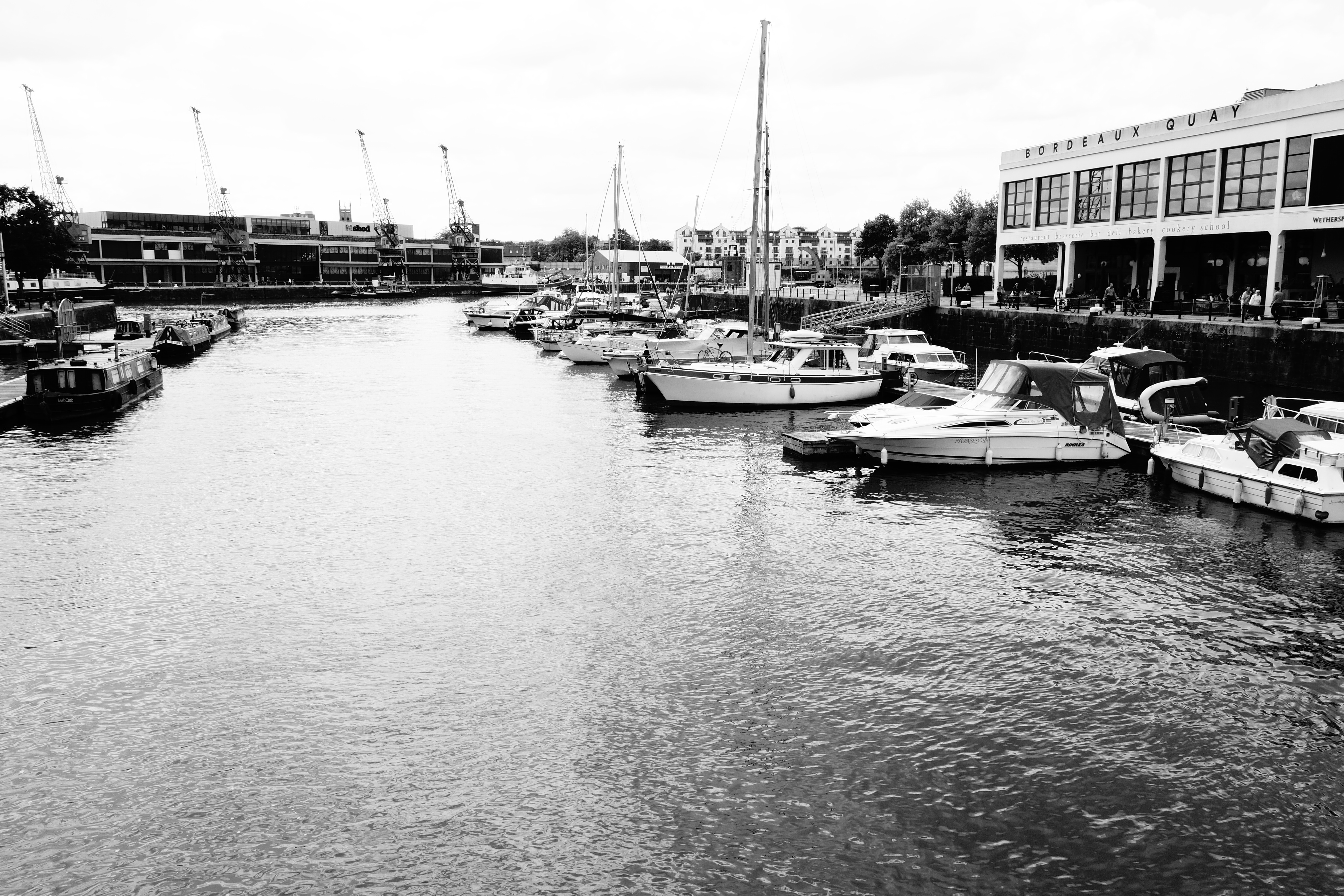
Click here to see the full resolution image

Click here to see the full resolution image
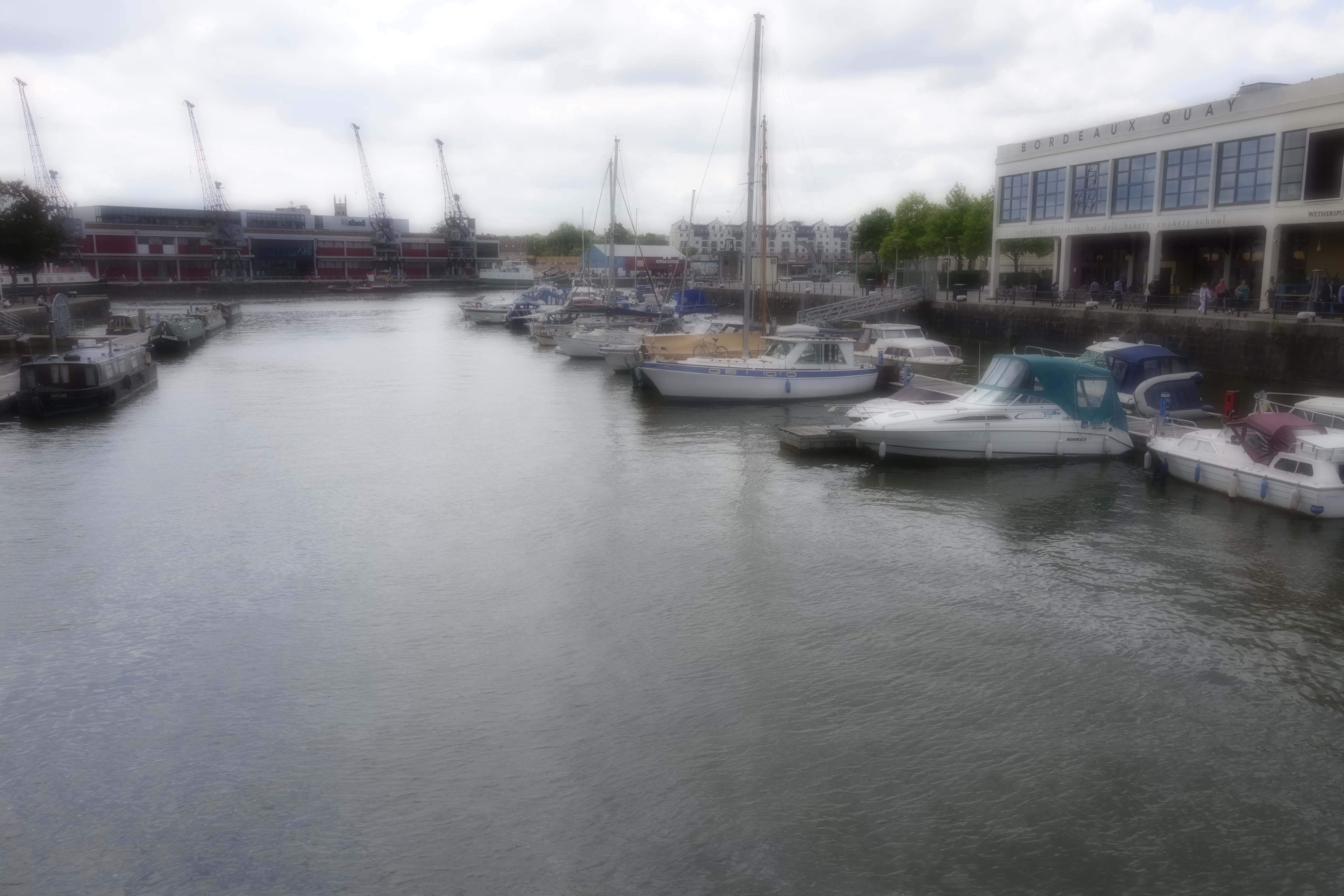
Click here to see the full resolution image
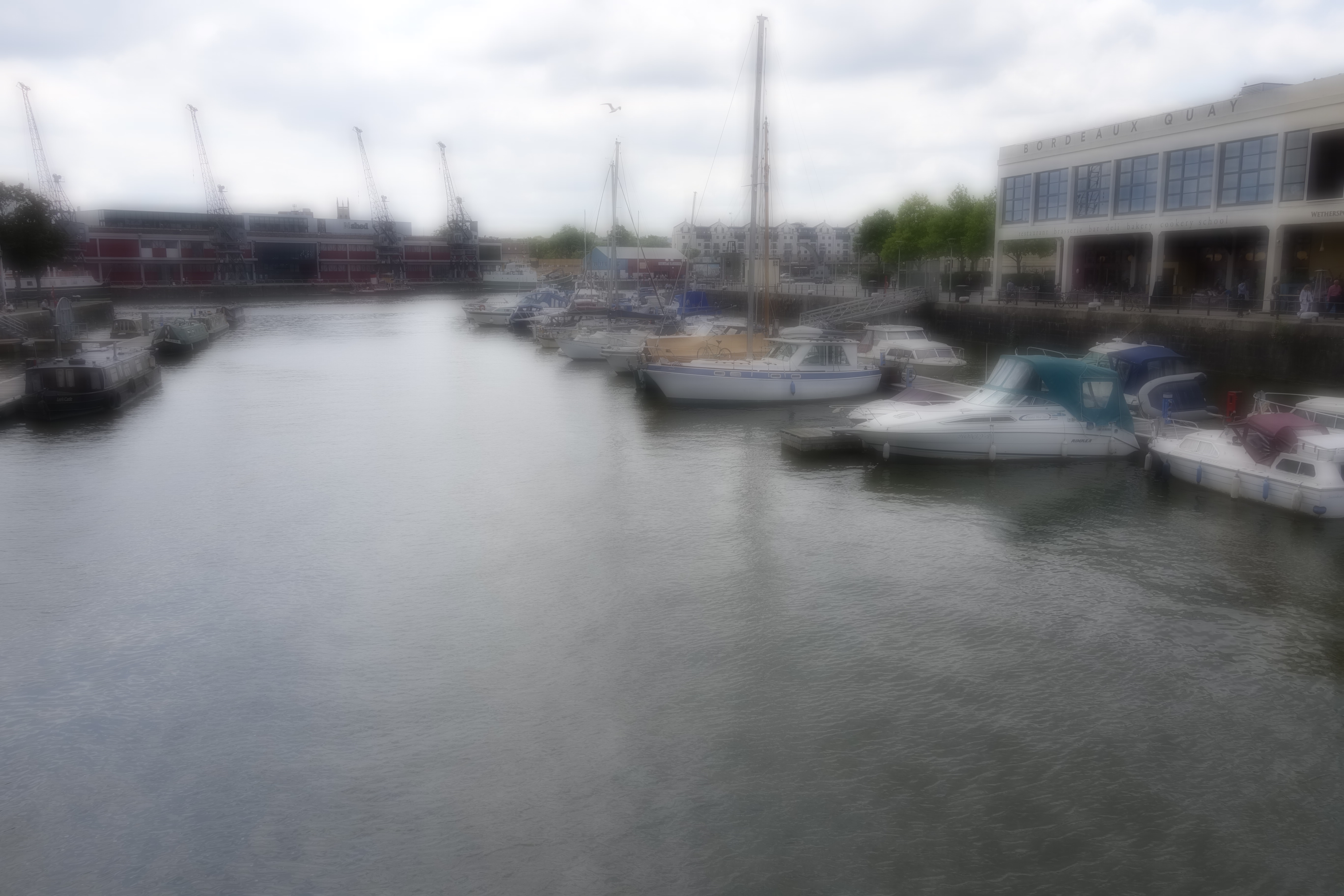
Click here to see the full resolution image
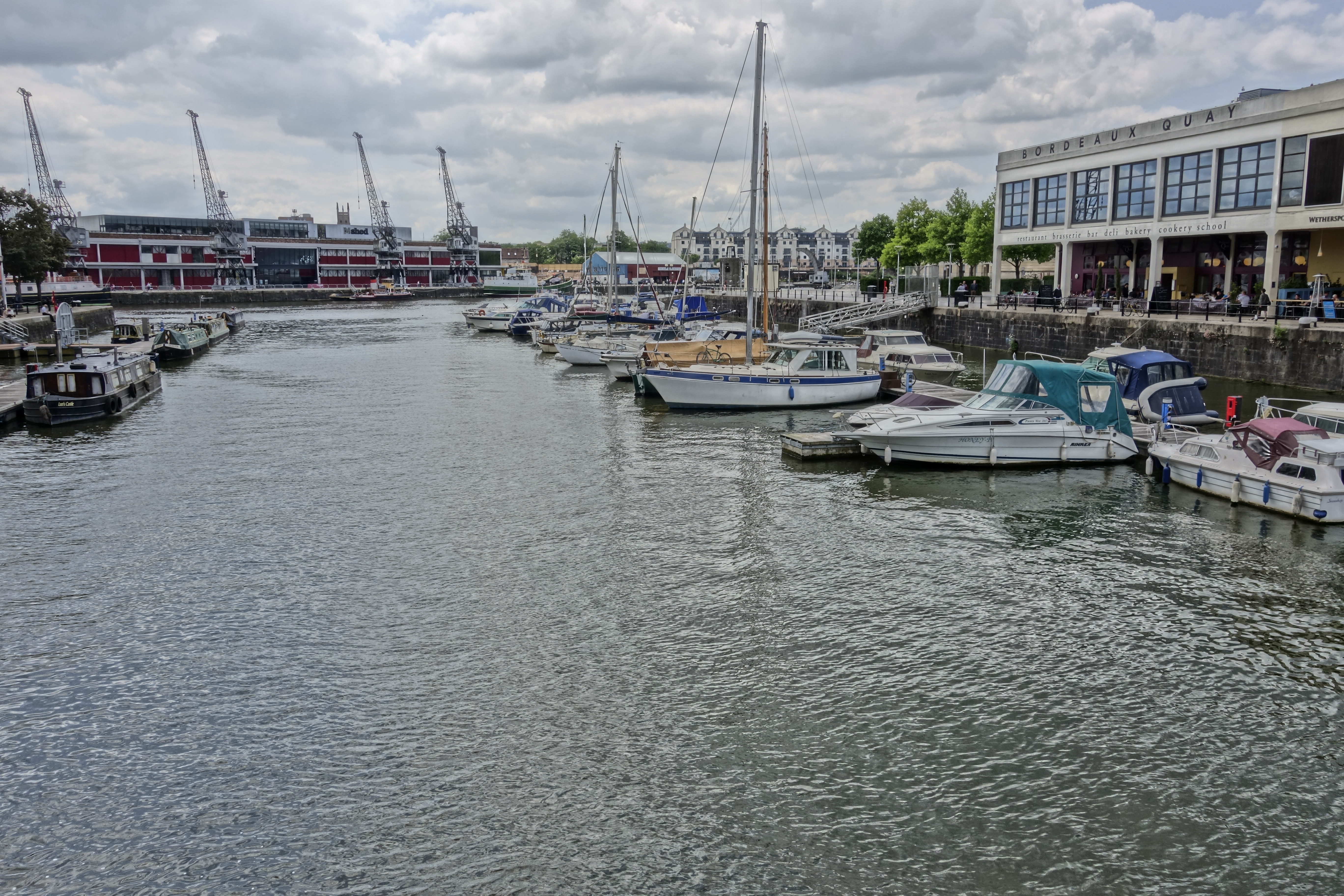
Click here to see the full resolution image

Click here to see the full resolution image
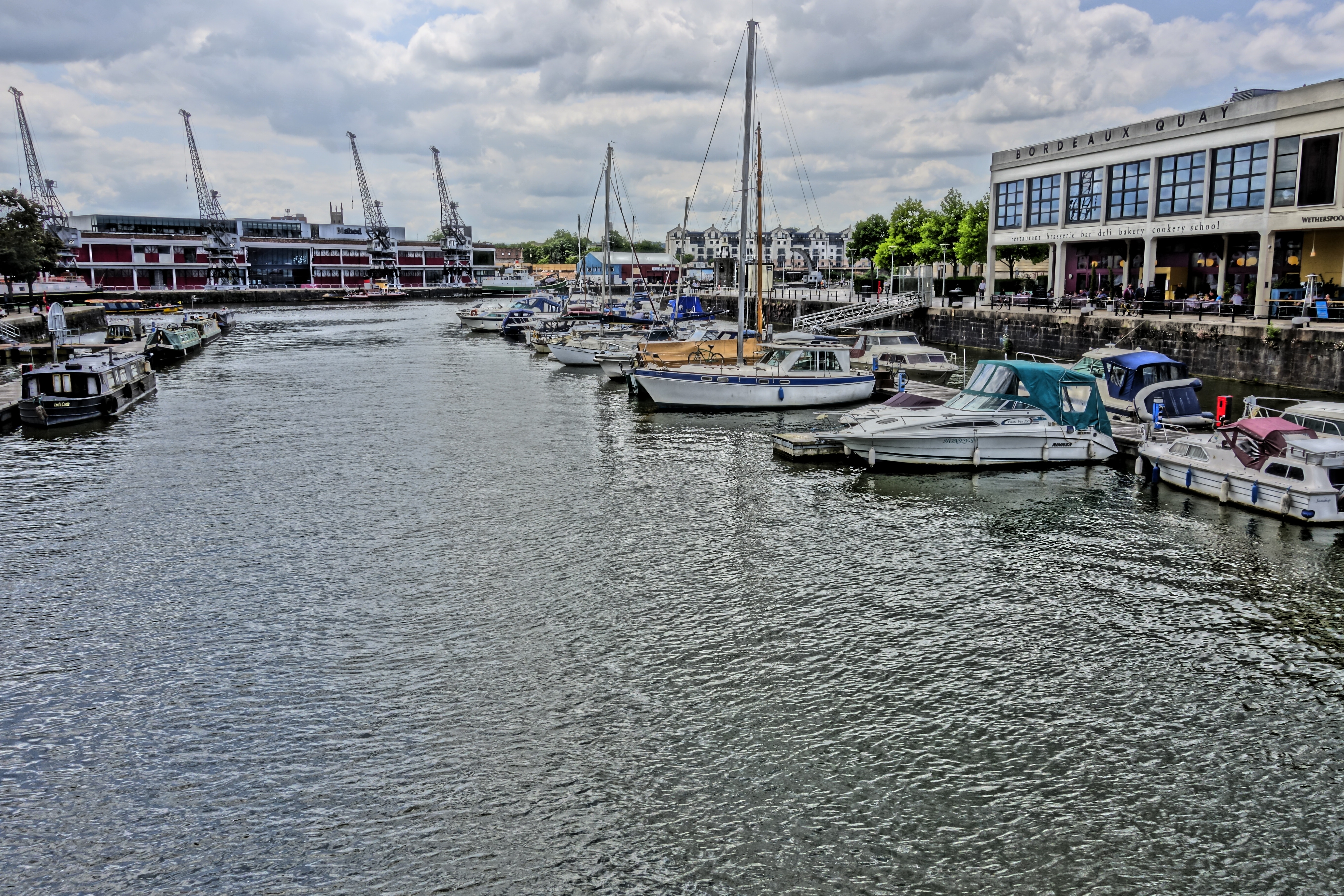
Click here to see the full resolution image

Click here to see the full resolution image
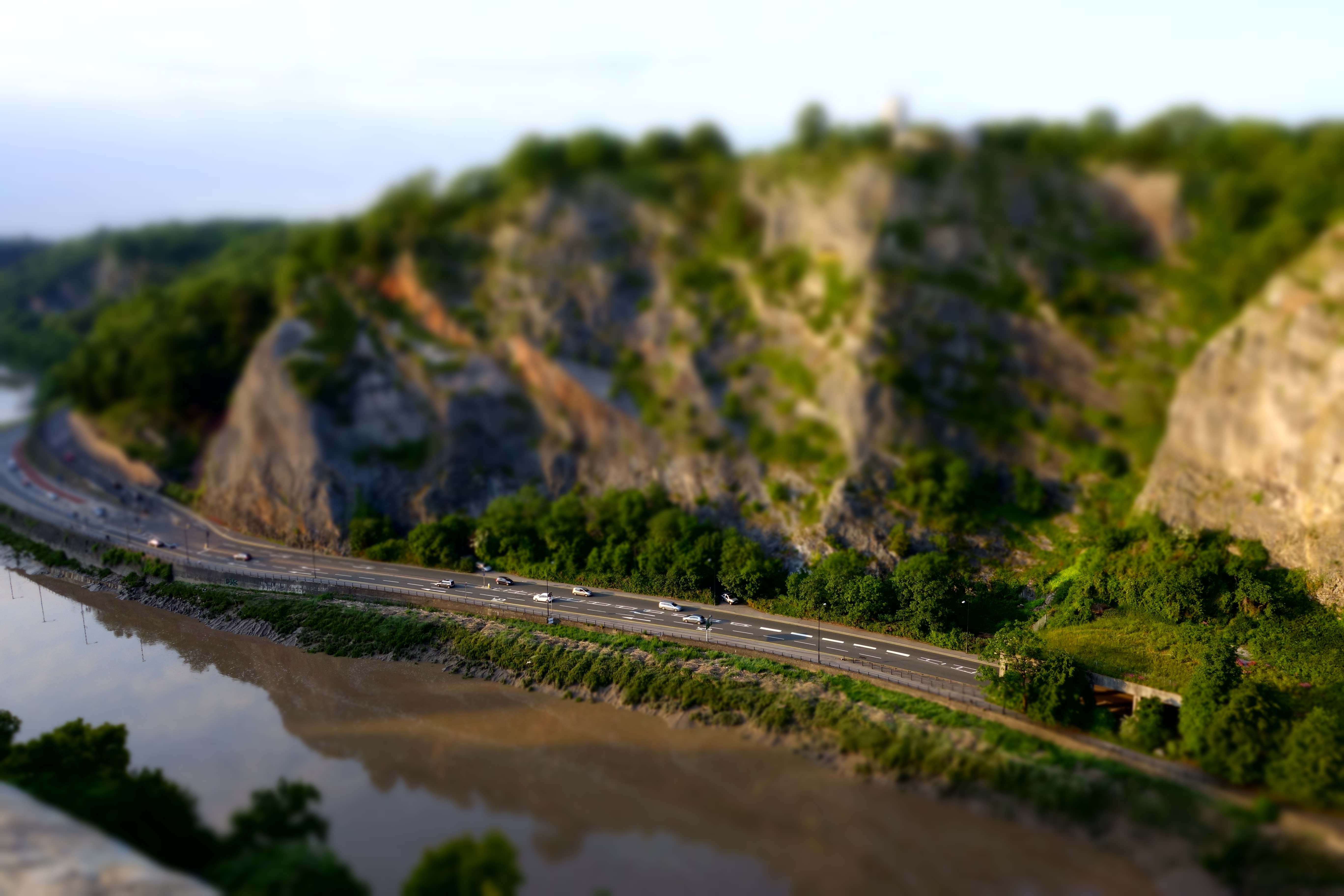
Click here to see the full resolution image

Click here to see the full resolution image
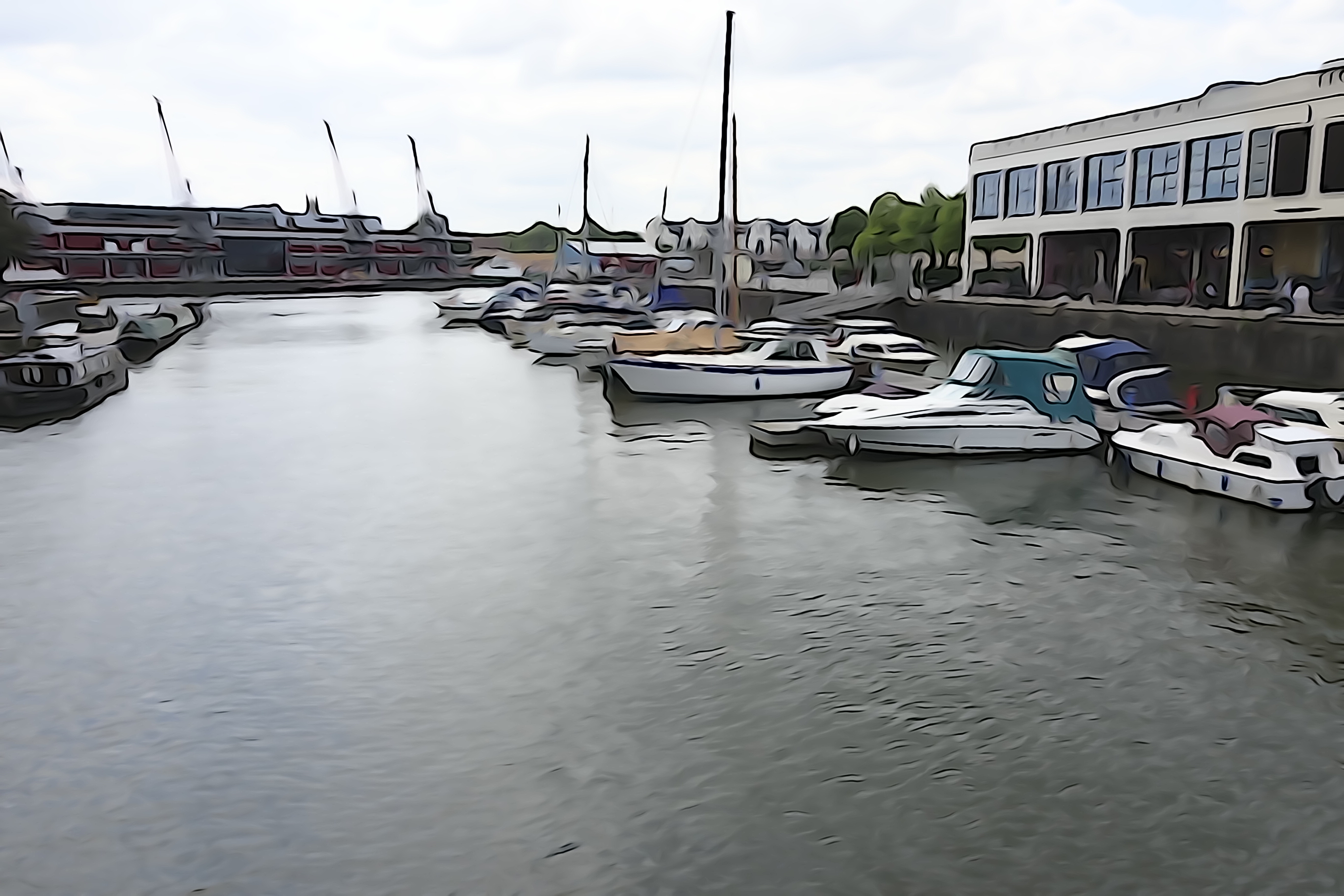
Click here to see the full resolution image
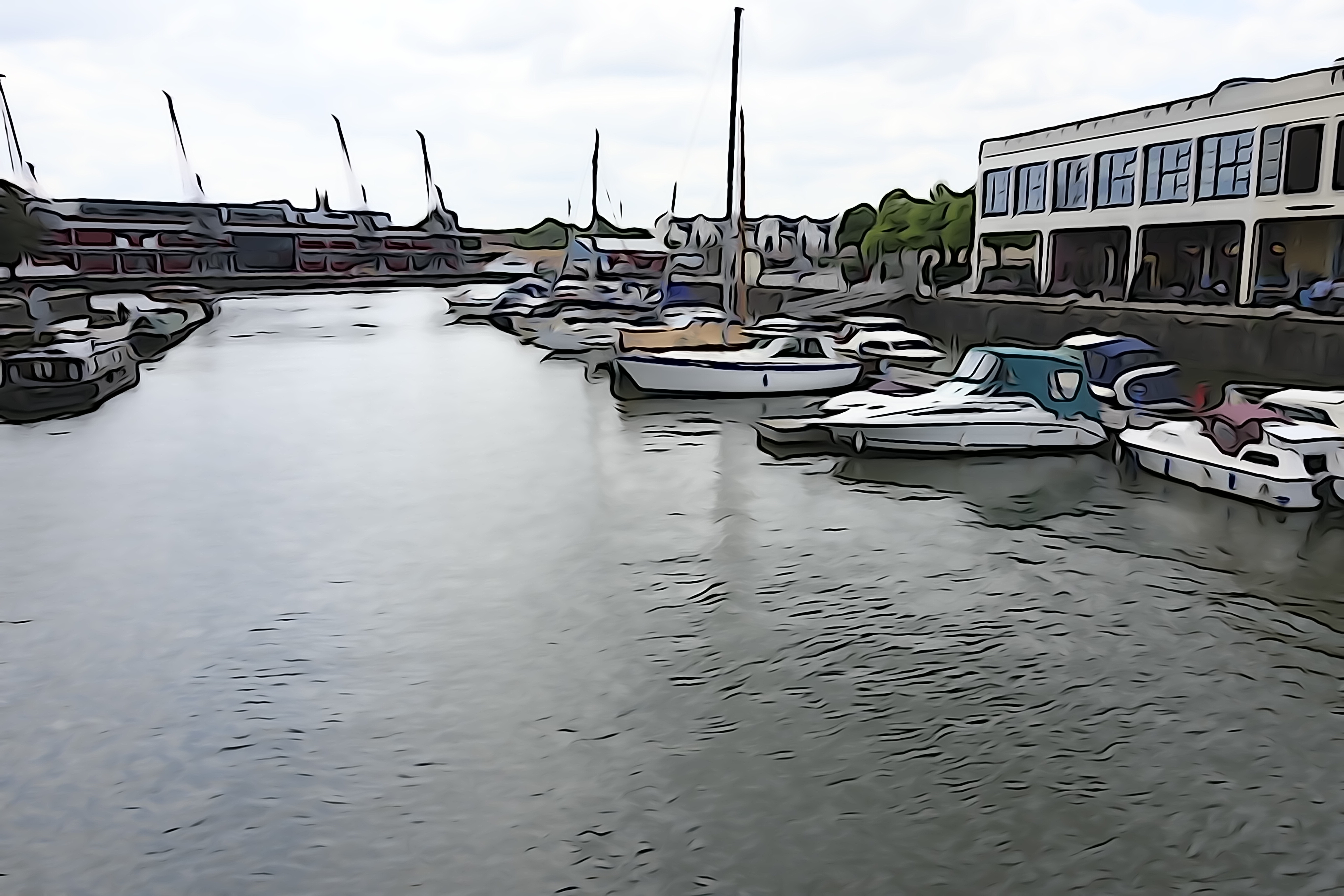
Click here to see the full resolution image
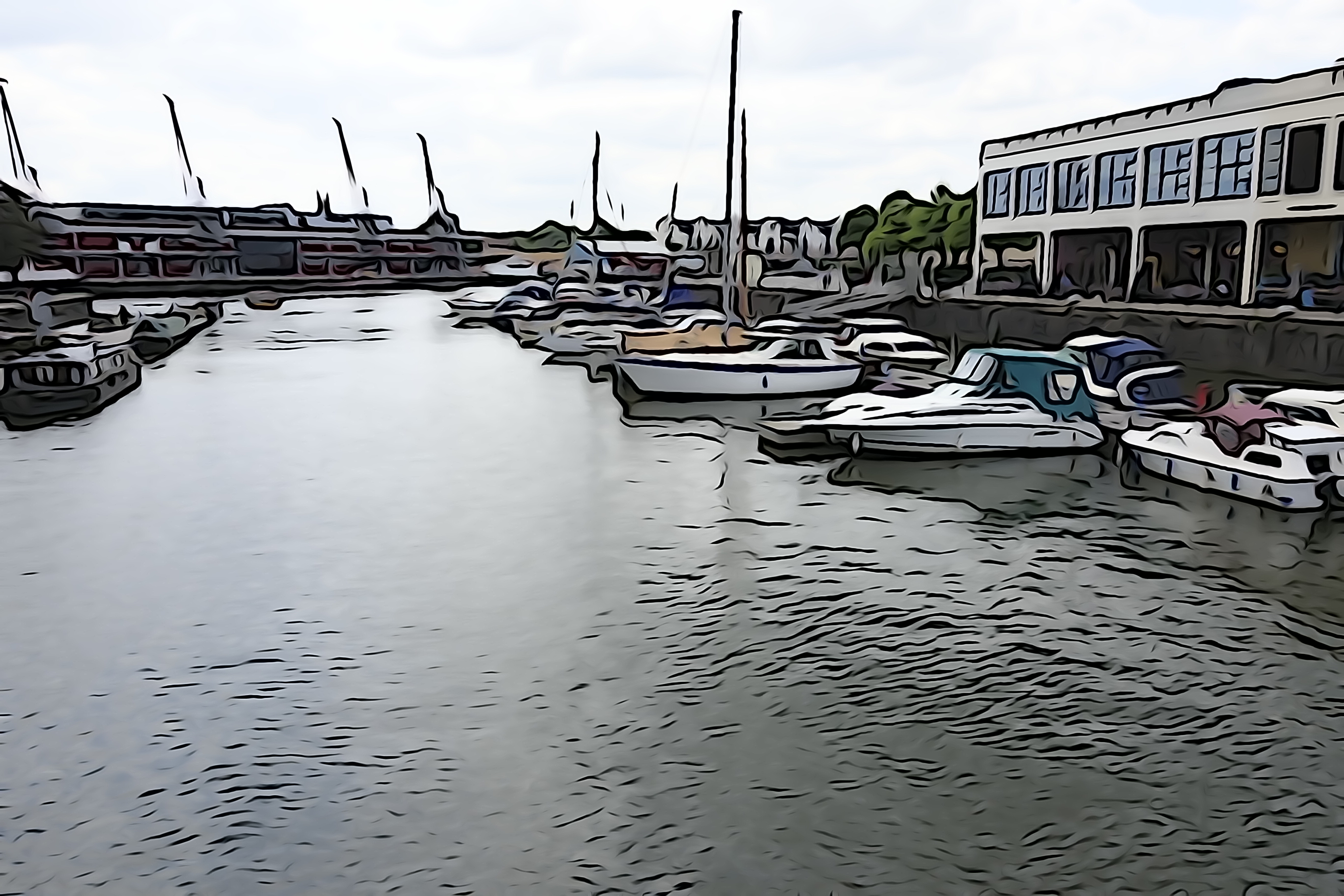
Click here to see the full resolution image
JPEG
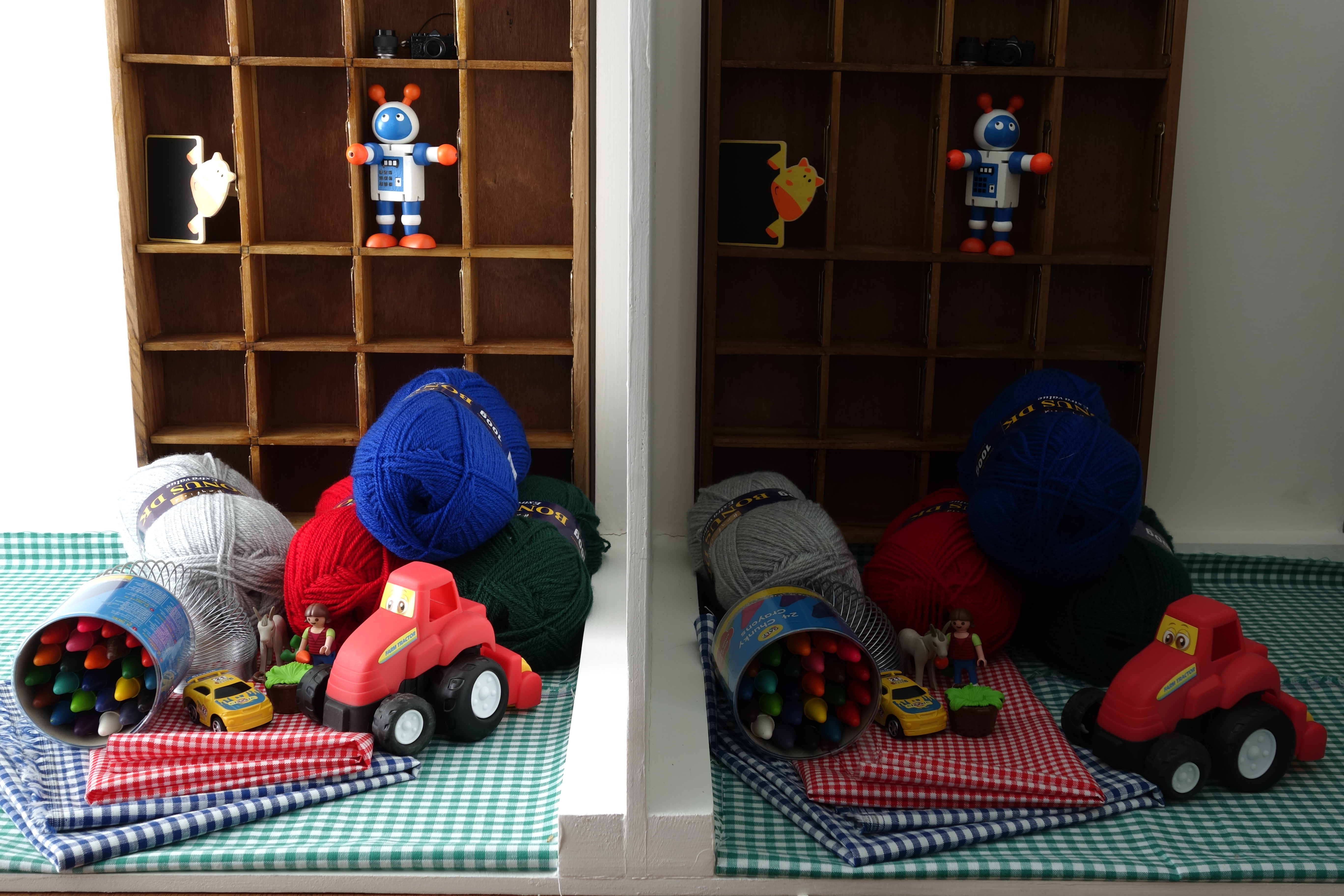
Full ISO 100 image, see the cropped (100%) versions below.
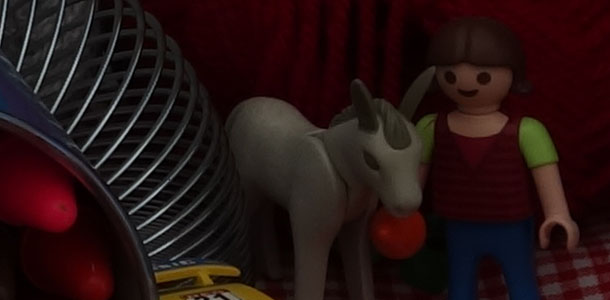
ISO 100 (Click here to see the full resolution image)
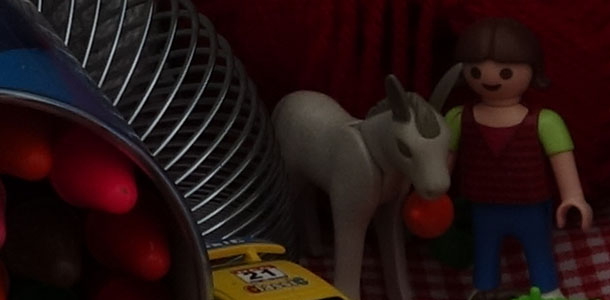
ISO 200 (Click here to see the full resolution image)
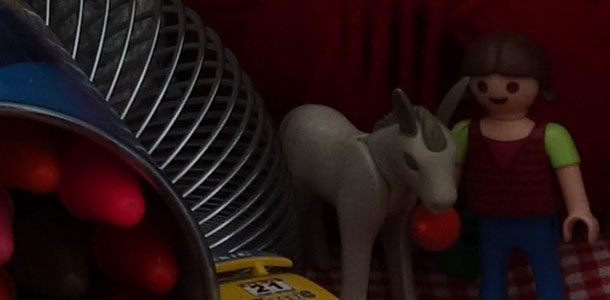
ISO 400 (Click here to see the full resolution image)
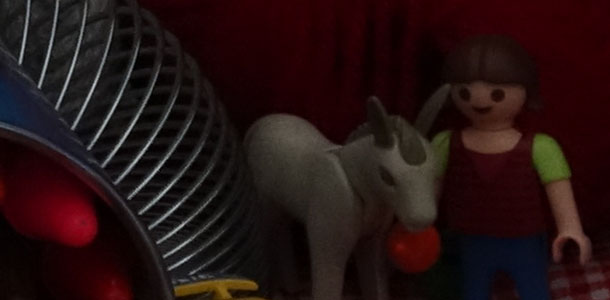
ISO 800 (Click here to see the full resolution image)
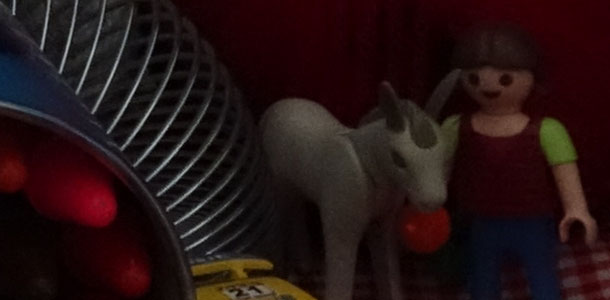
ISO 1600 (Click here to see the full resolution image)

ISO 3200 (Click here to see the full resolution image)
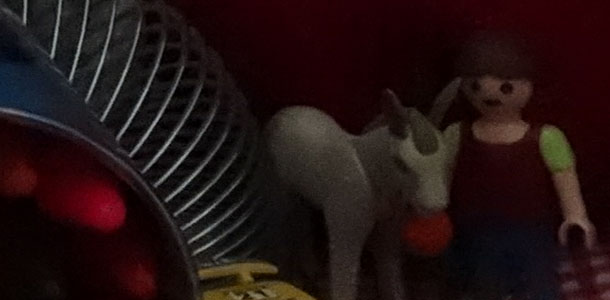
ISO 6400 (Click here to see the full resolution image)

ISO 12800 (Click here to see the full resolution image)
Raw
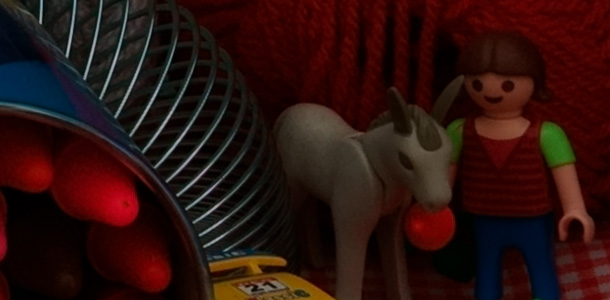
ISO 100 (Click here to see the full resolution image)
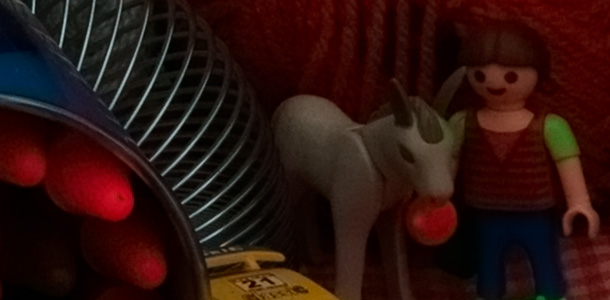
ISO 200 (Click here to see the full resolution image)
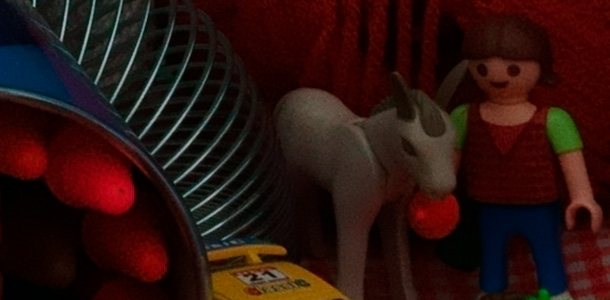
ISO 400 (Click here to see the full resolution image)
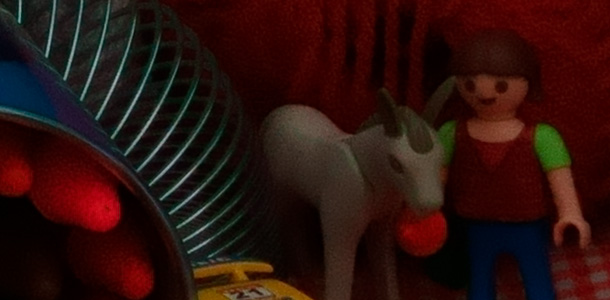
ISO 800 (Click here to see the full resolution image)
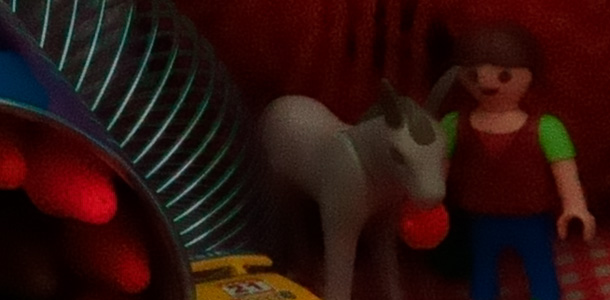
ISO 1600 (Click here to see the full resolution image)
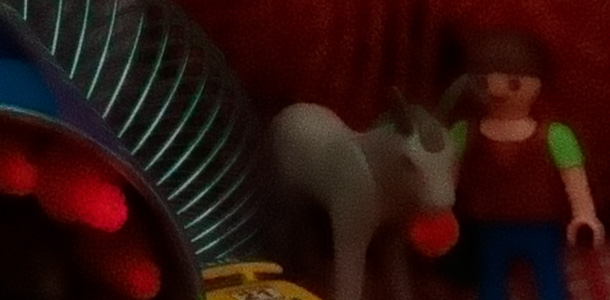
ISO 3200 (Click here to see the full resolution image)
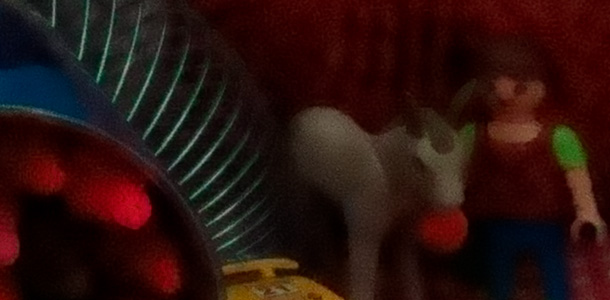
ISO 6400 (Click here to see the full resolution image)
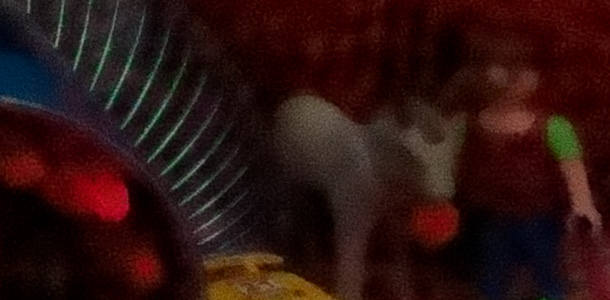
ISO 12800 (Click here to see the full resolution image)
The upgrades to the existing Sony RX100 are significant enough to warrant a new version of this very popular and well liked camera. It seems that Sony has been listening to existing users and the market when thinking about what to include on the latest version – and that’s no bad thing.
We were excited to test out the Sony RX100 Mark II’s new backlit sensor, and both our labs results and real-world samples indicate that Sony has made some significant improvements to the performance of the sensor, making it an incredibly useful camera to use in low light. While it can’t compete with those cameras that have a larger sensor, such as the Fuji X100S or the Nikon Coolpix A, it is also much more pocket friendly, has a zoom lens and is cheaper.
Images are bright and crisp, packing plenty of detail and saturation without being overly vibrant. This is something we saw in the original Sony RX100, so we’re pleased to see it continue here on the Sony RX100 Mark II.
Some of the problems we had with the original Sony RX100 haven’t been addressed, such as the camera’s inability to shoot digital filters in raw format, but this is a relatively minor complaint compared with the noticeable improvements that have been made.
While we’re a little disappointed to still not have a touchscreen, the fact that it tilts up and down is a significant improvement that thankfully doesn’t add too much bulk.
We’re also pleased to see the addition of a hotshoe for adding accessories should you wish to do so. This is a premium compact camera without a viewfinder, like the Panasonic LF1 or Canon G15, but you could always add one at a later date if you found you were really missing one.
The addition of Wi-Fi and NFC is also a welcome one, all we need now is for phone and tablet manufacturers to start including NFC as standard (we’re looking at you, Apple) and we can see this kind of technology becoming incredibly popular.
We liked
There’s plenty to like about the Sony RX100 Mark II, from its small, pocketable size to its excellent image quality. We’re most pleased about the improvement to low light performance, which is significantly better than its predecessor, thanks to that new backlit sensor.
We disliked
Putting aside our disappointment about there still not being a touchscreen, we’re still a little bugged by the functions that can’t be shot in raw format, leading to some pretty tedious menu diving. Still, if you predominantly shoot in JPEG only, this shouldn’t be too much of an issue for you.
Final verdict
The biggest bugbear at the moment is the Sony RX100 Mark II's price, which will hopefully come down in due course. As it stands, it seems like a good idea for Sony to continue to market both versions of the camera at the same time, the original Sony RX100 available now for an excellent price for the feature set.
We tipped the original Sony RX100 as the best compact camera of its class available on the market today. That is, a premium compact camera with a smaller than APS-C sized sensor. With a raft of welcome improvements, it's fair to say that the Sony RX100 Mark II steals that crown now, making it incredibly worthy of your lust.